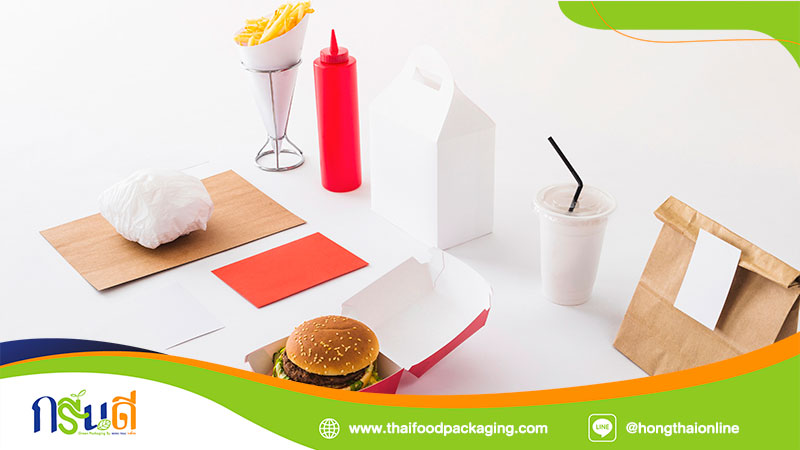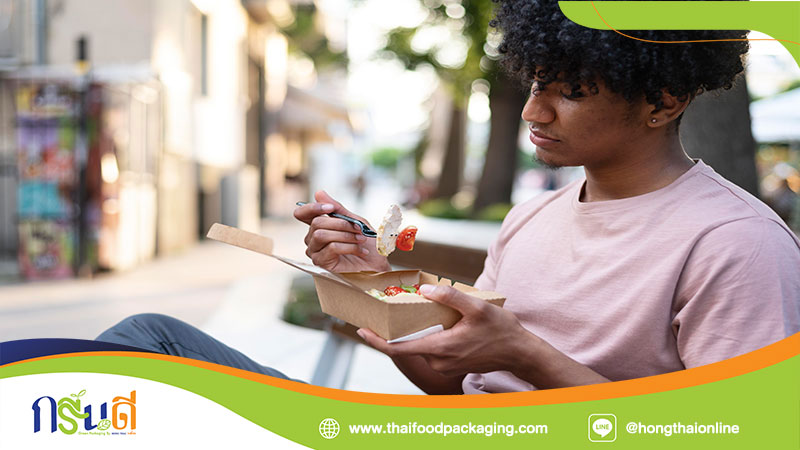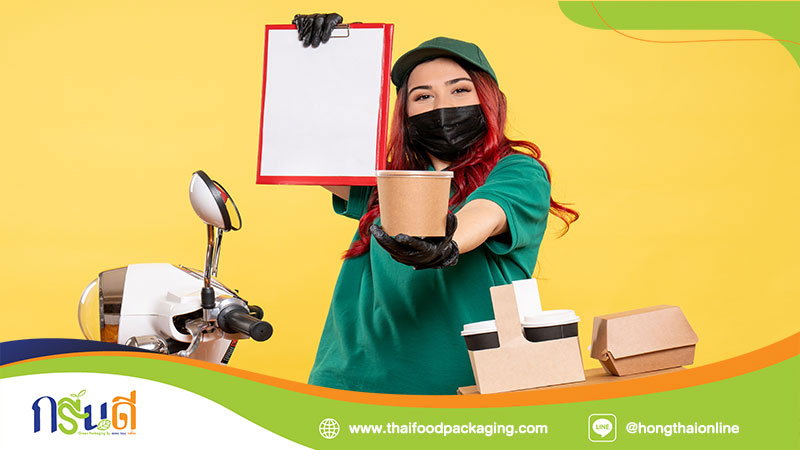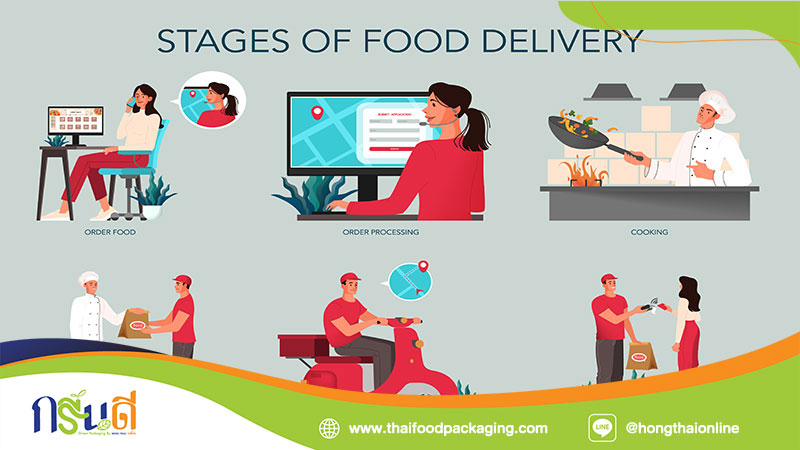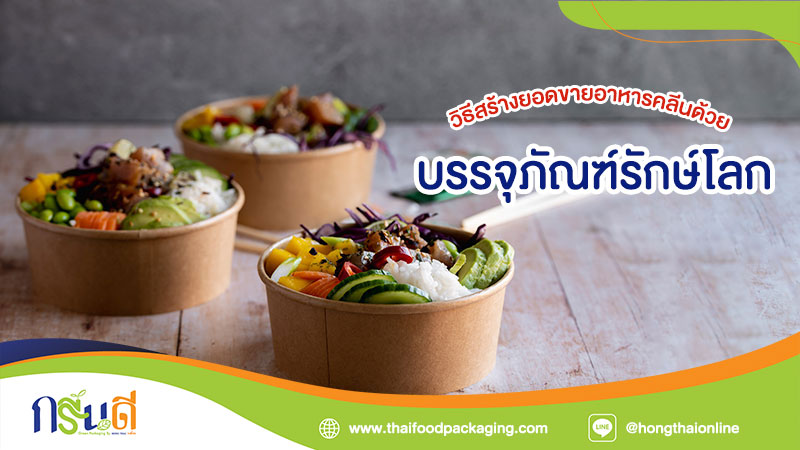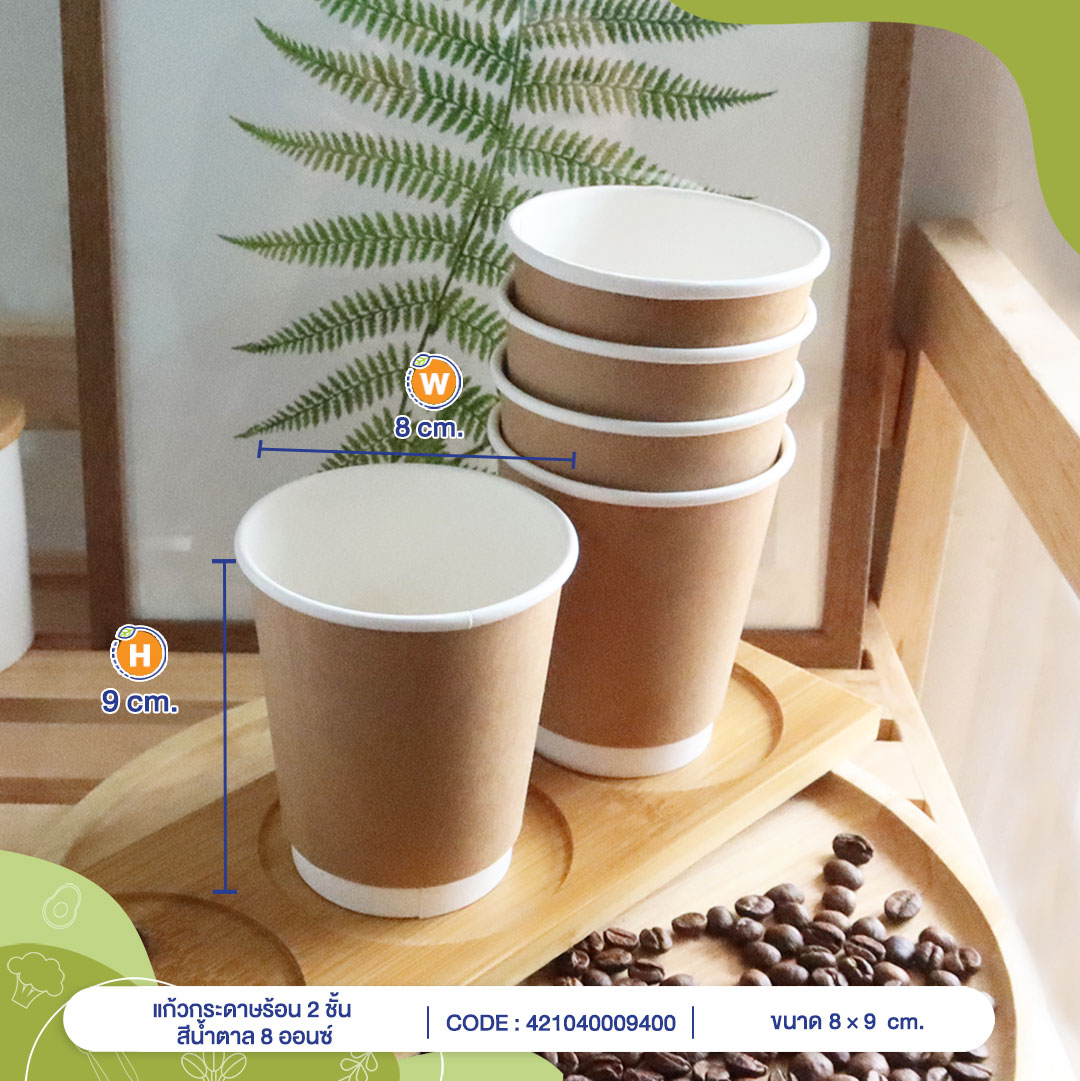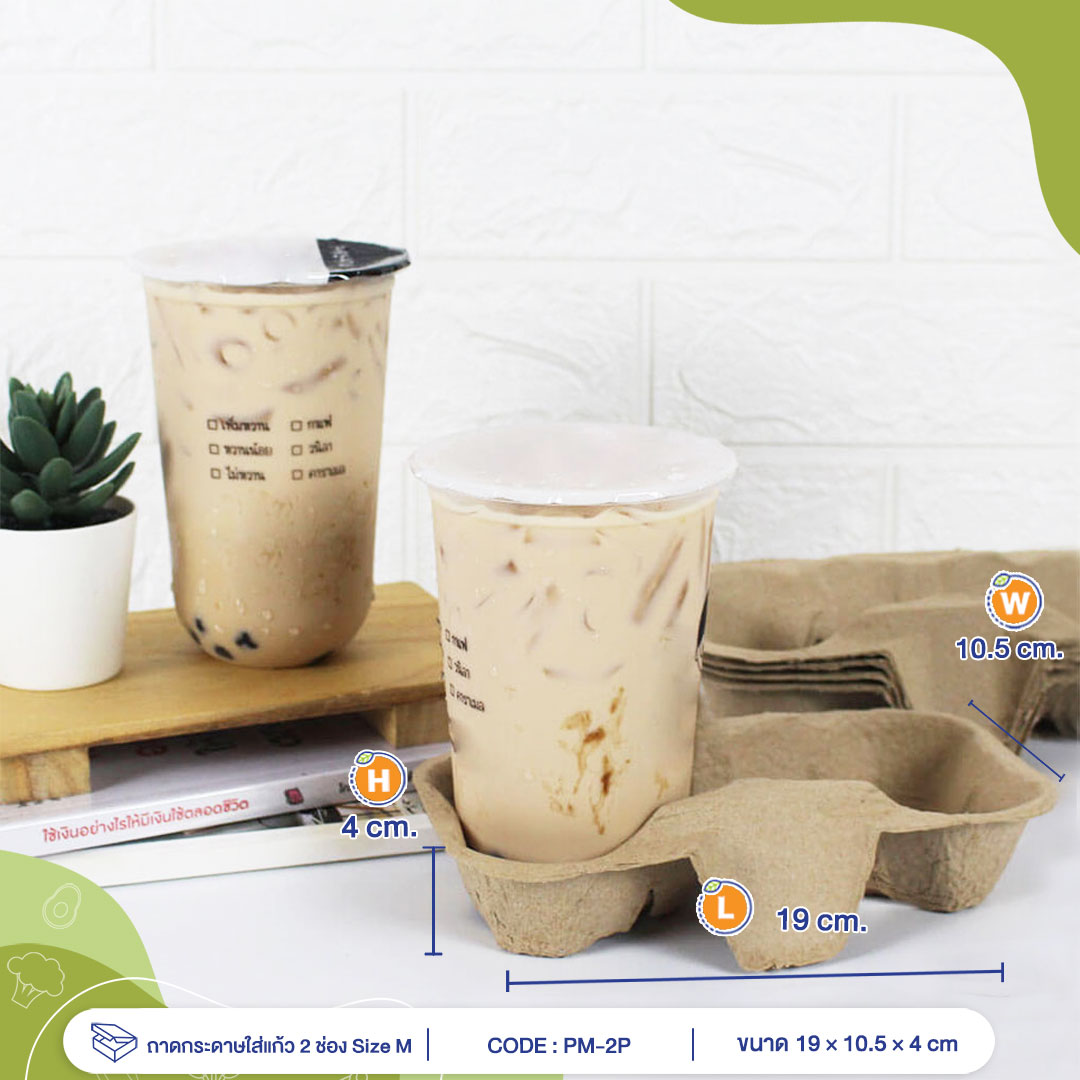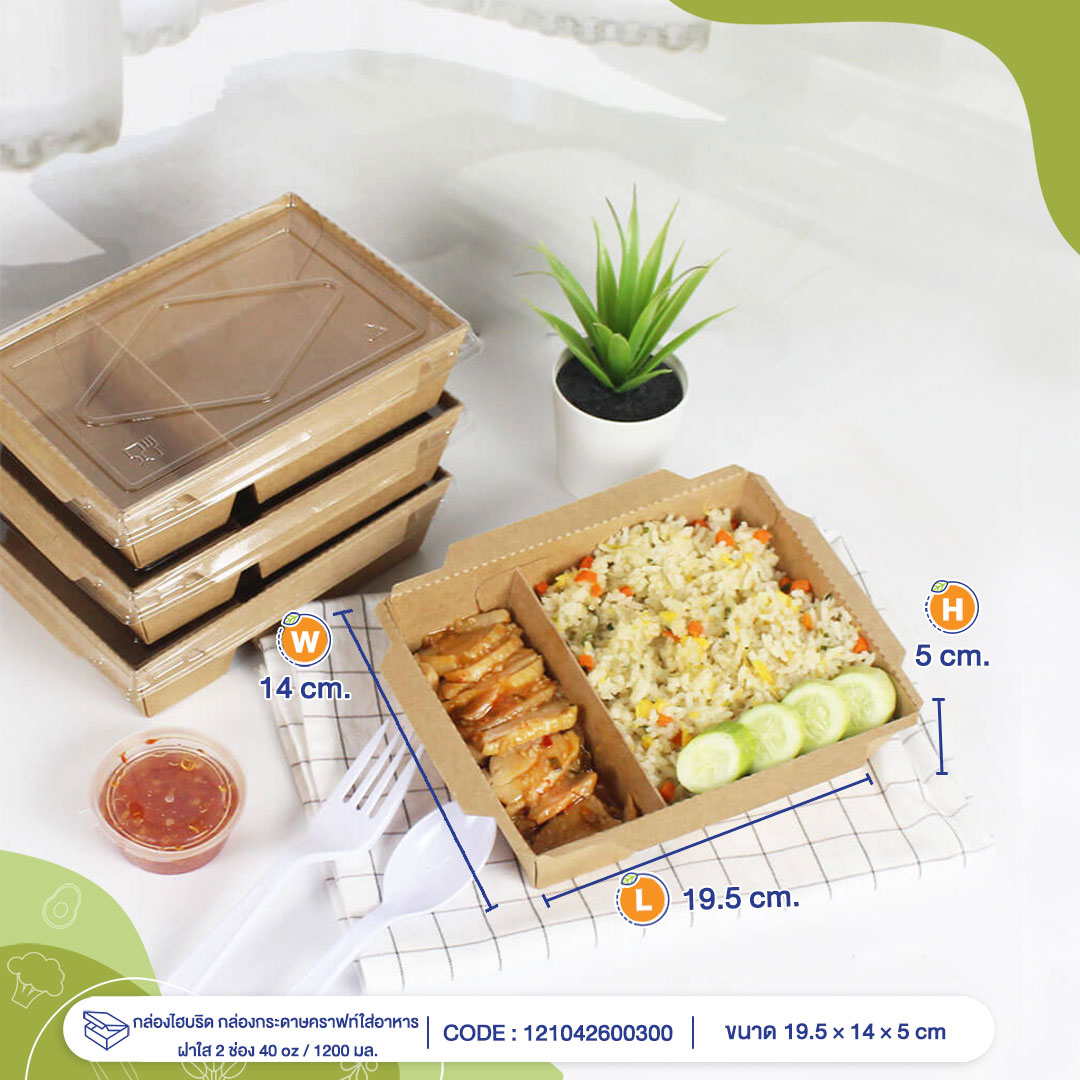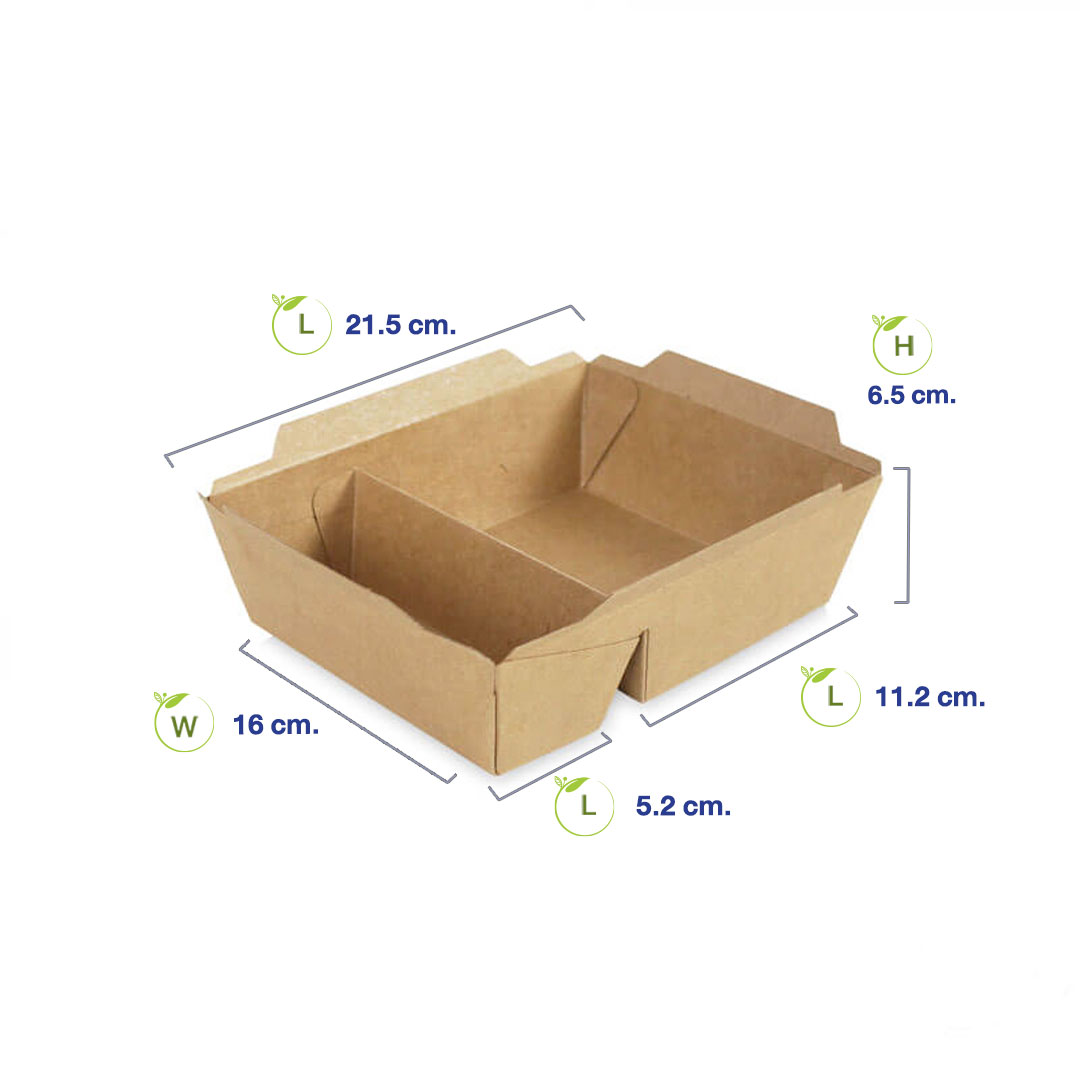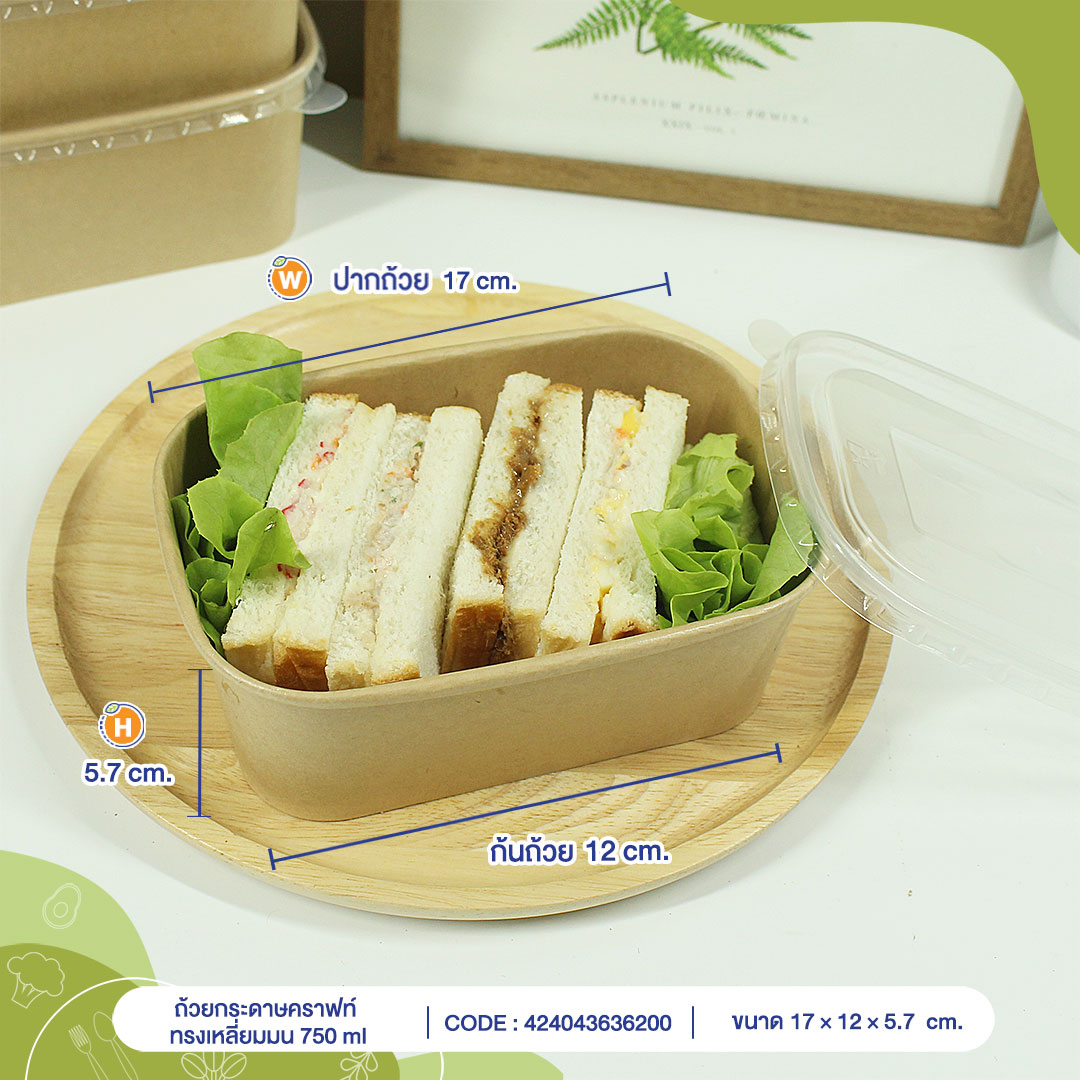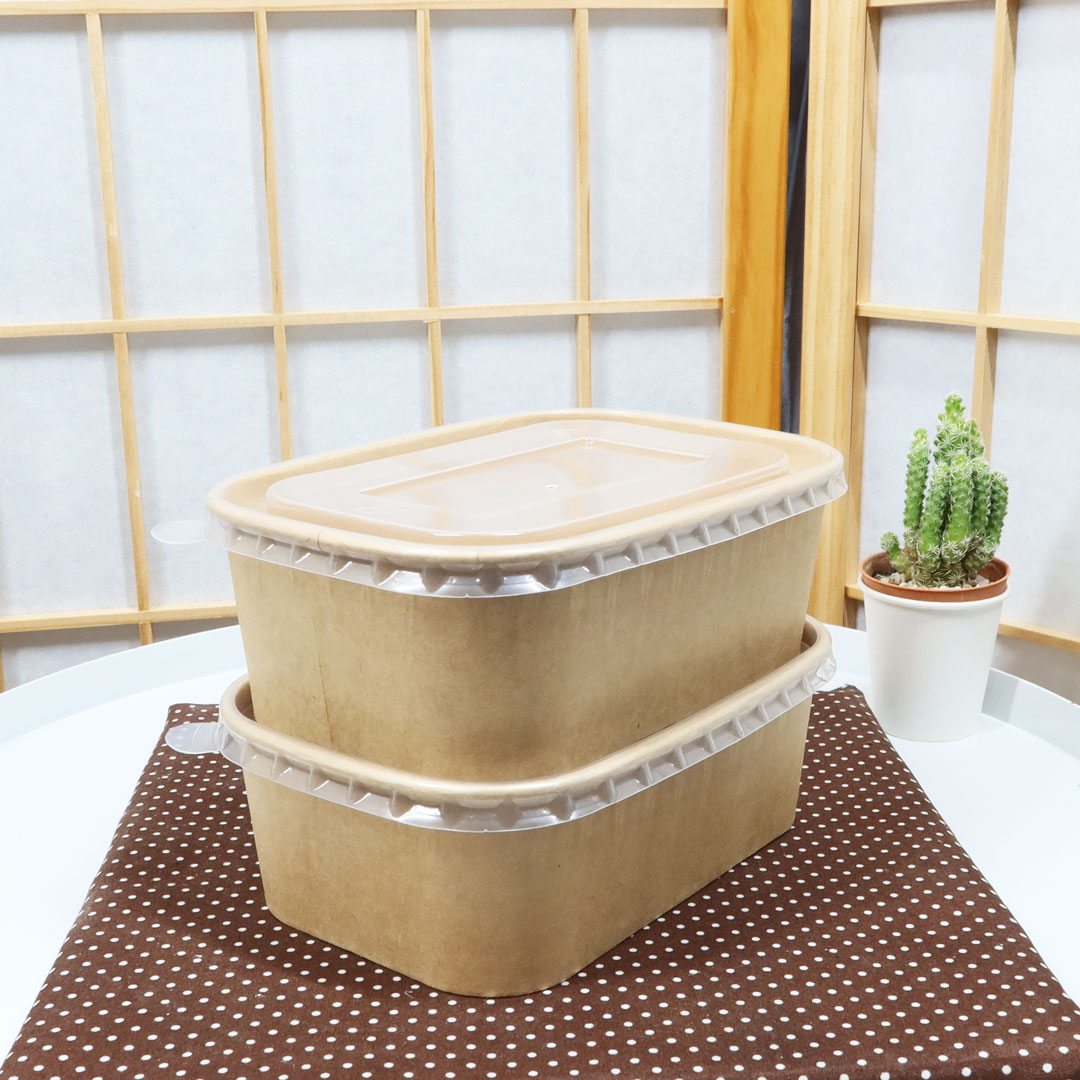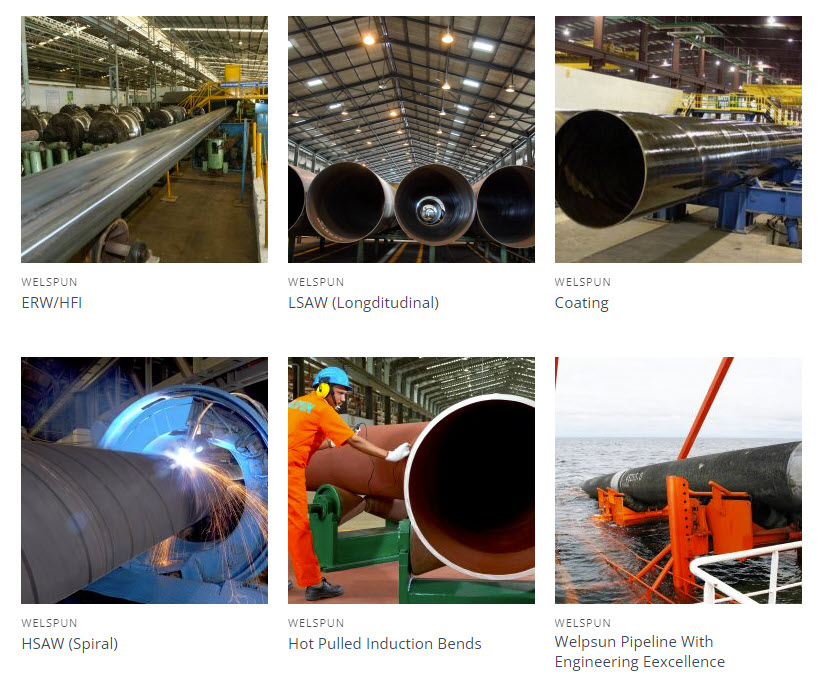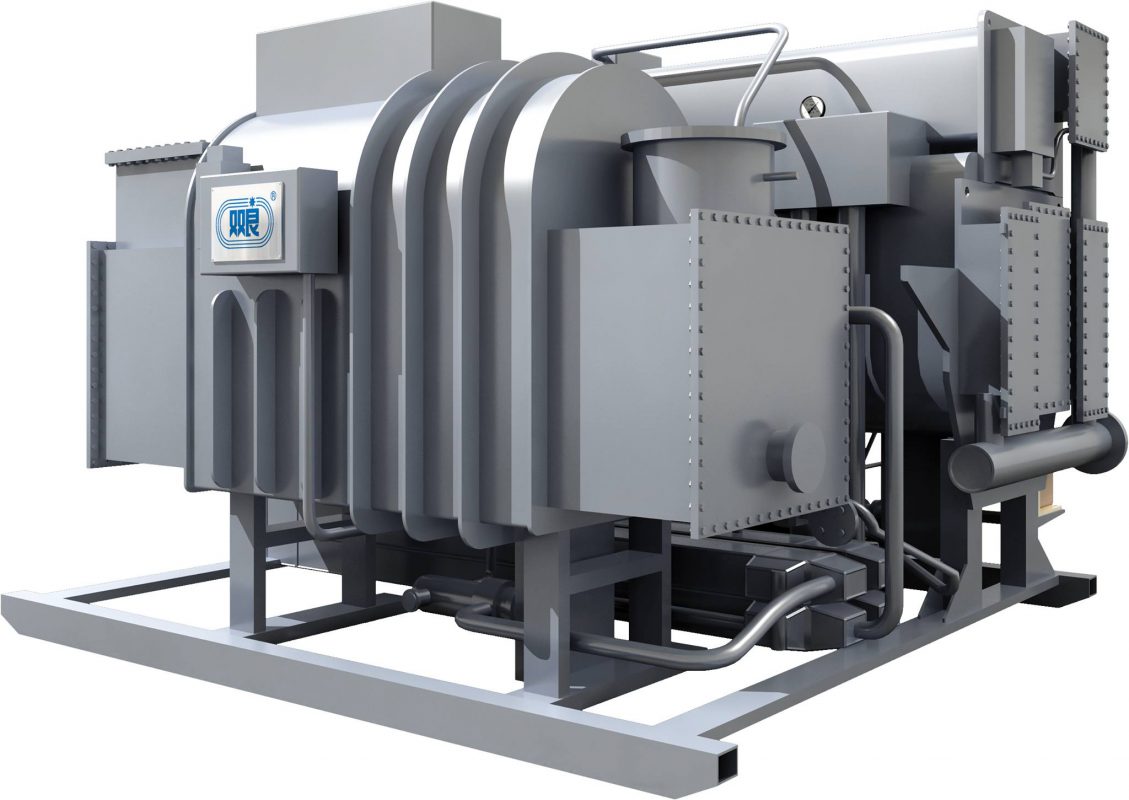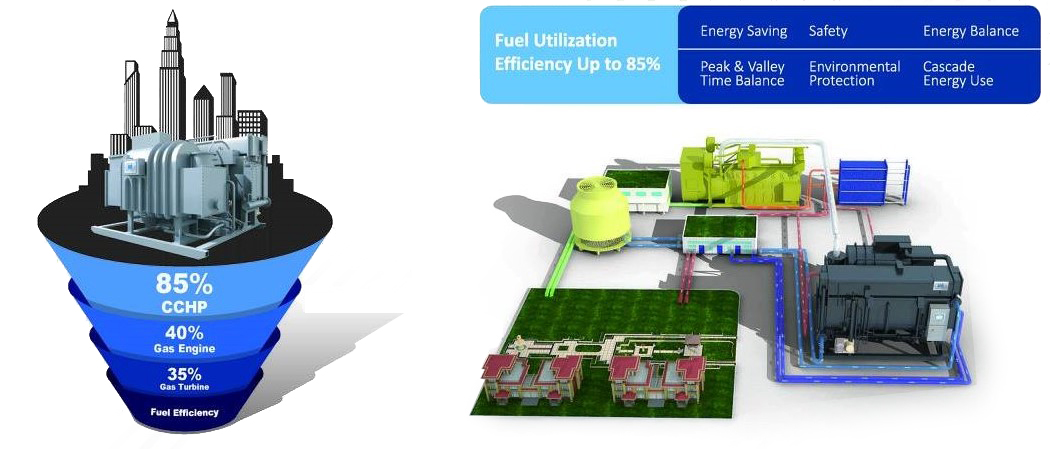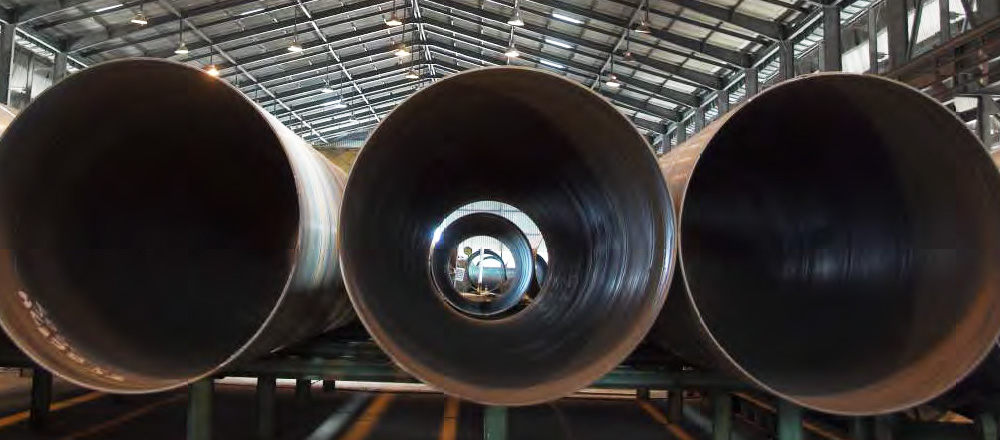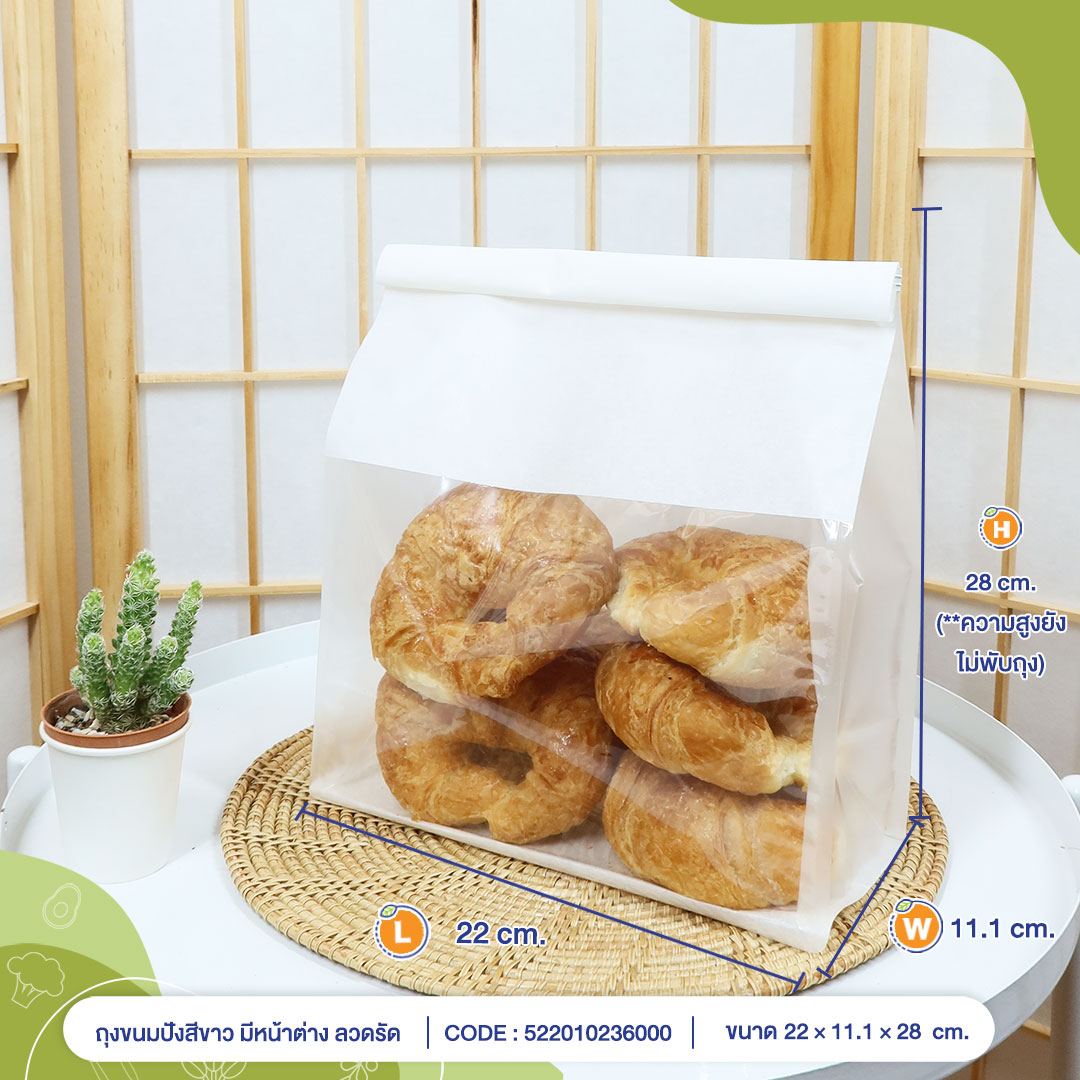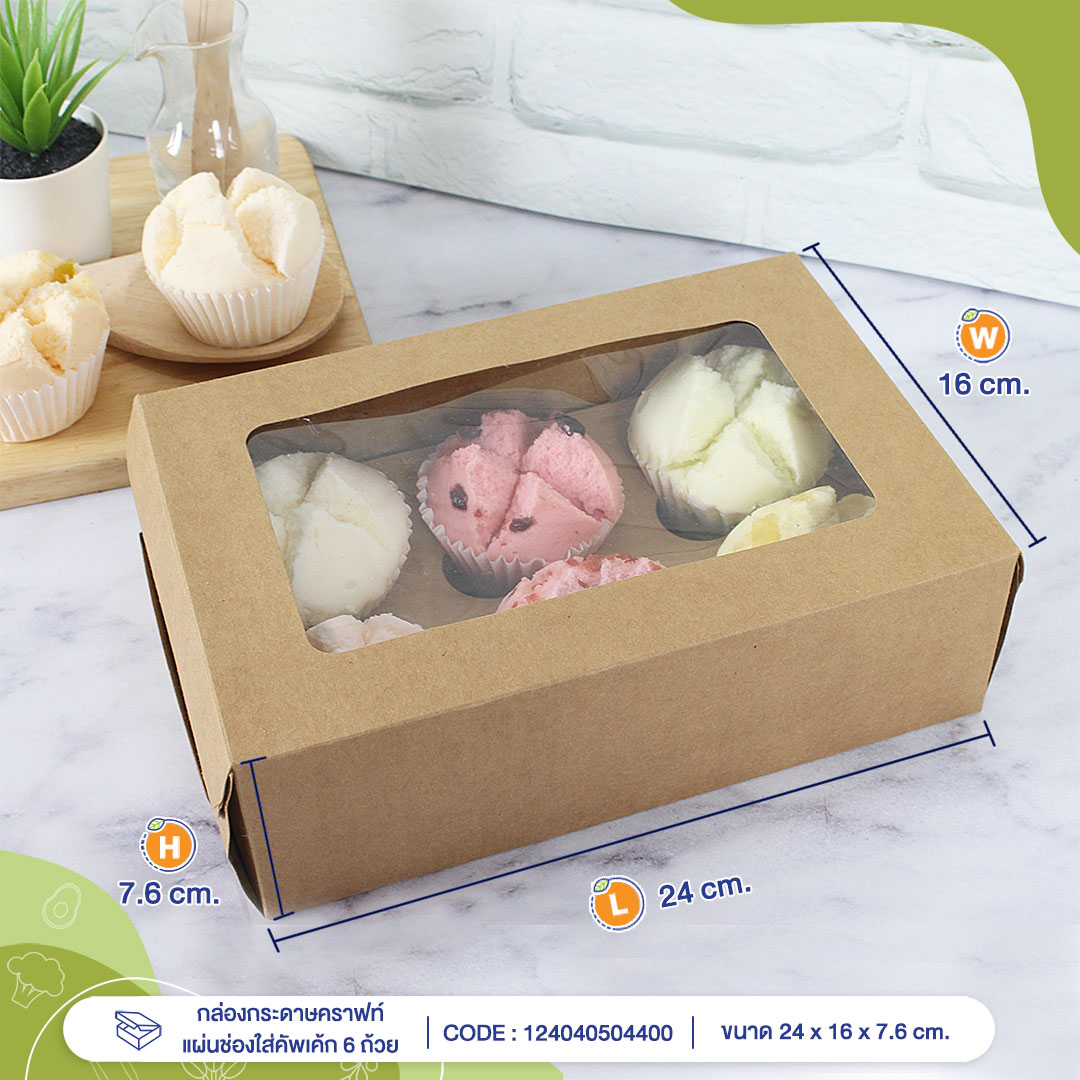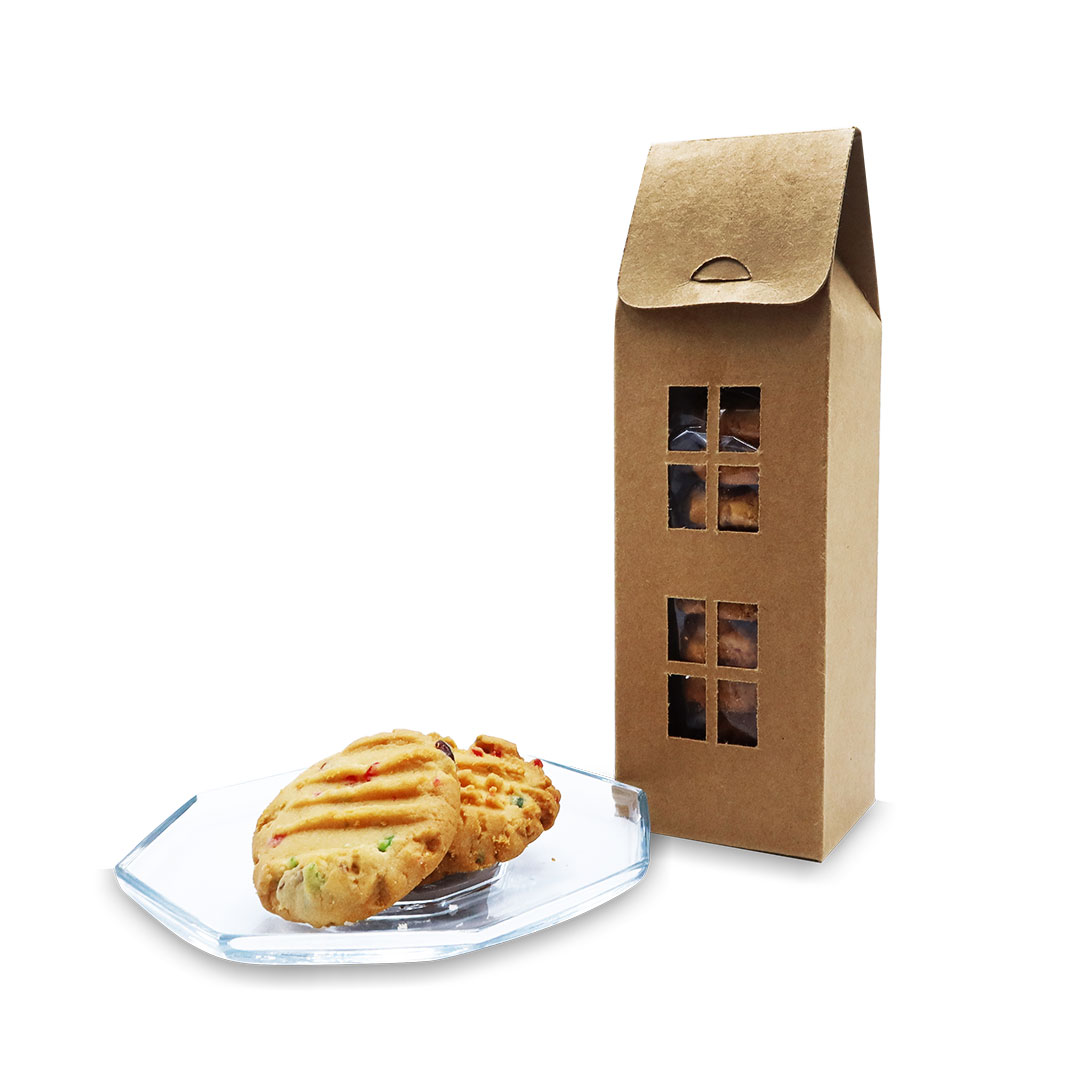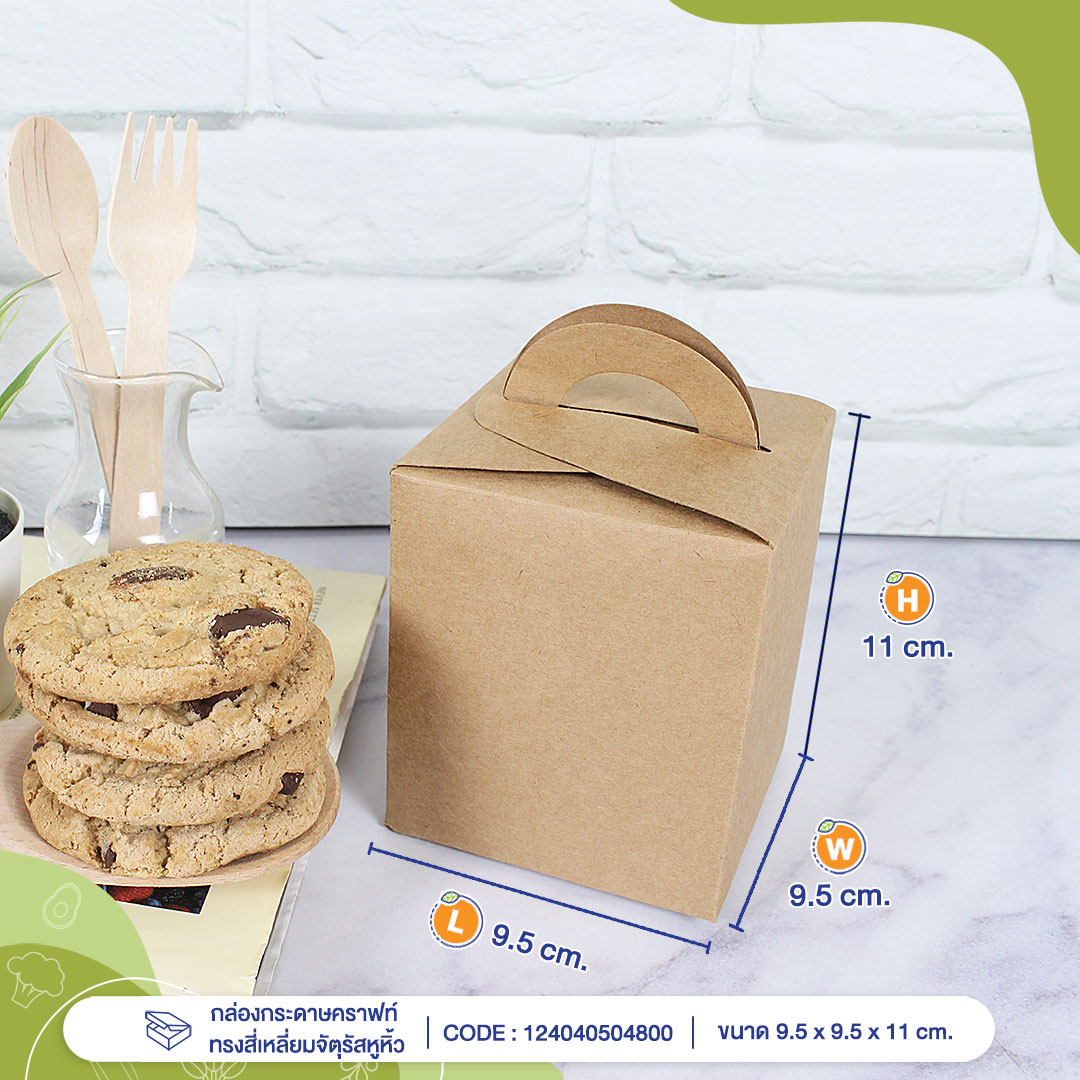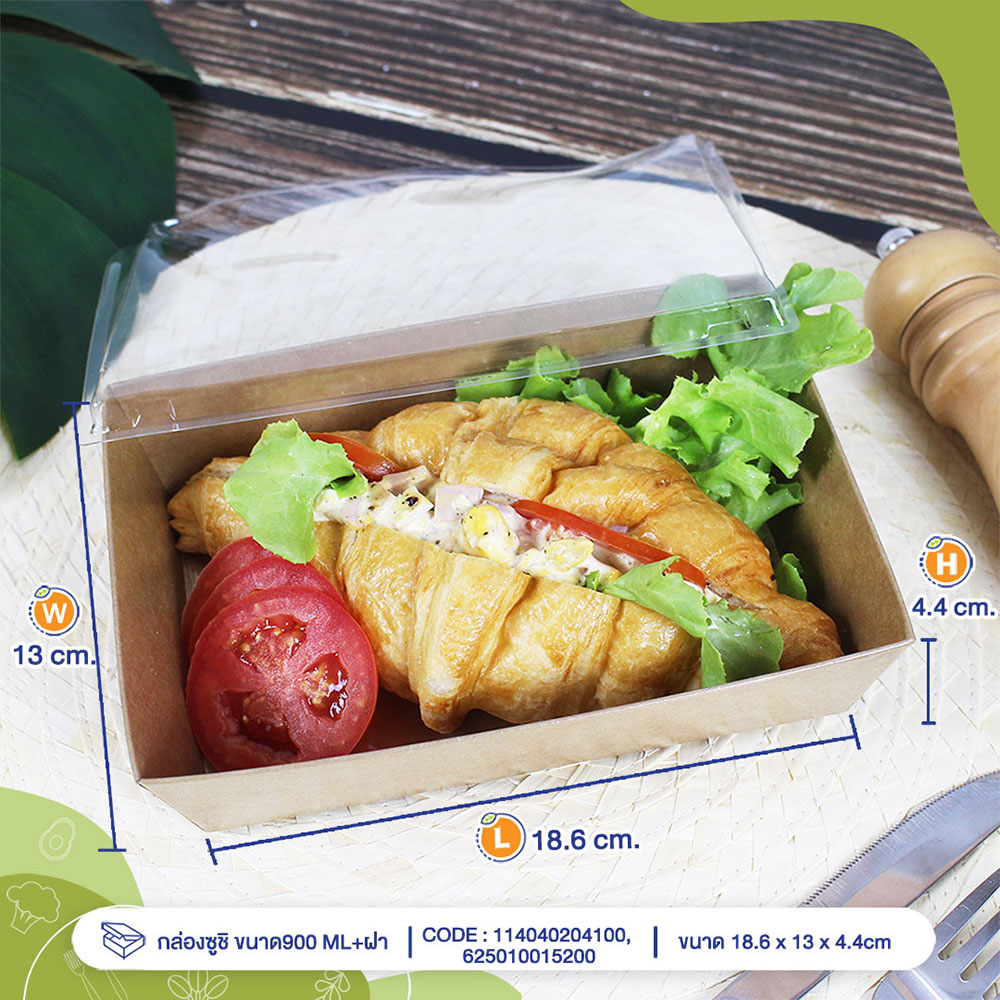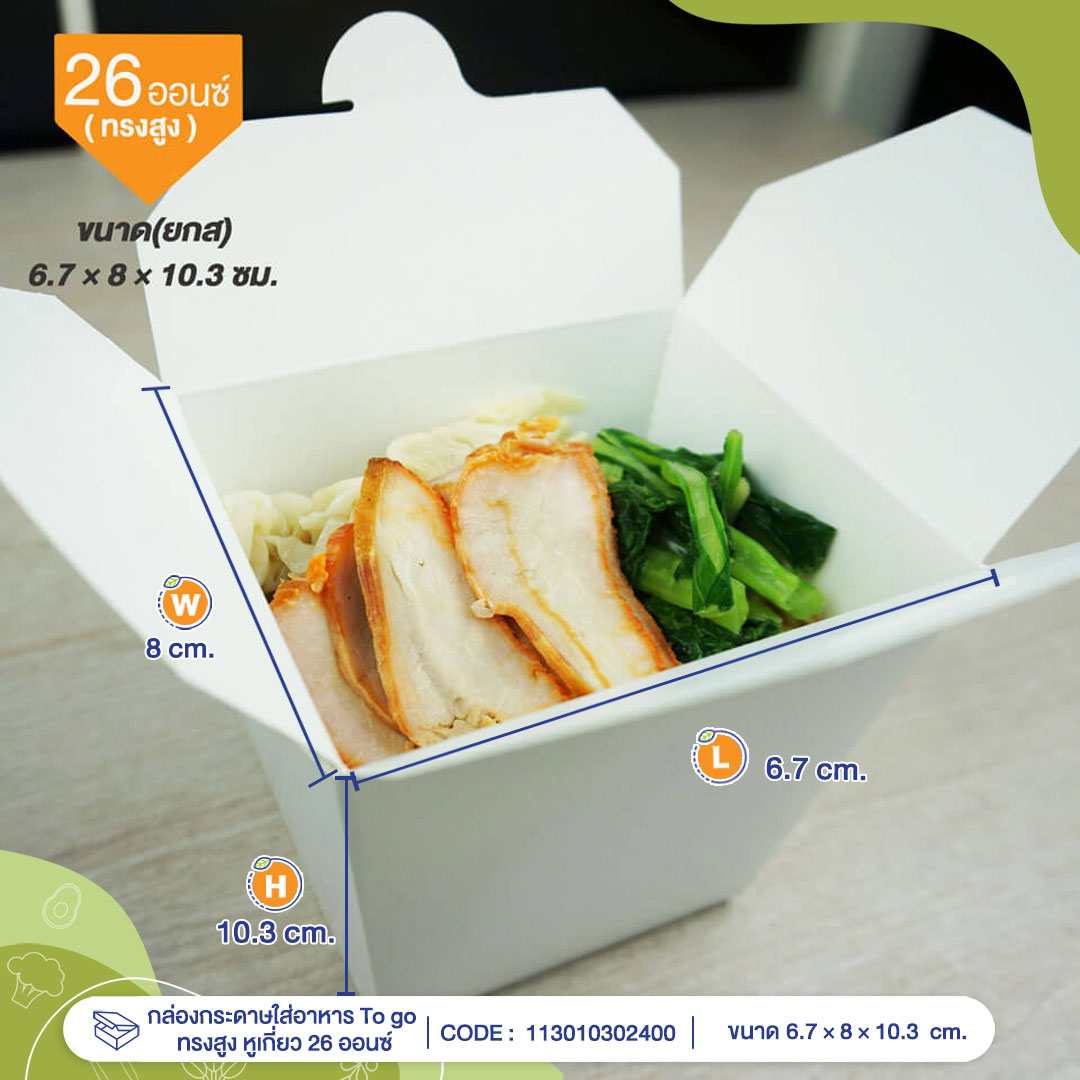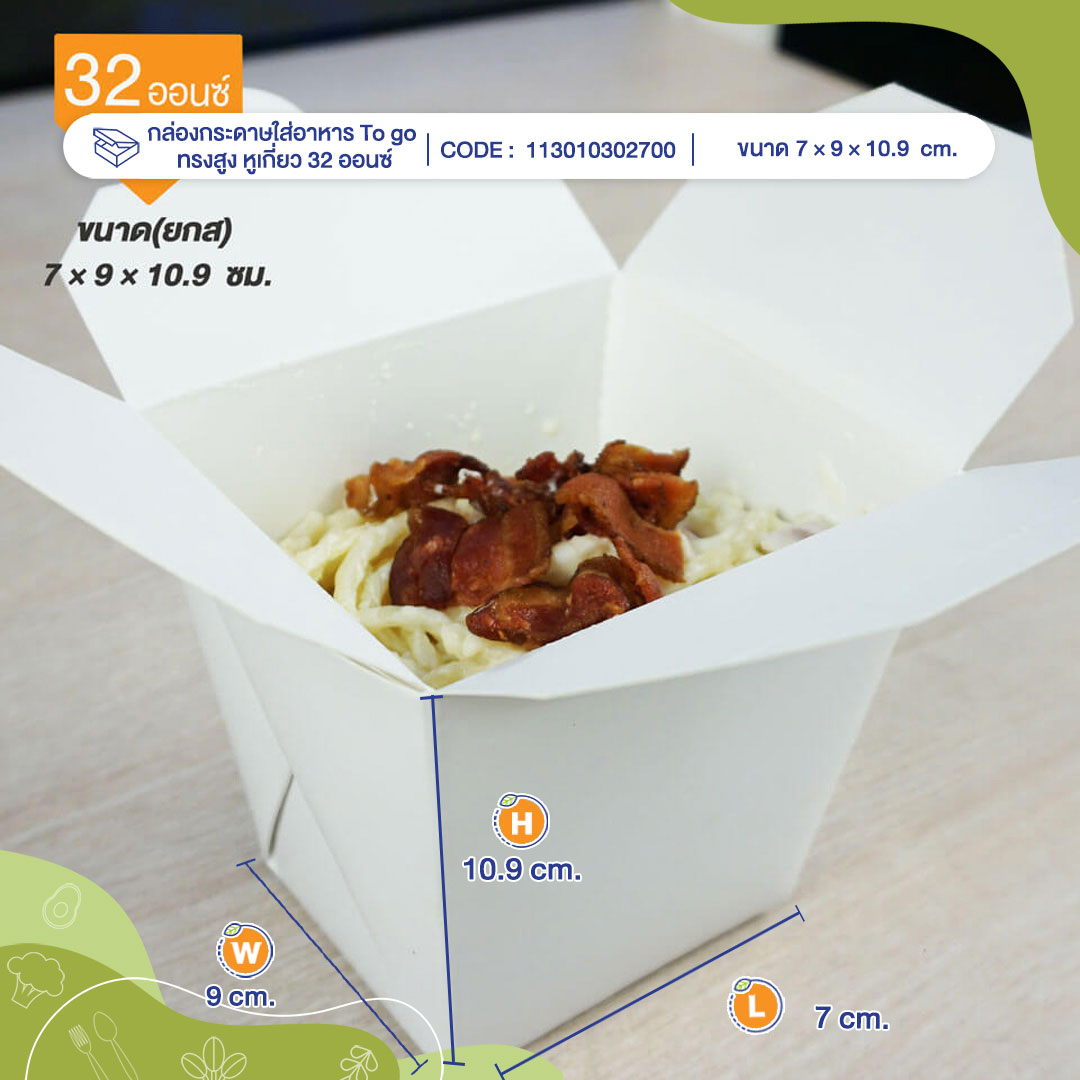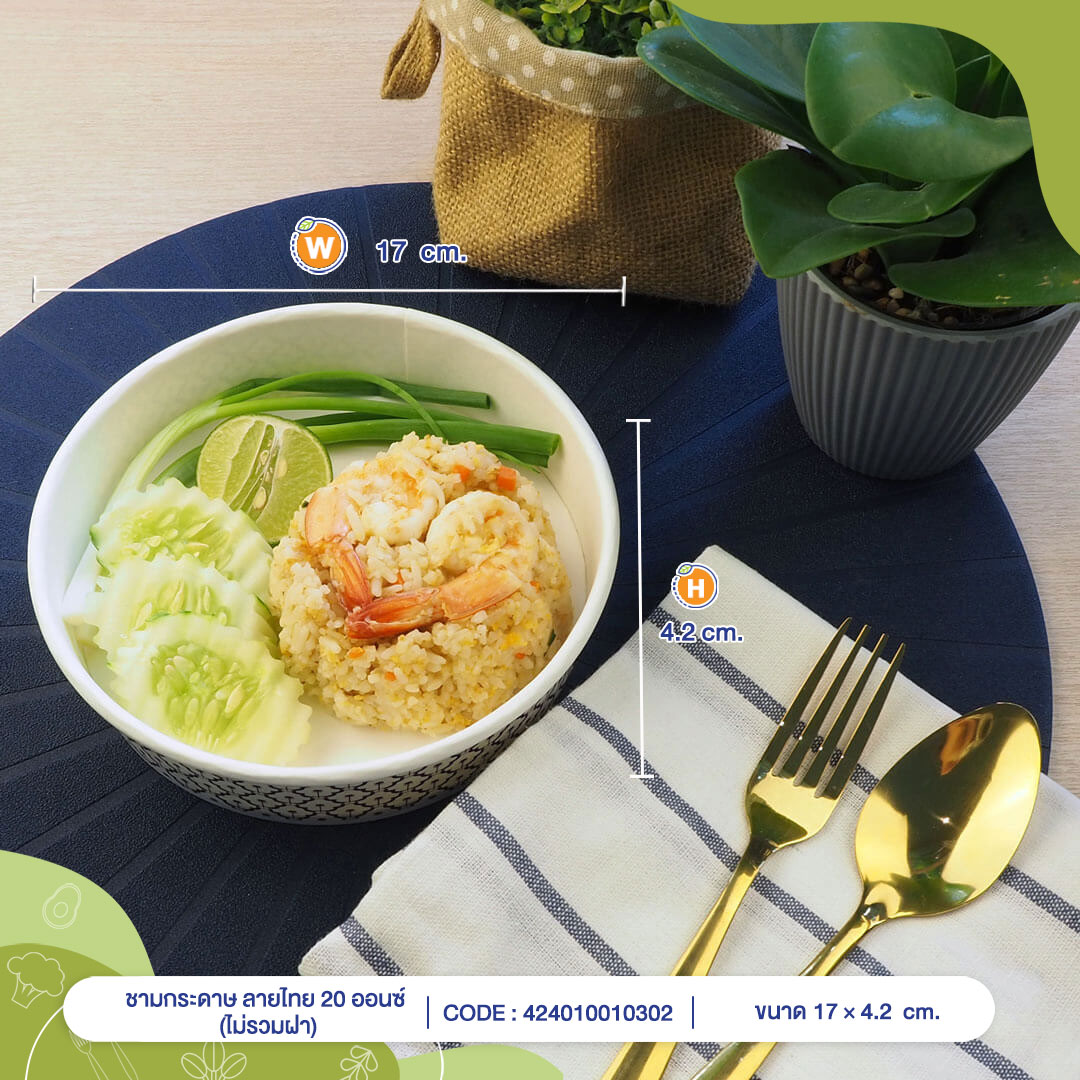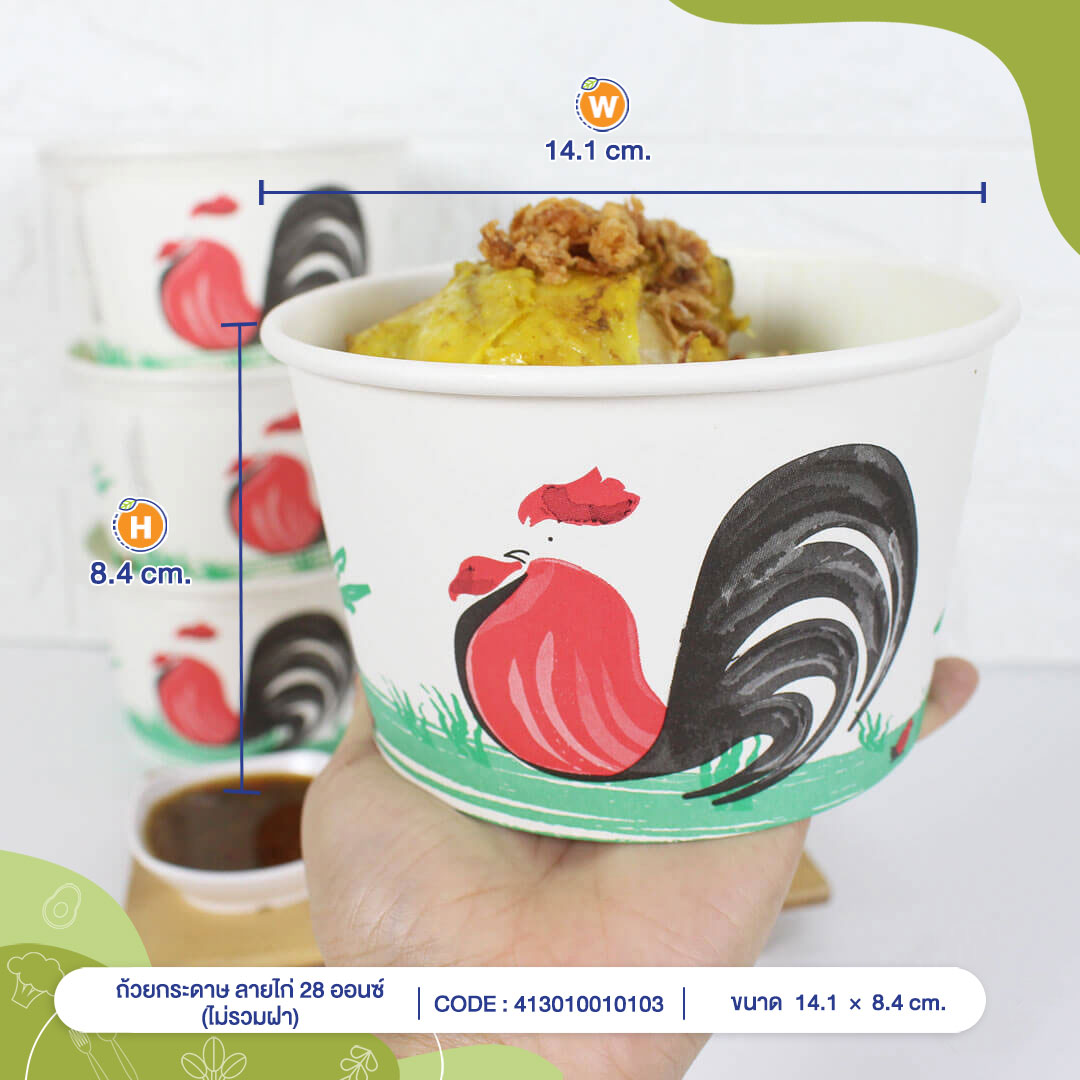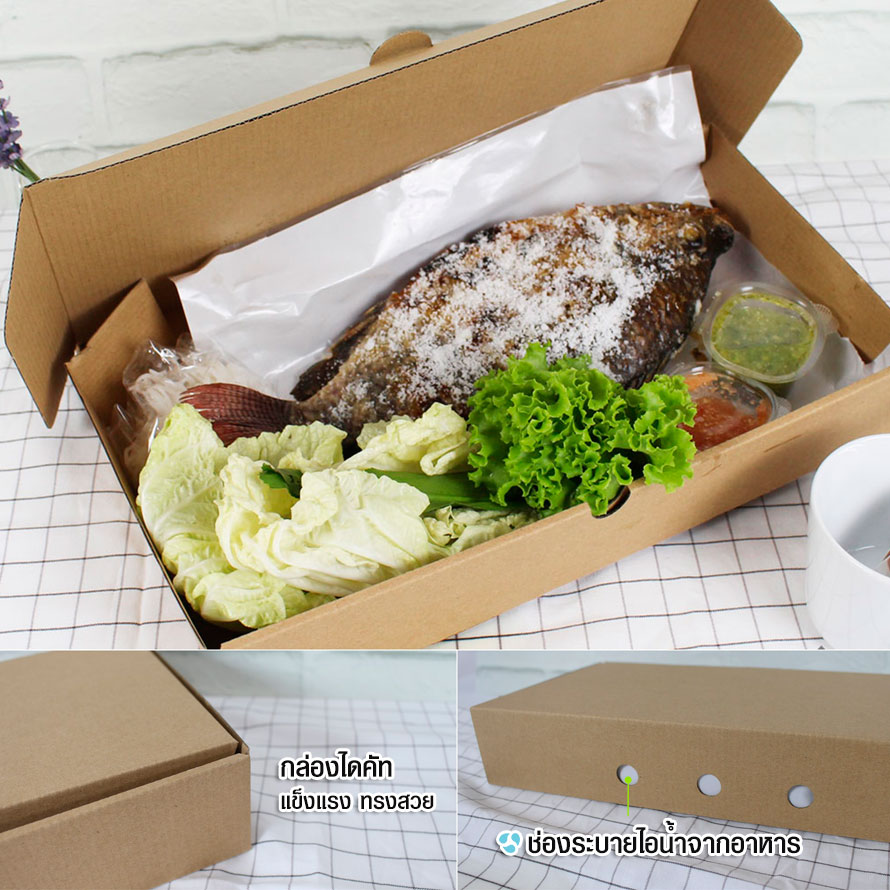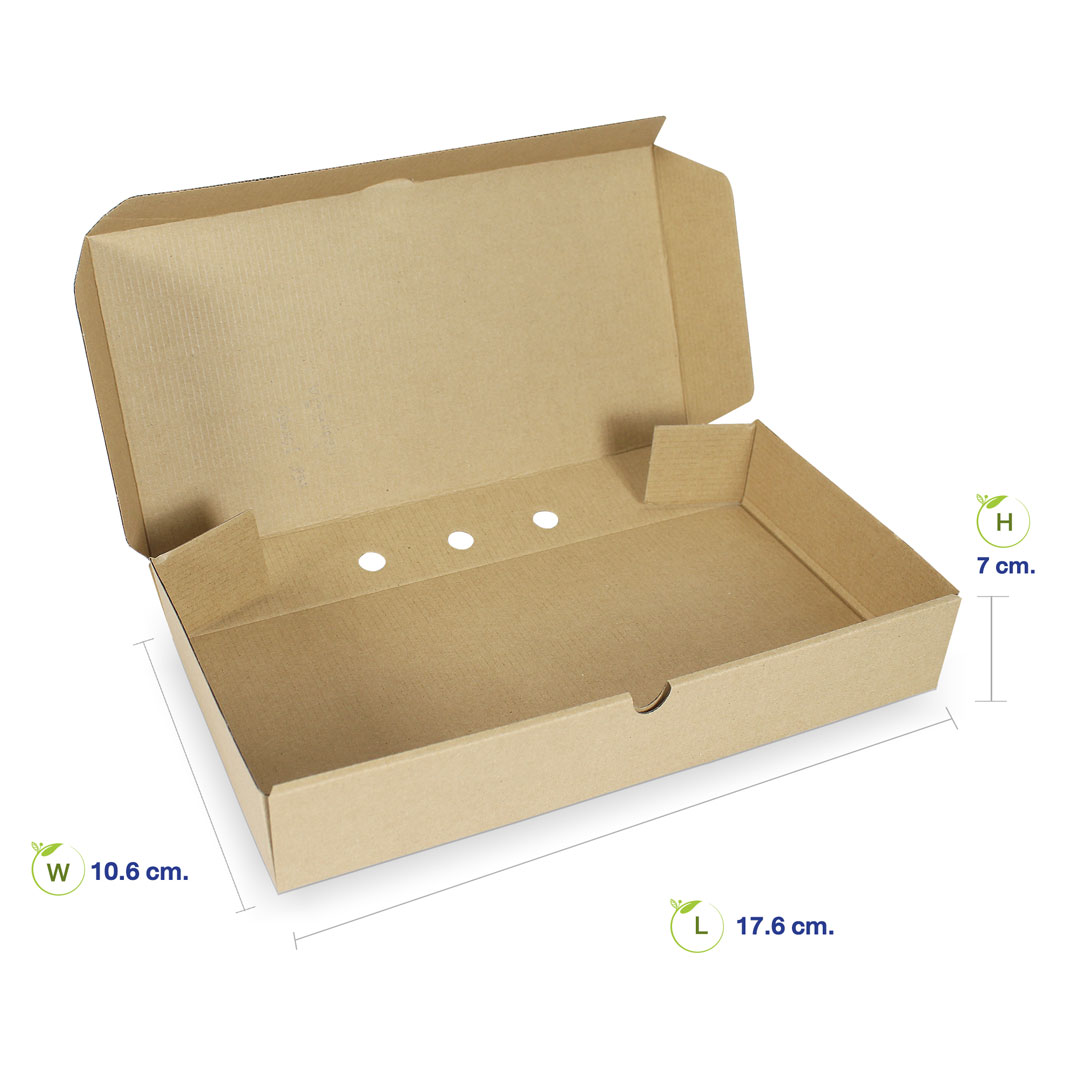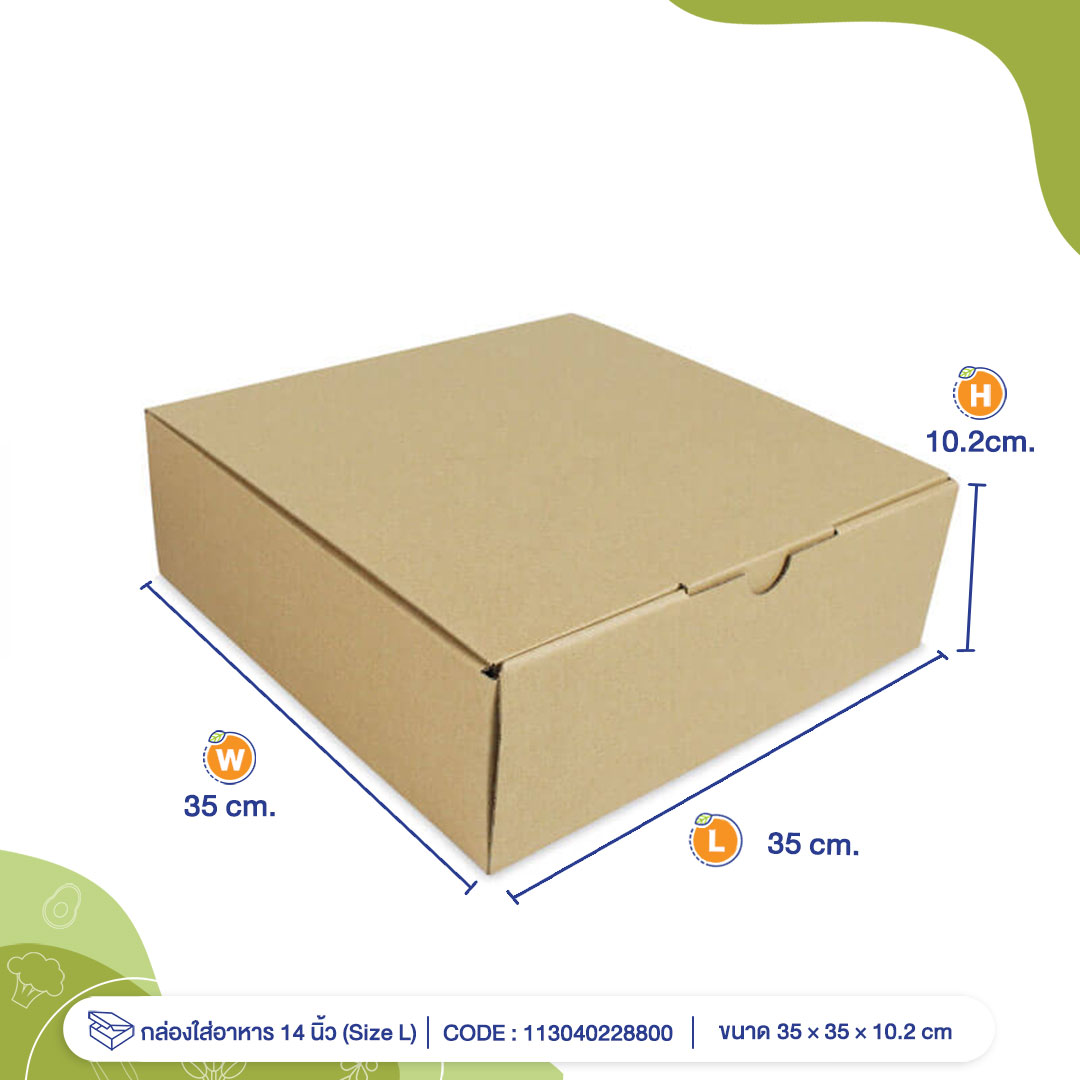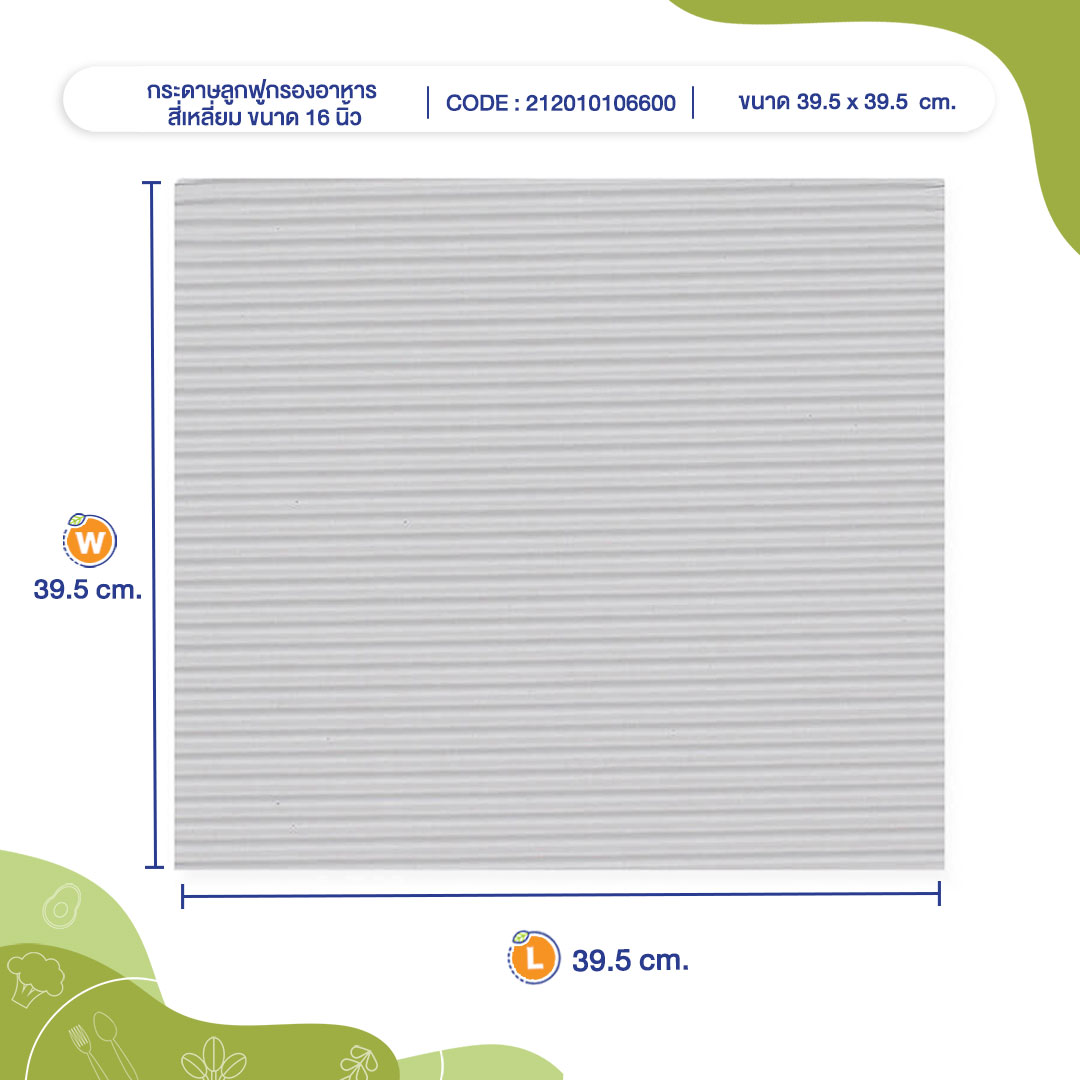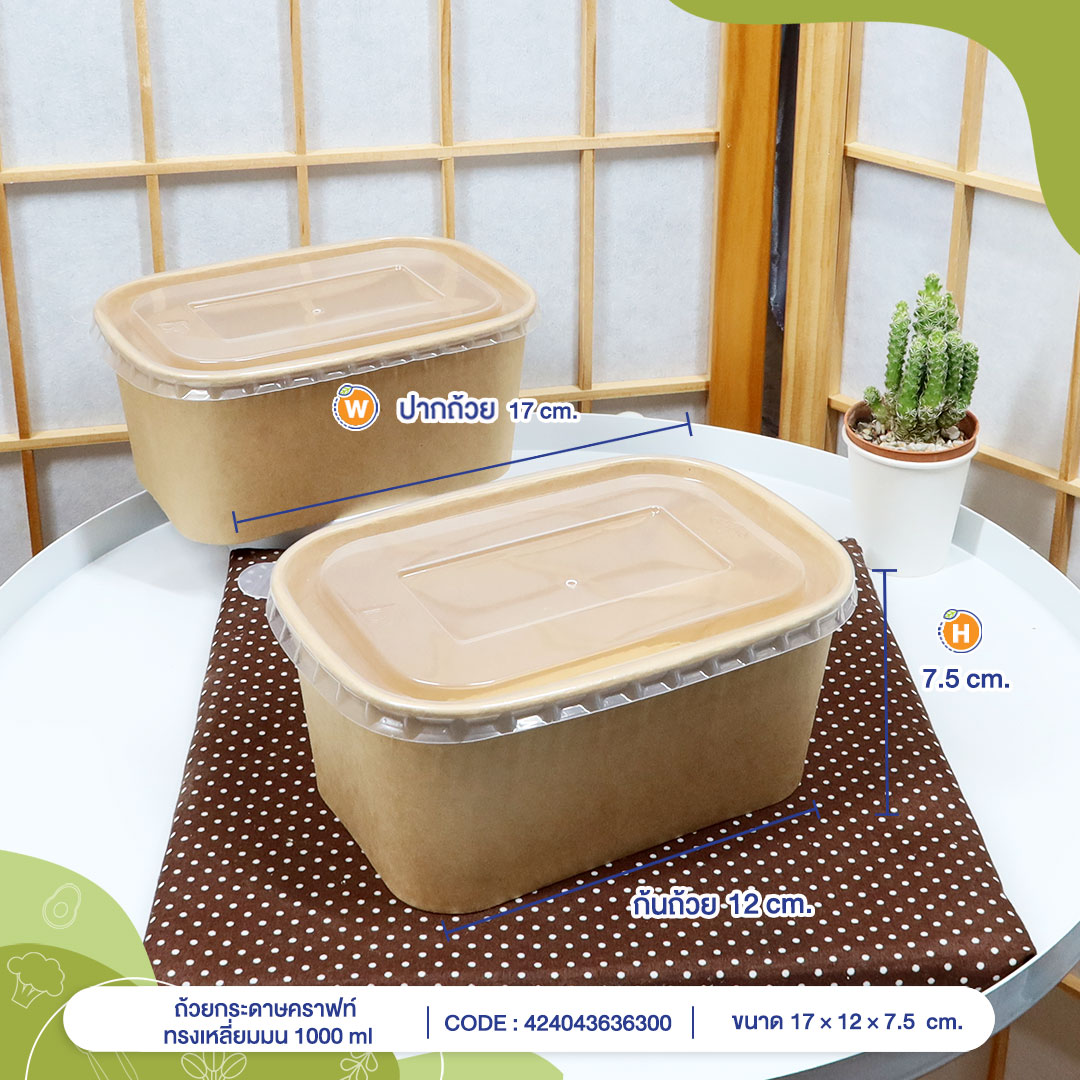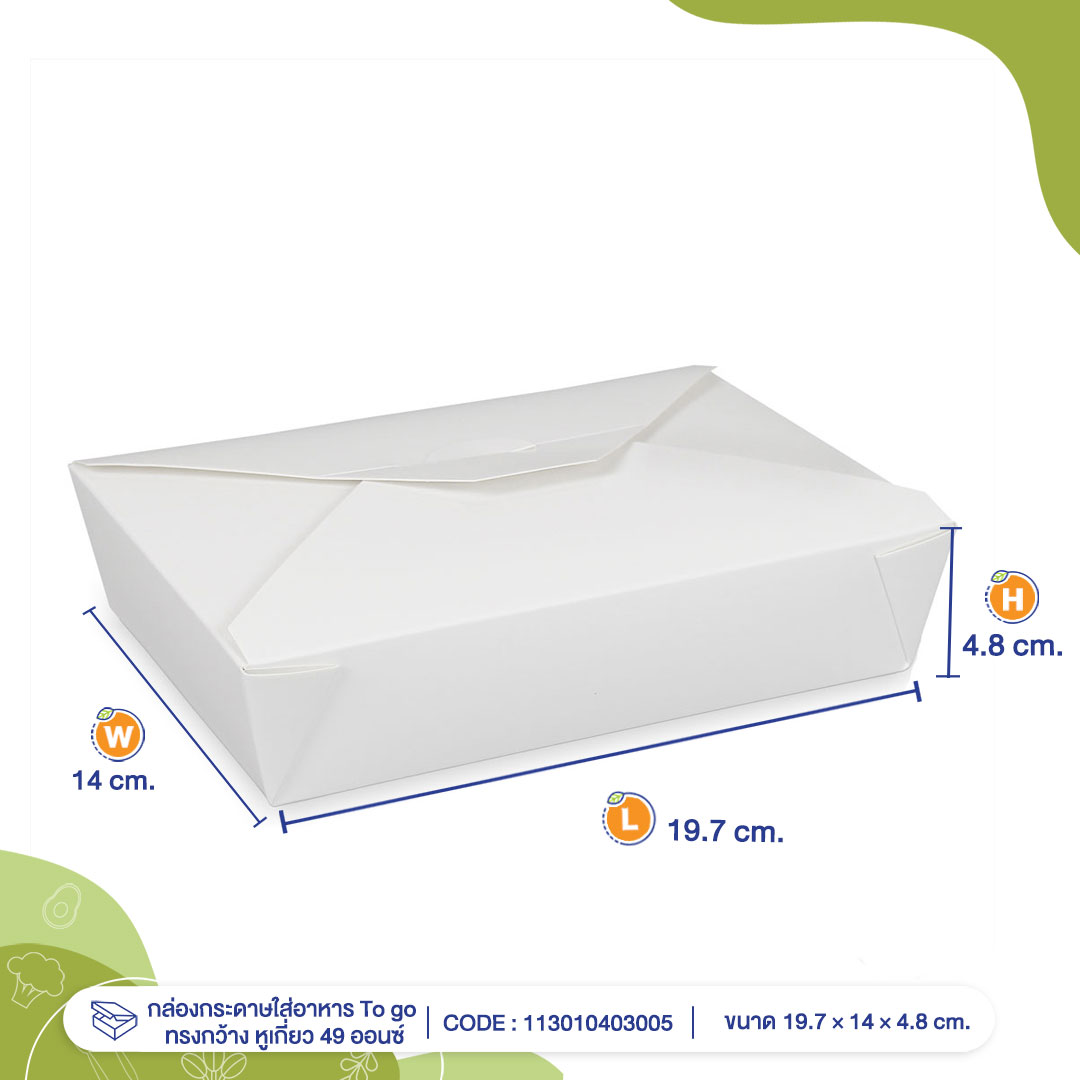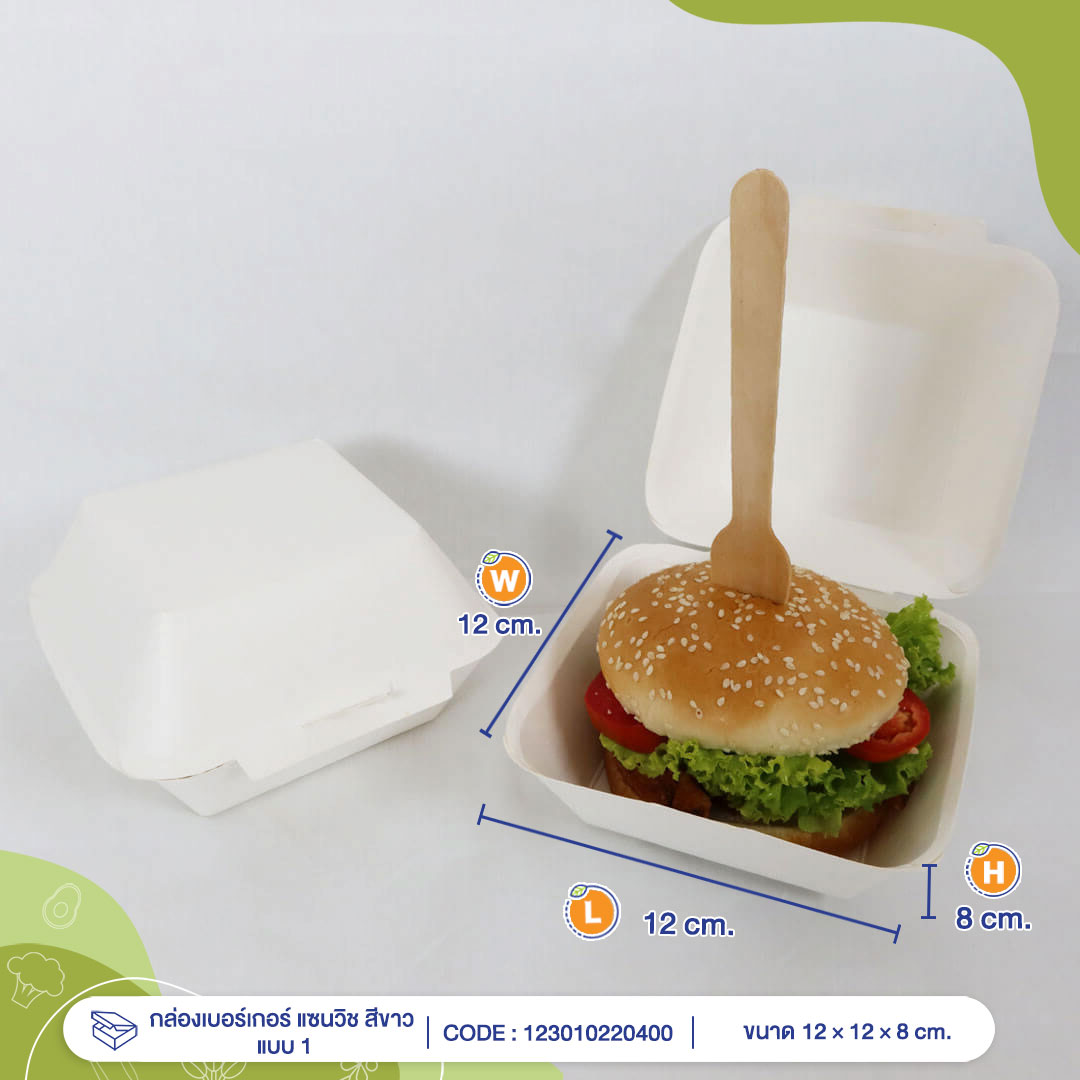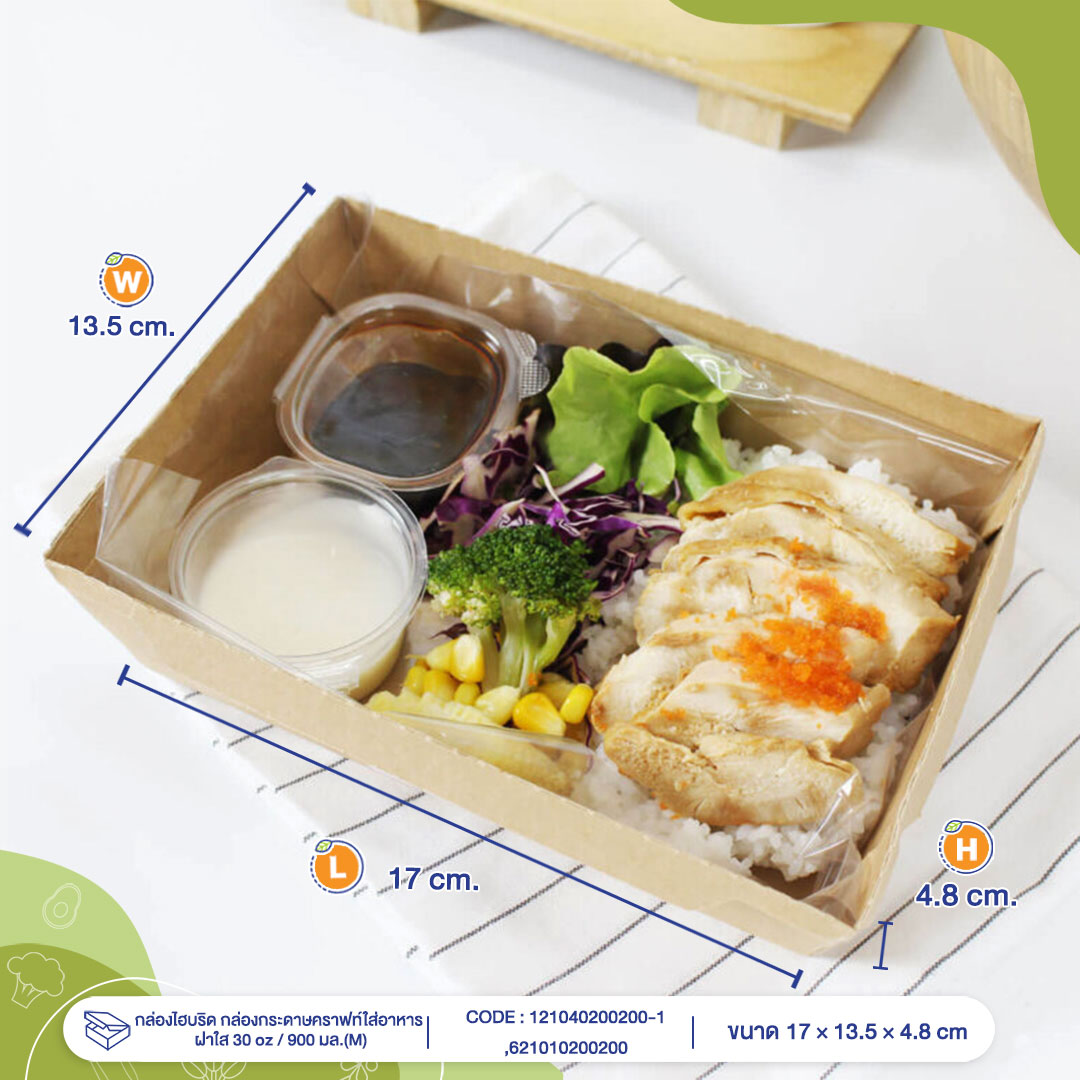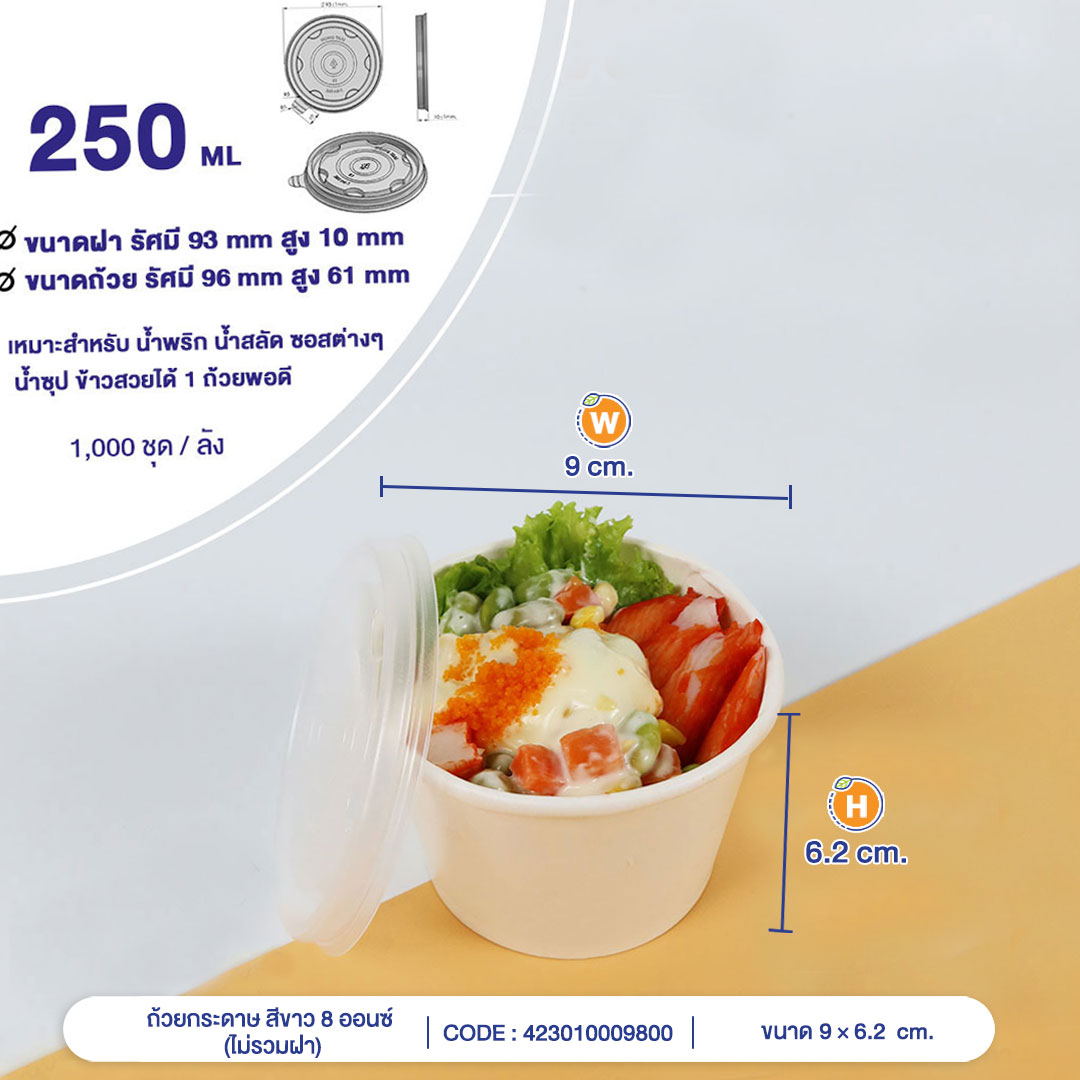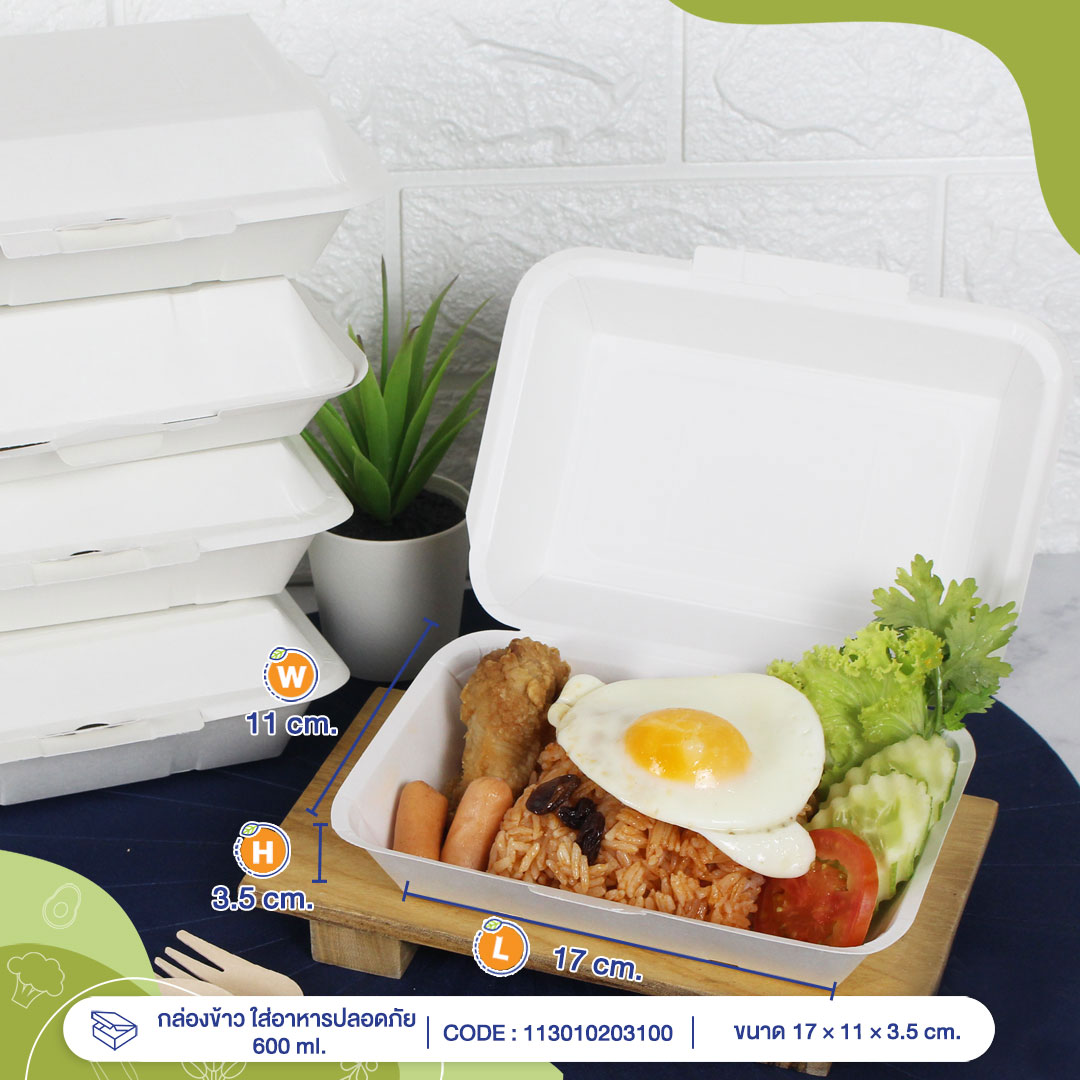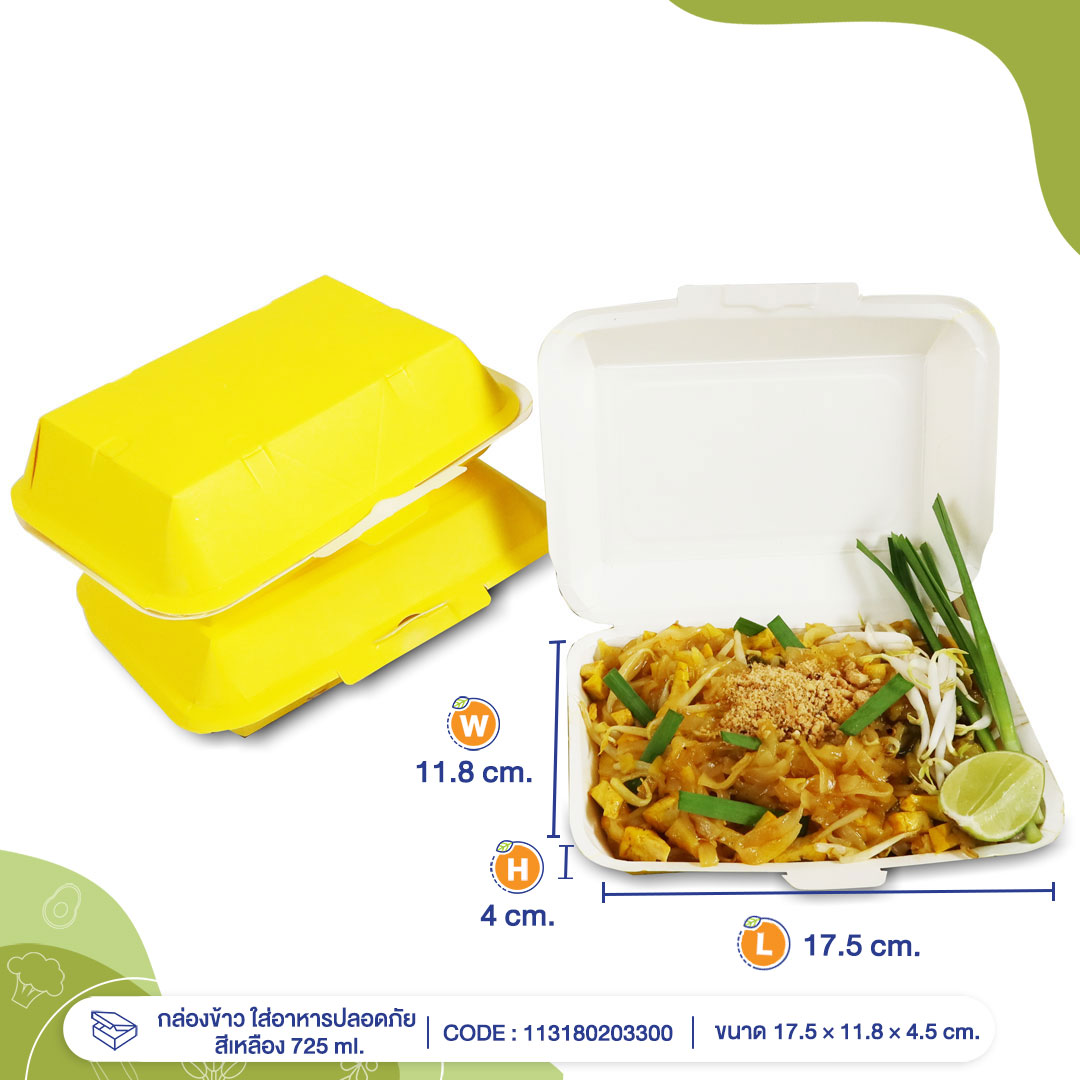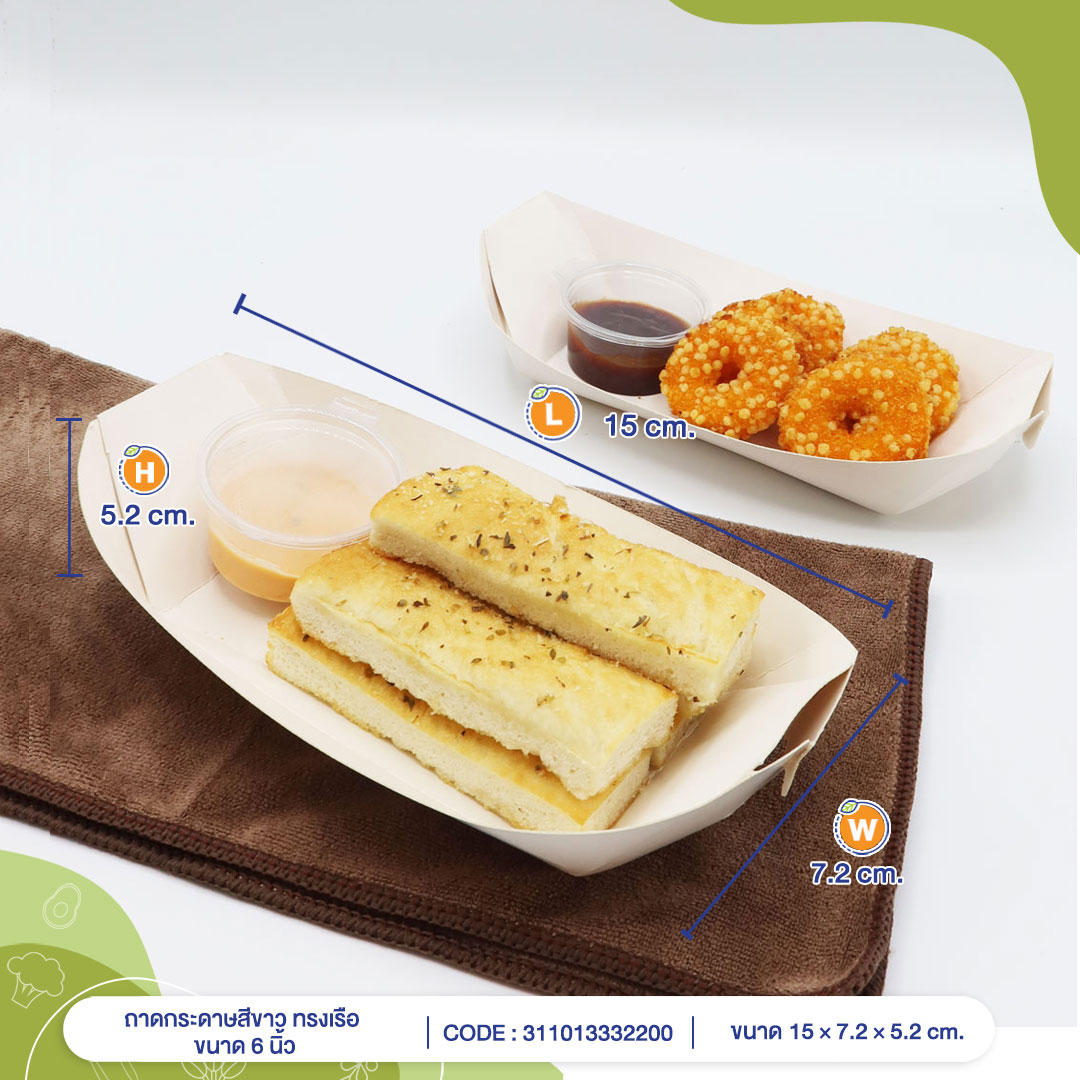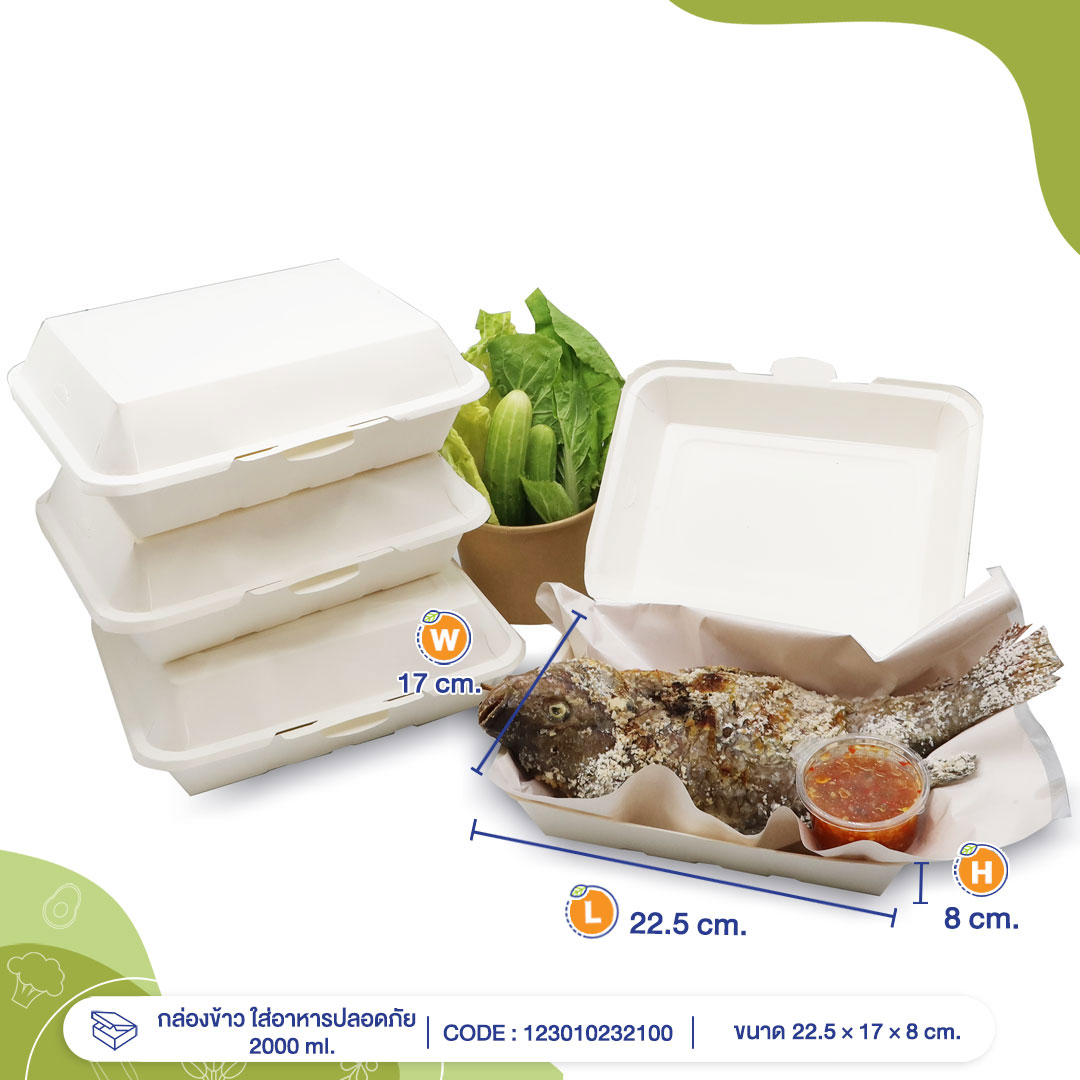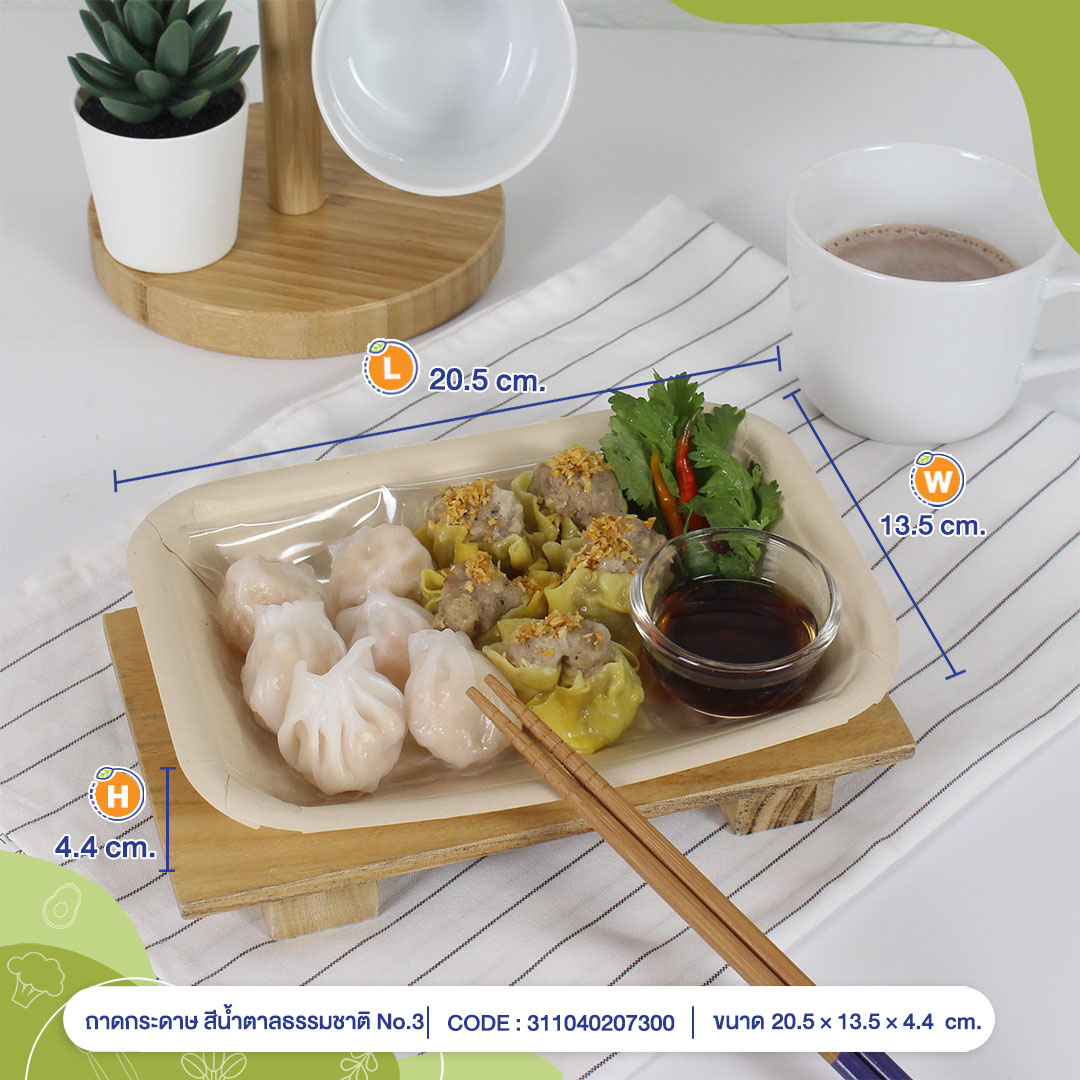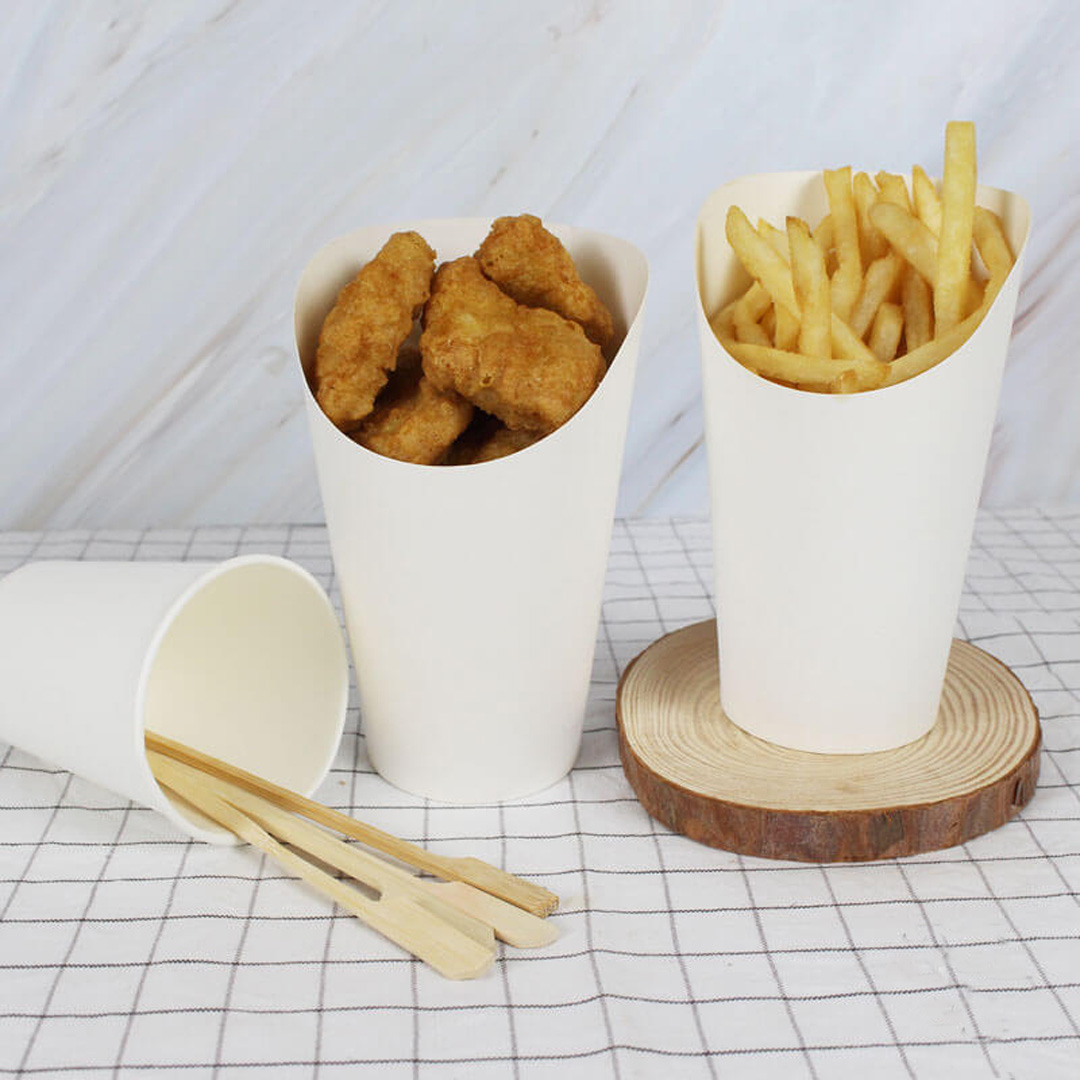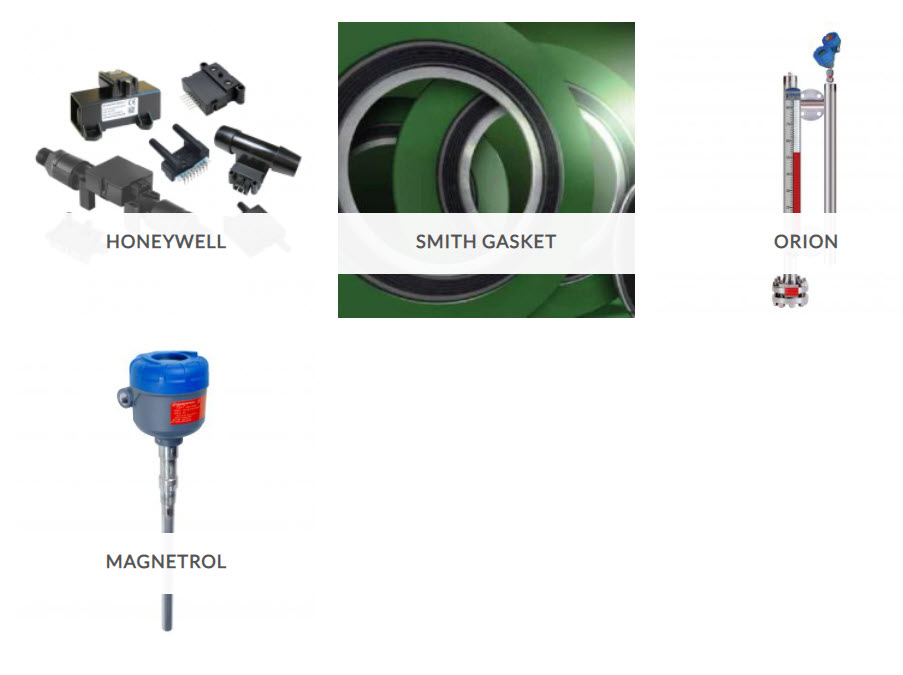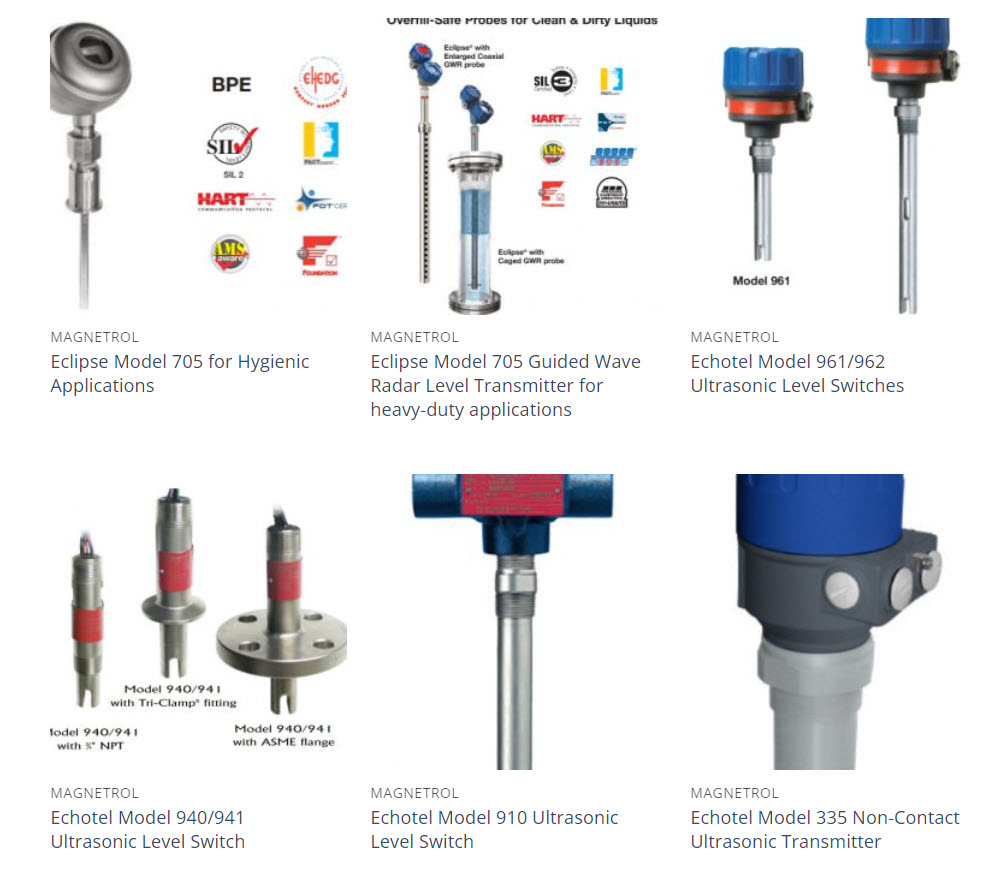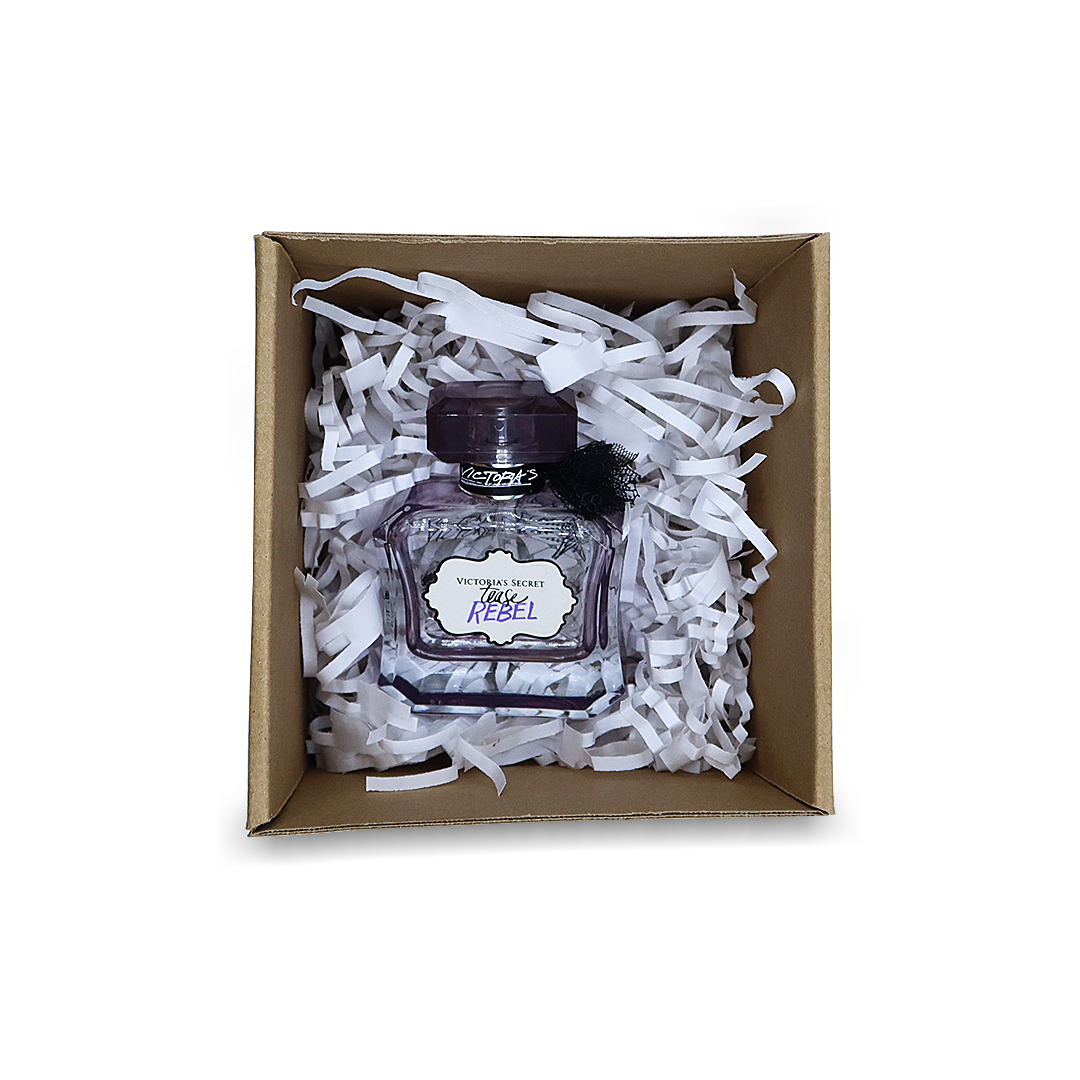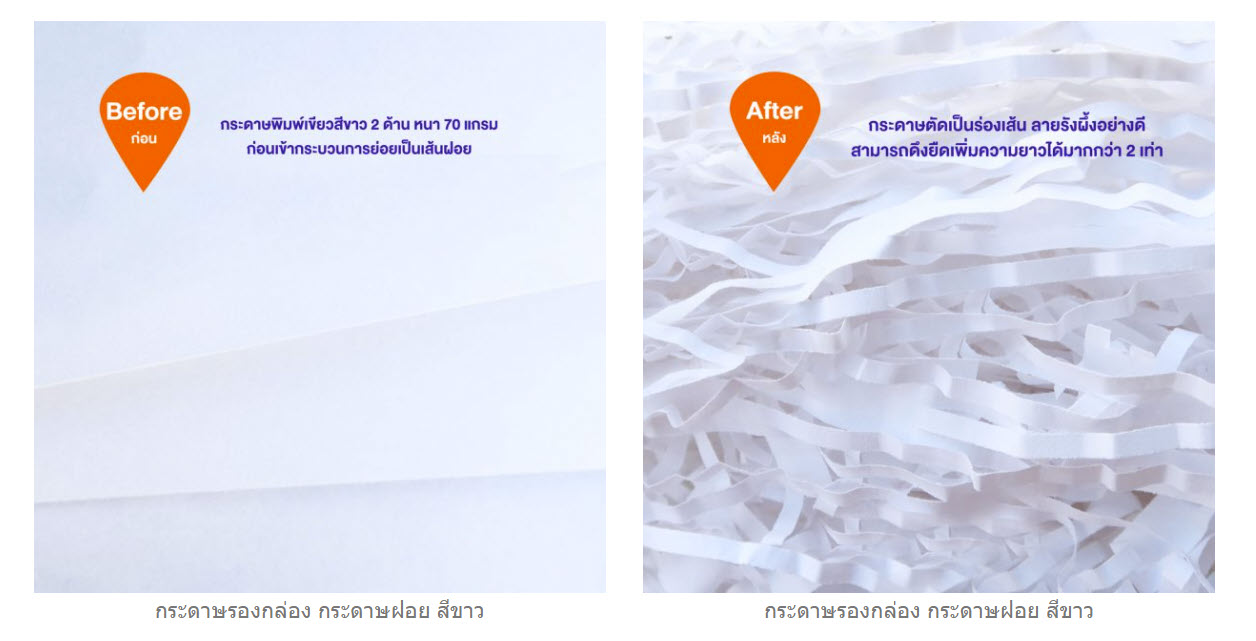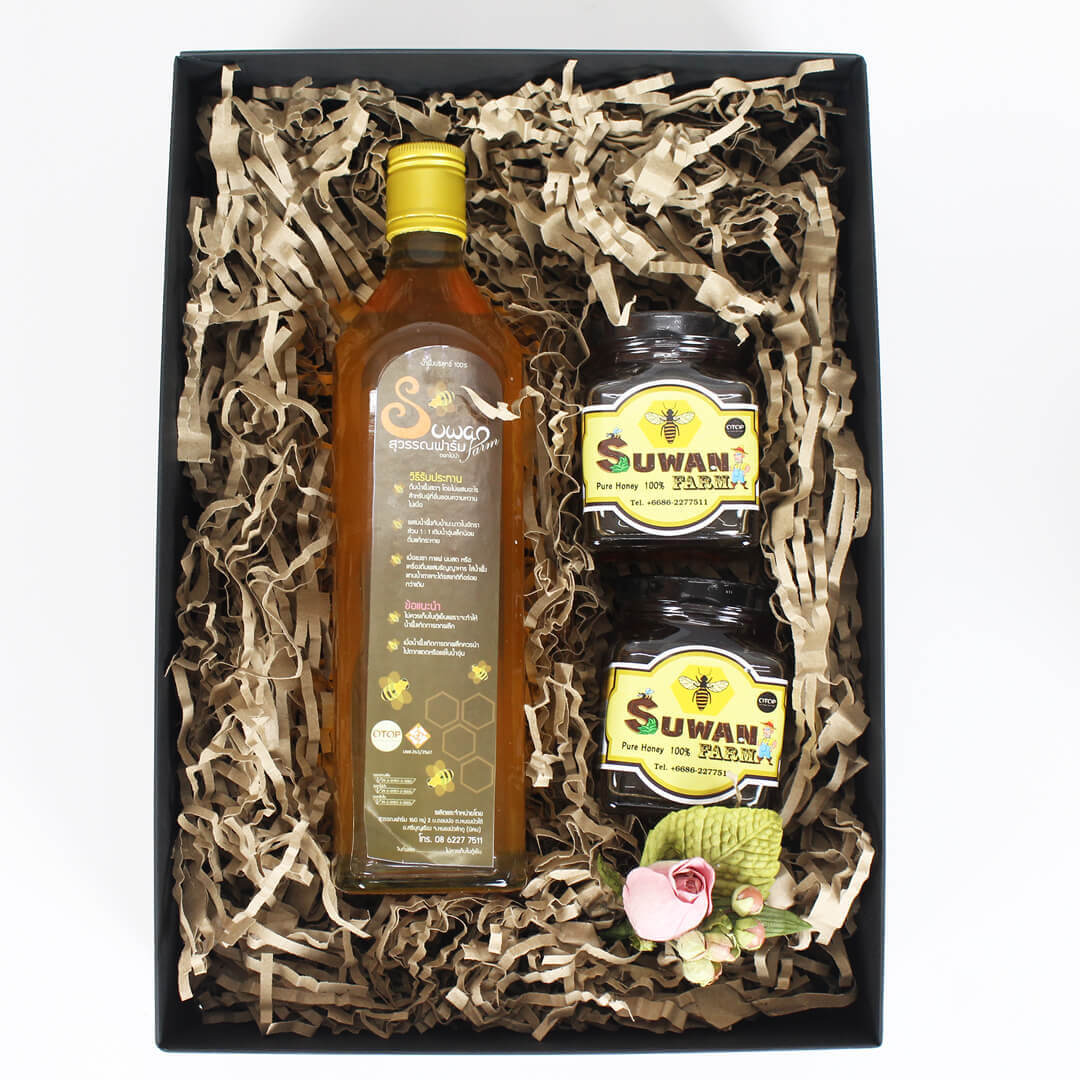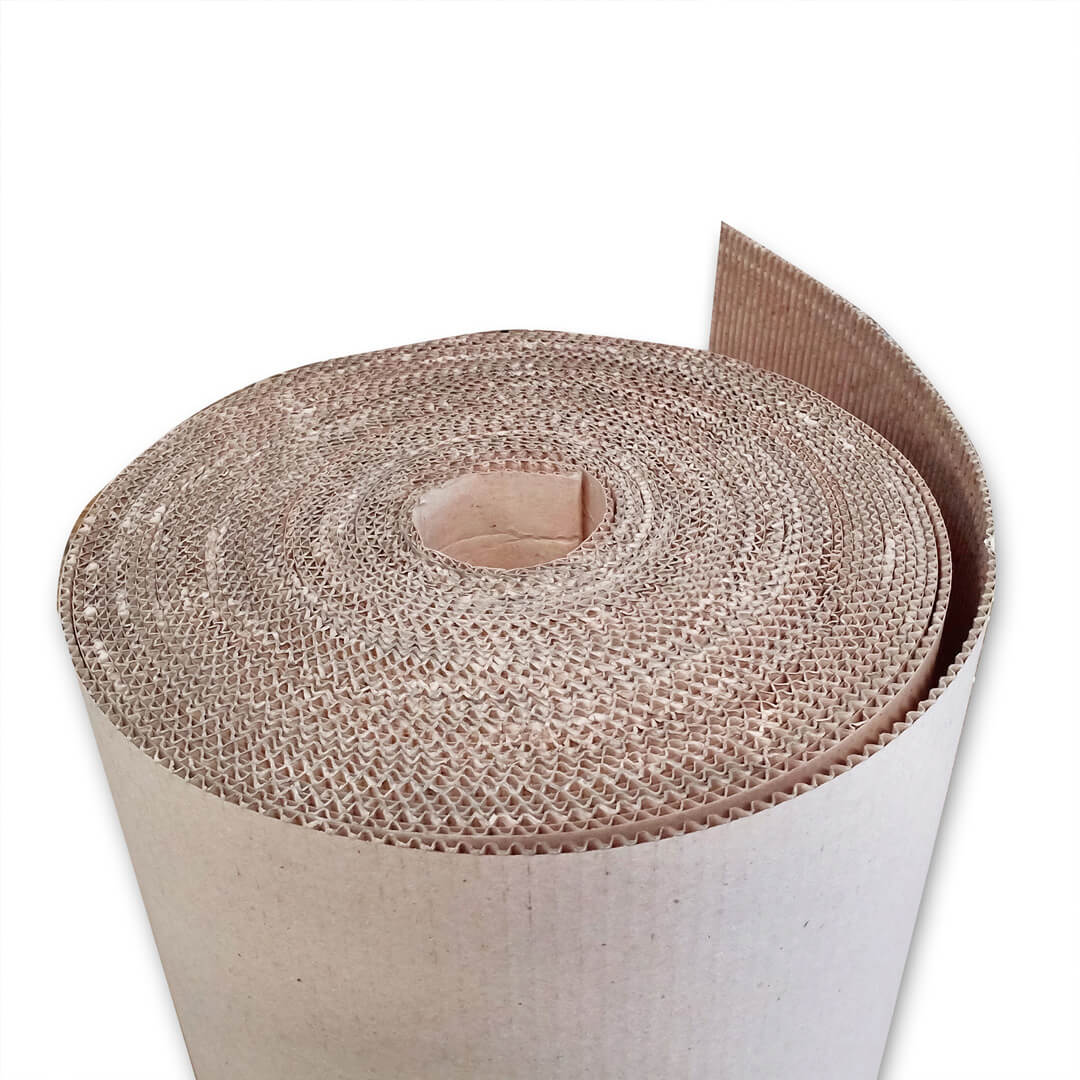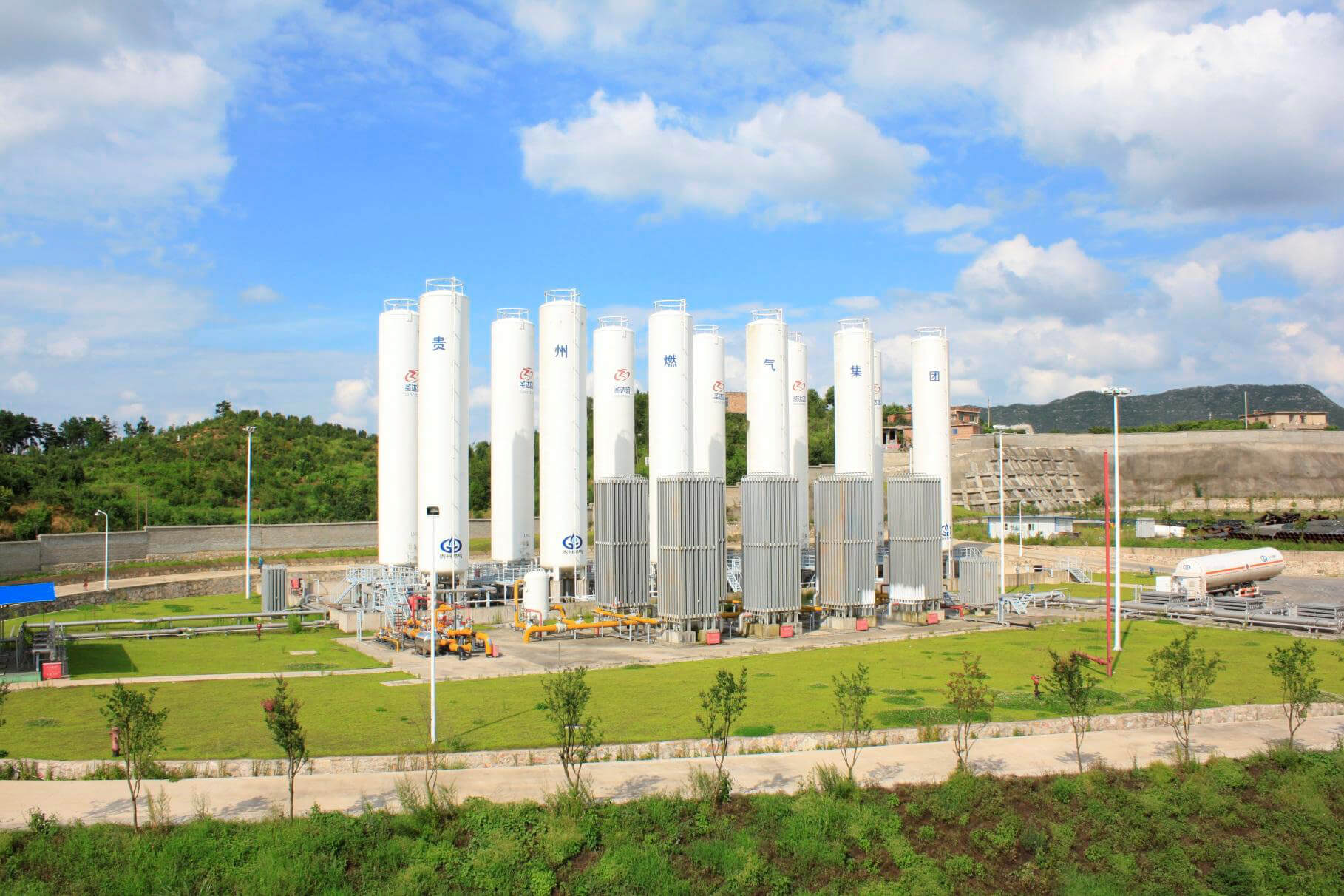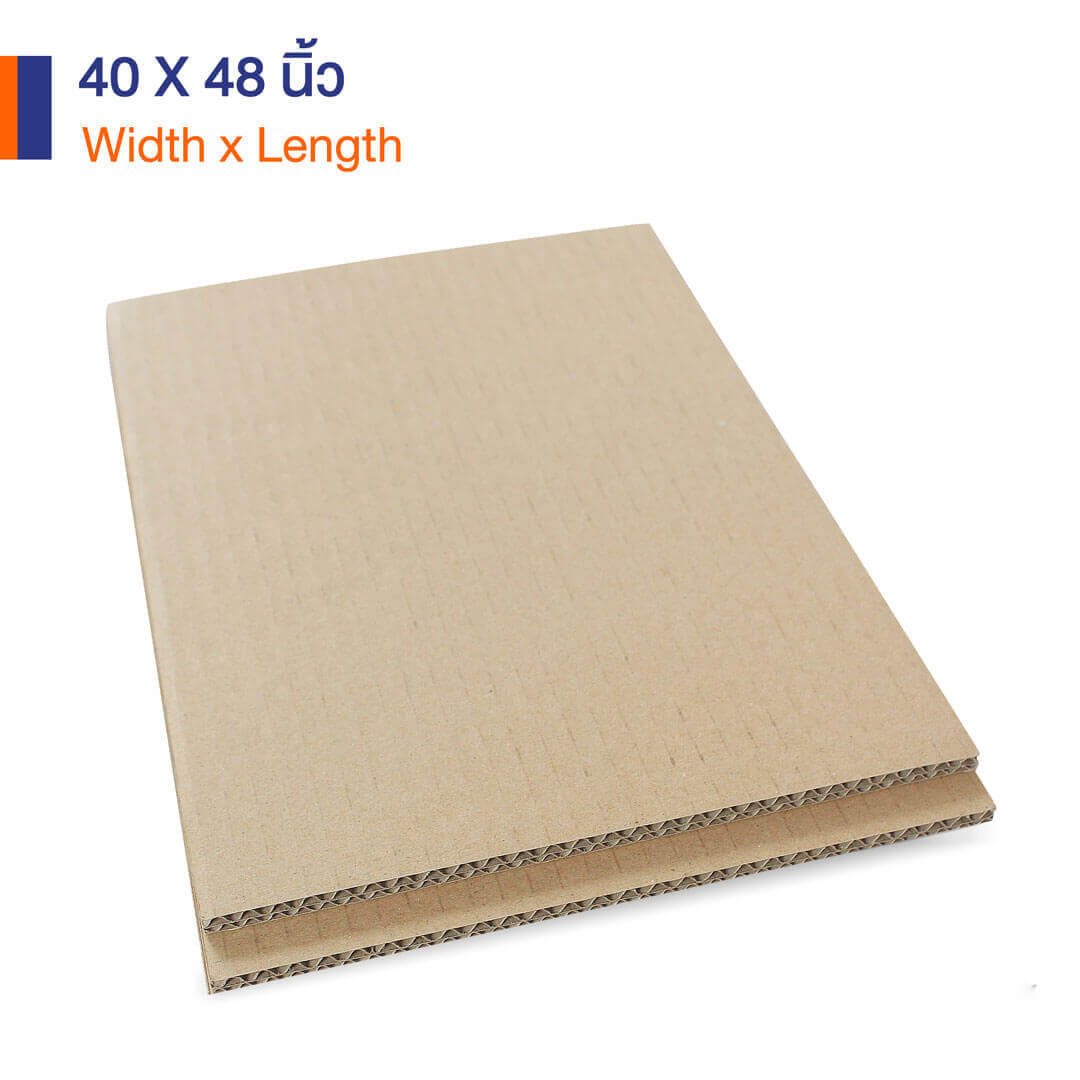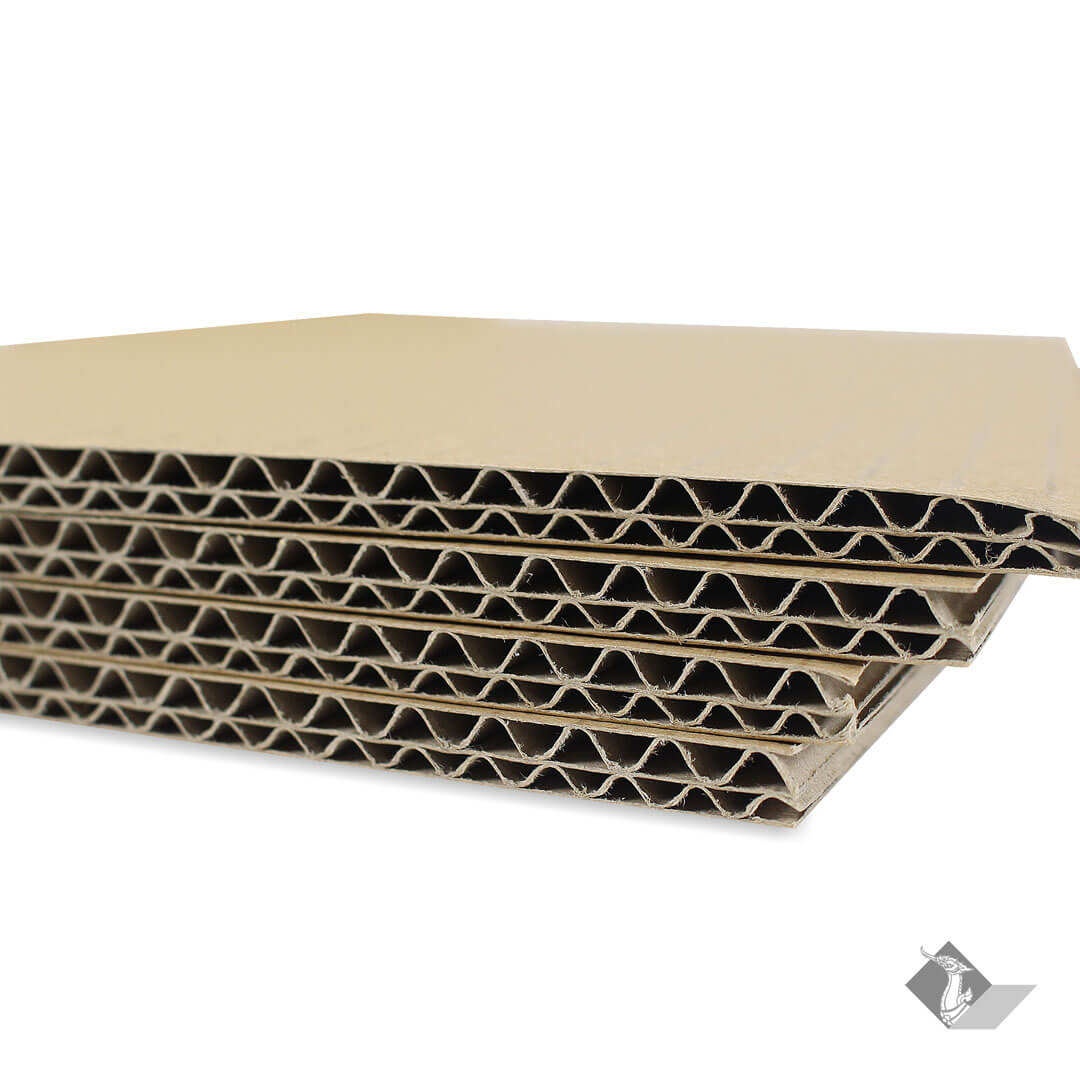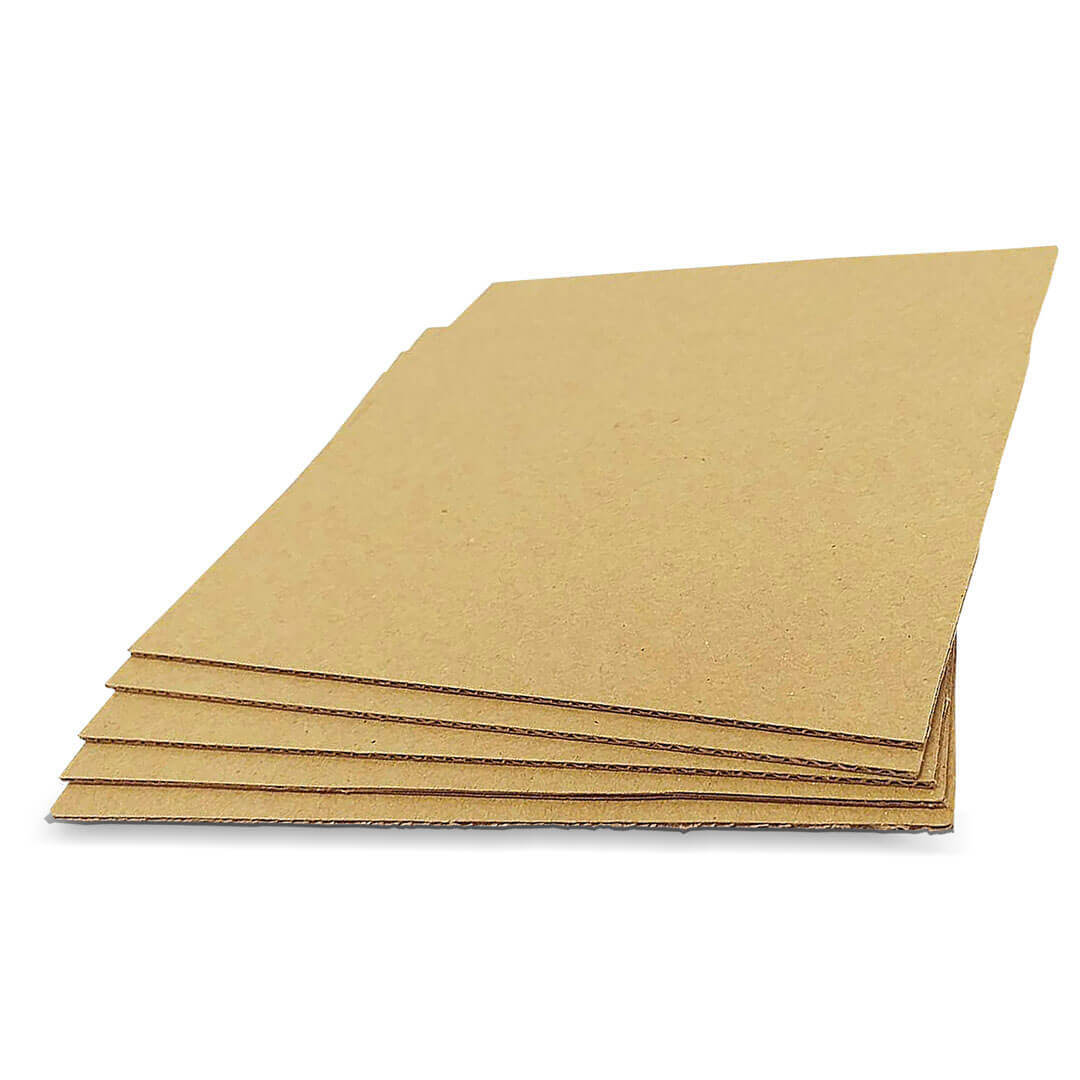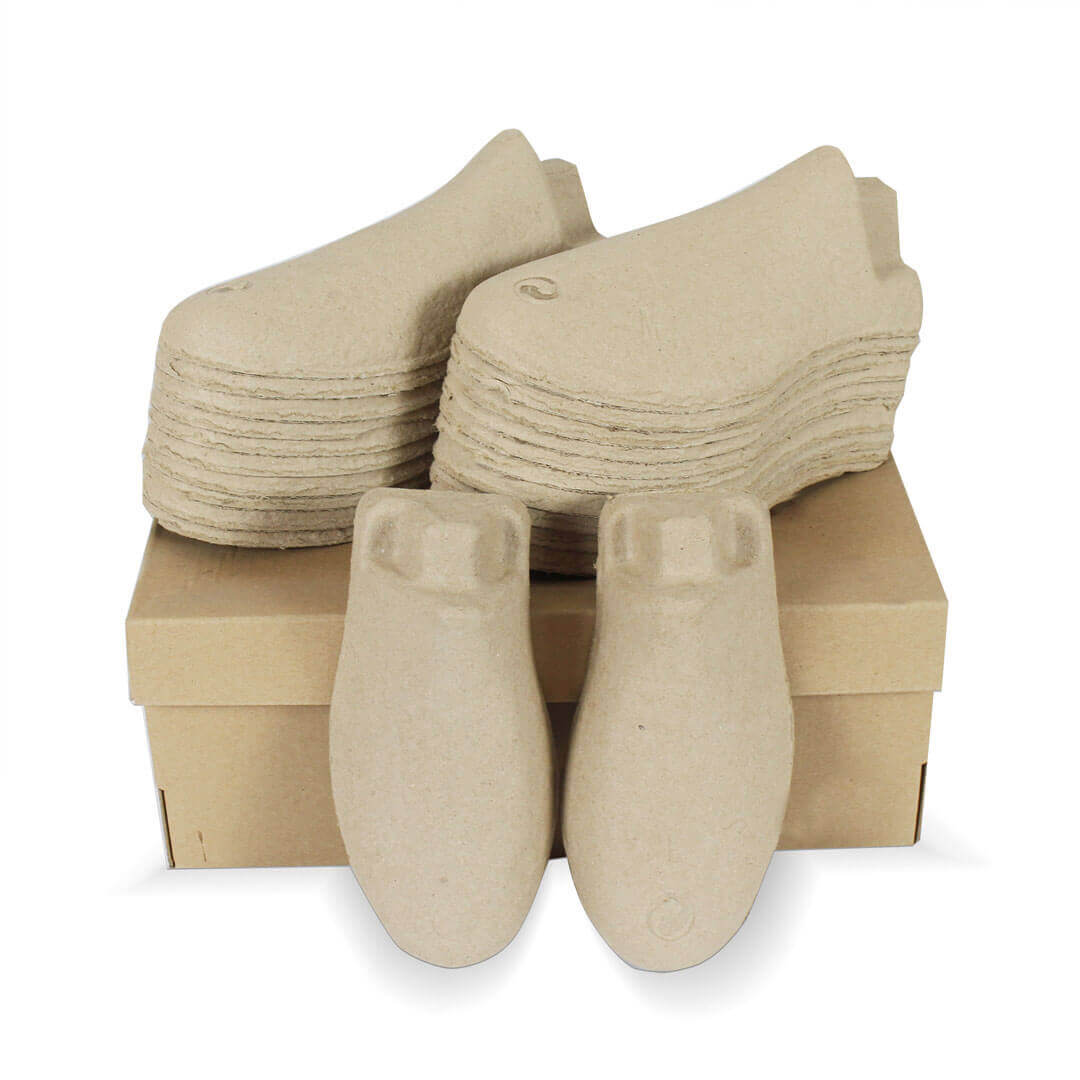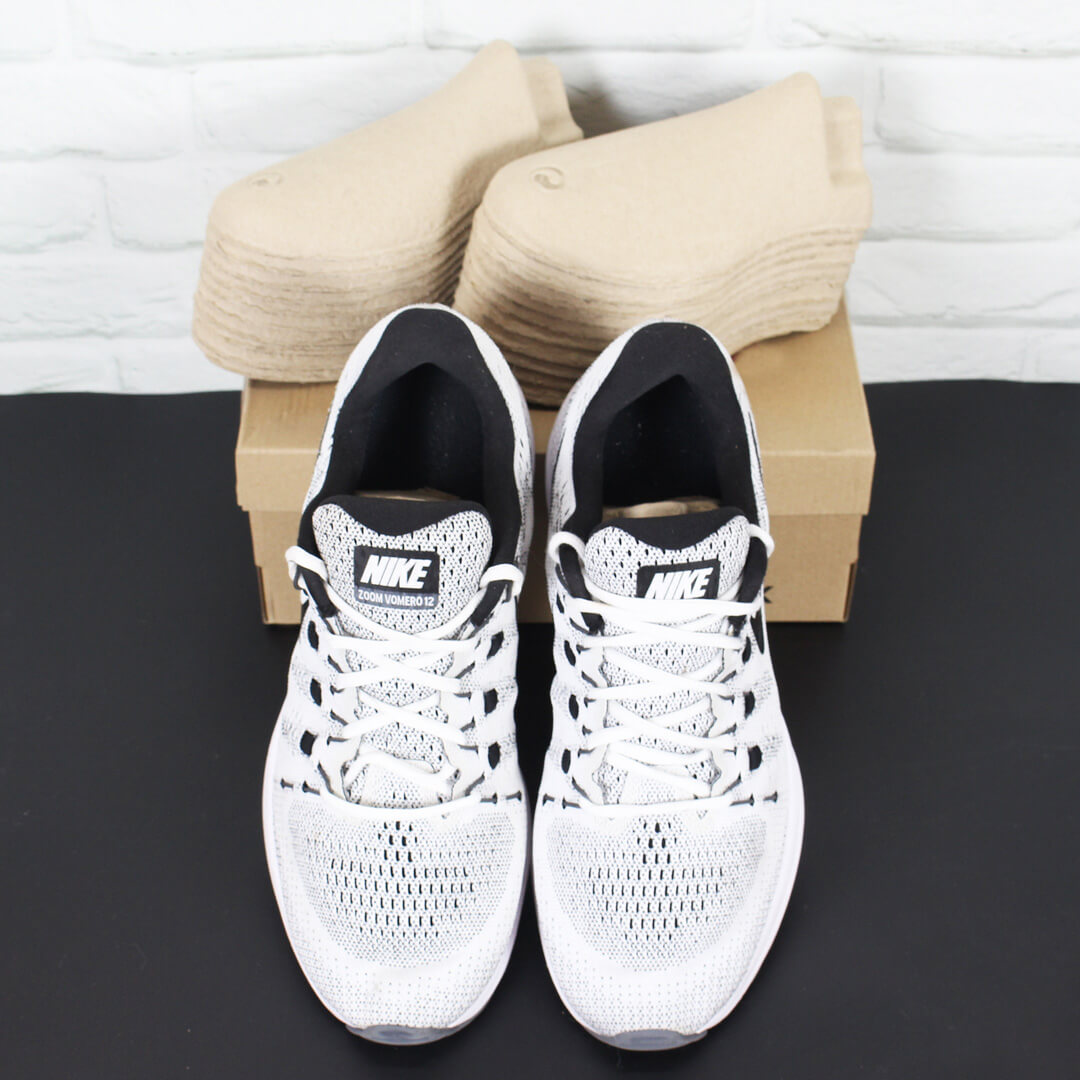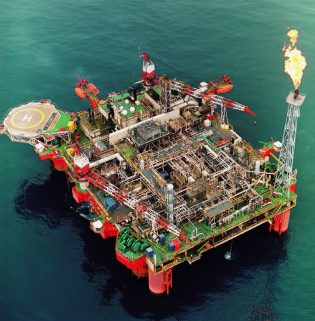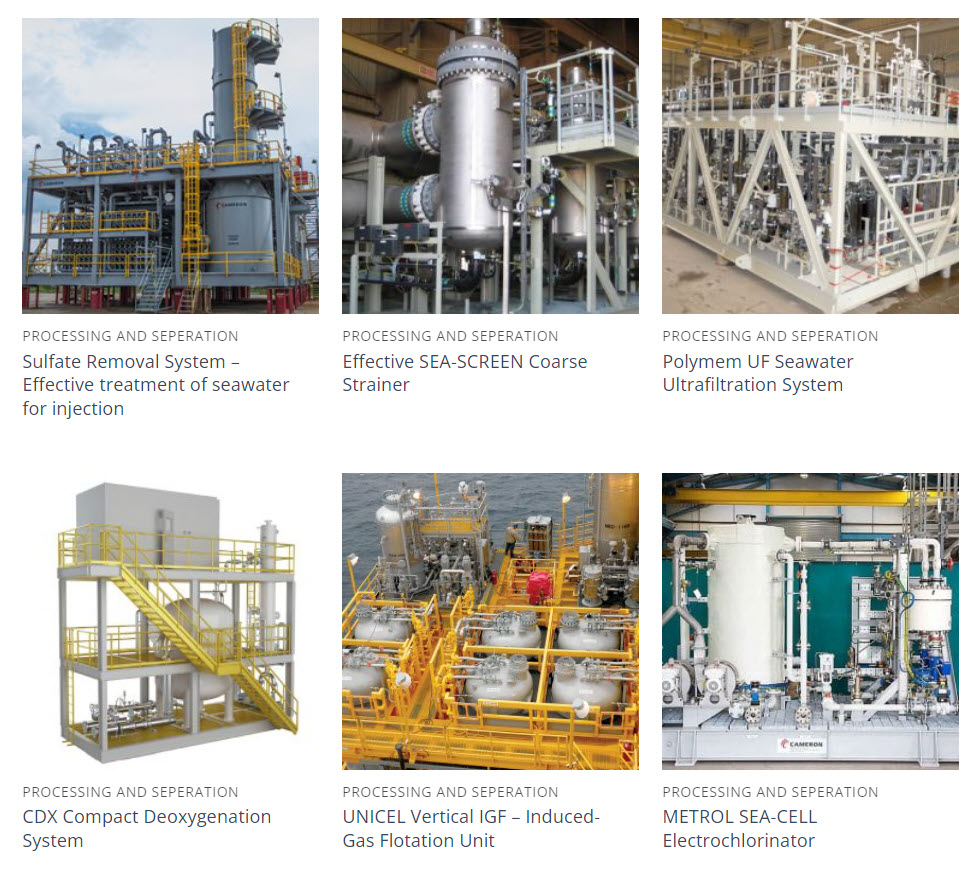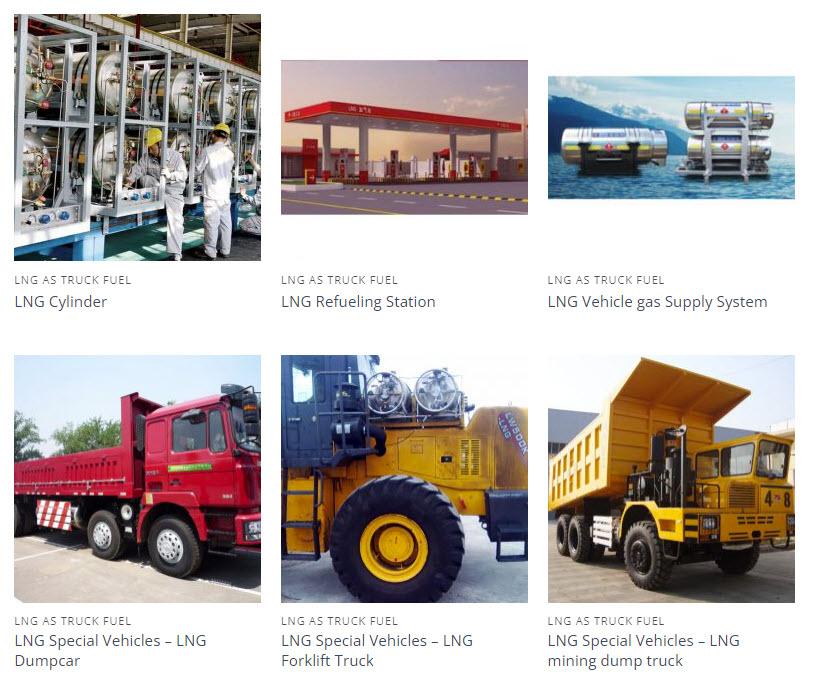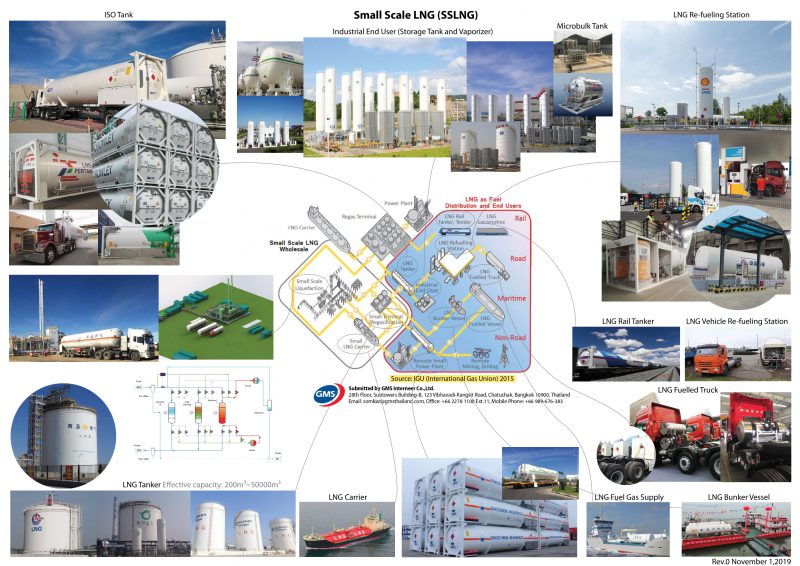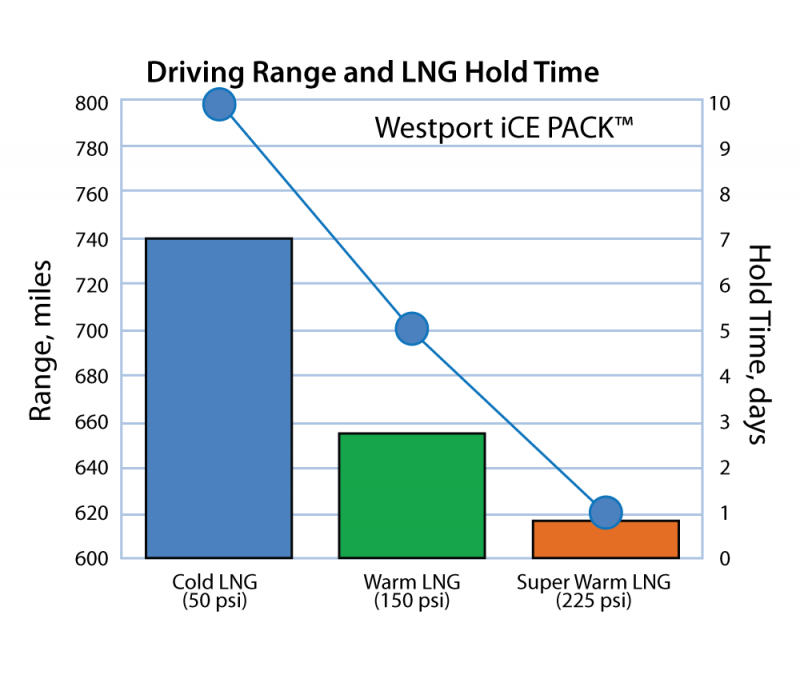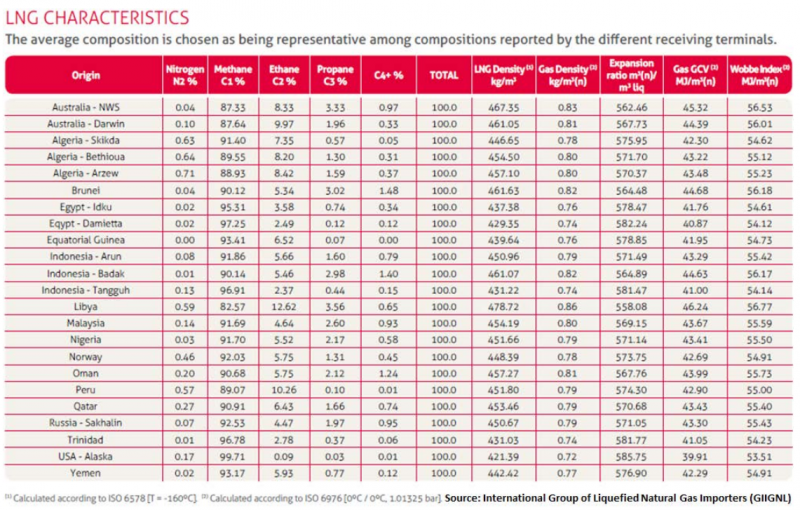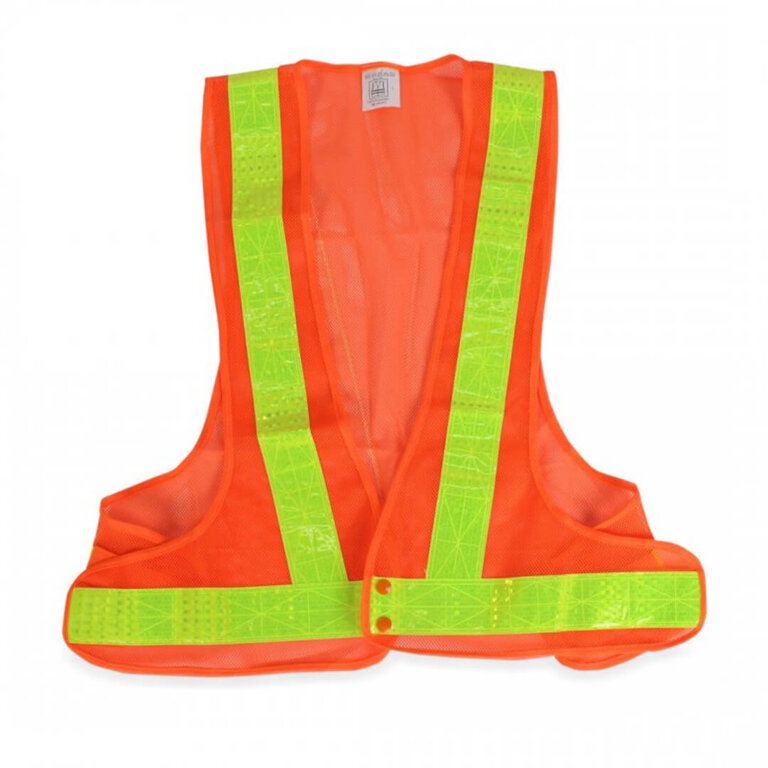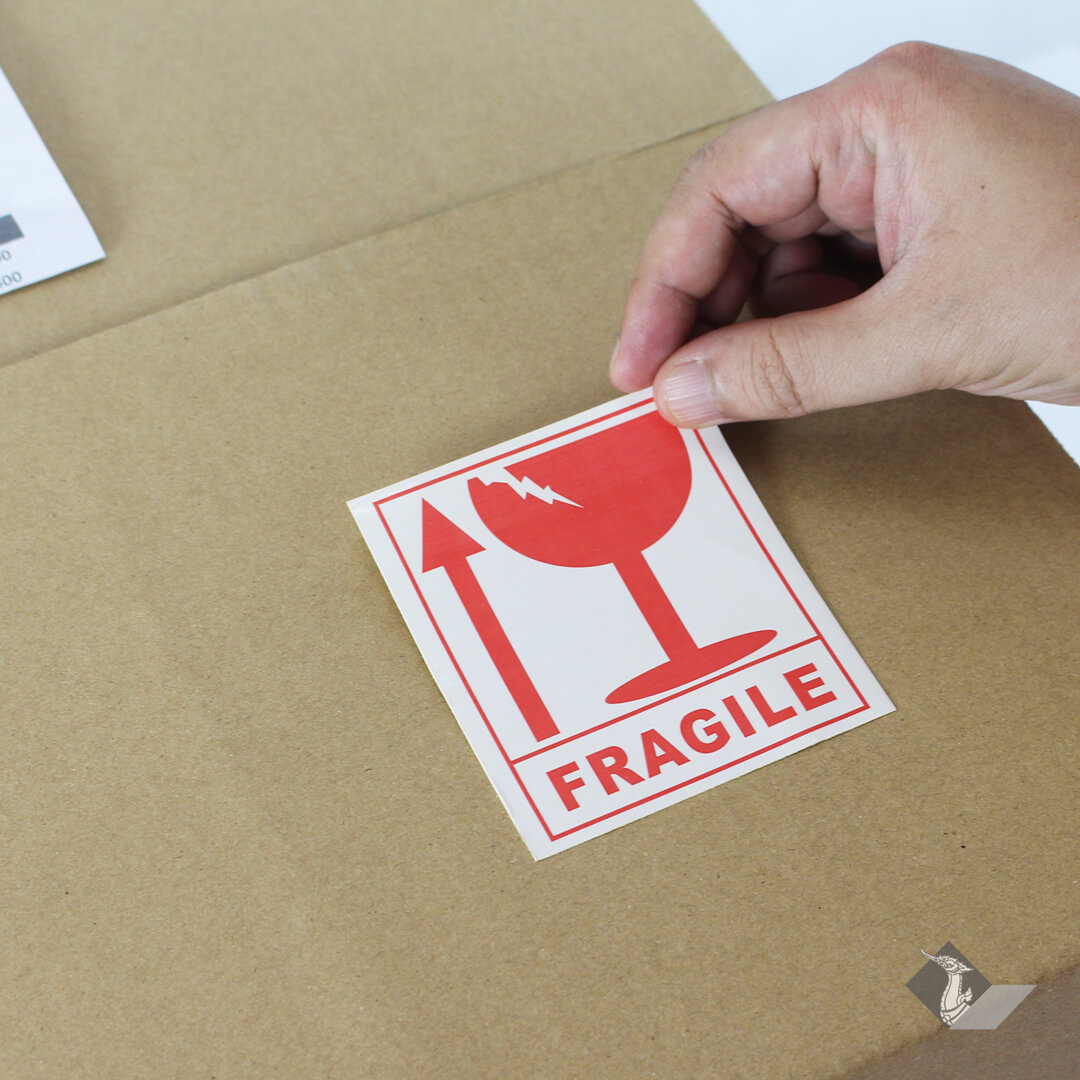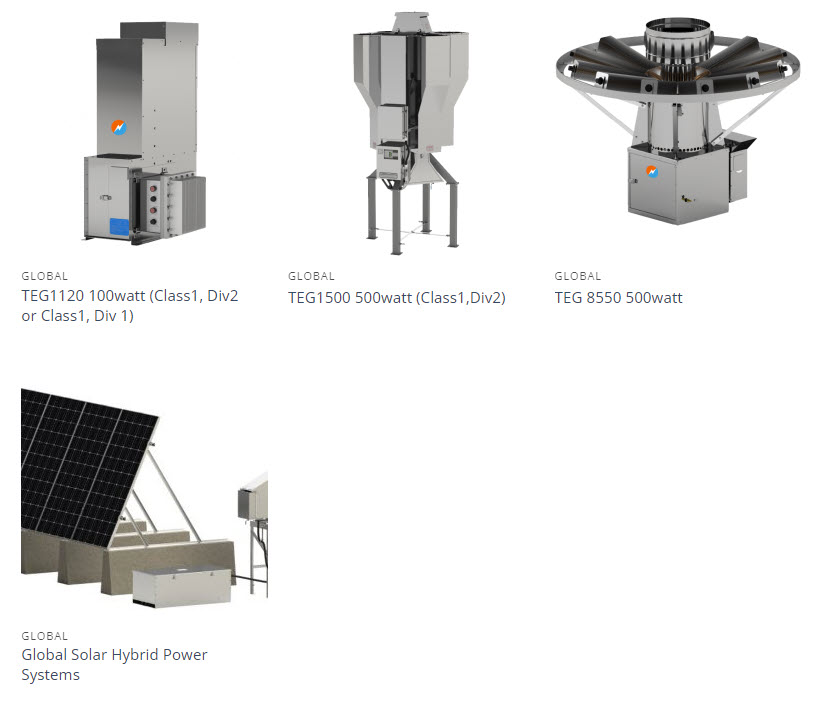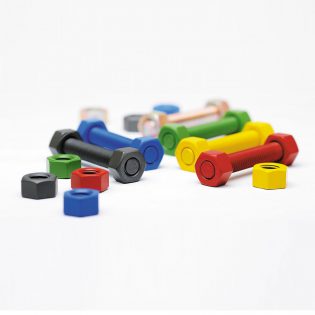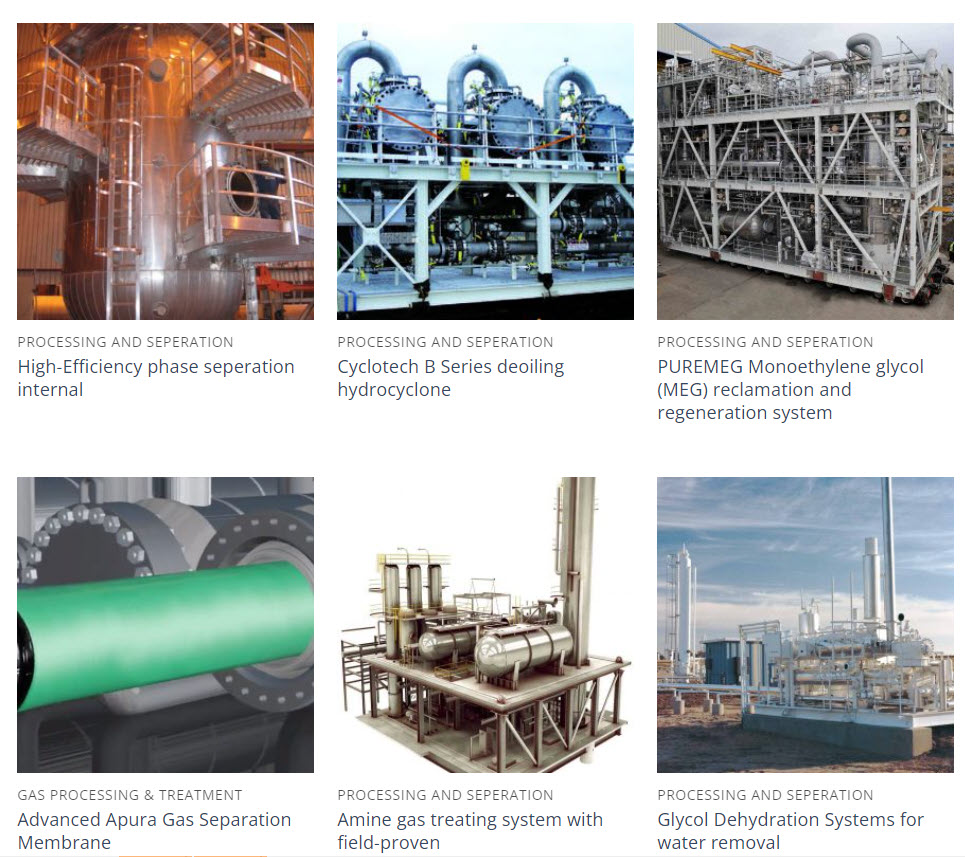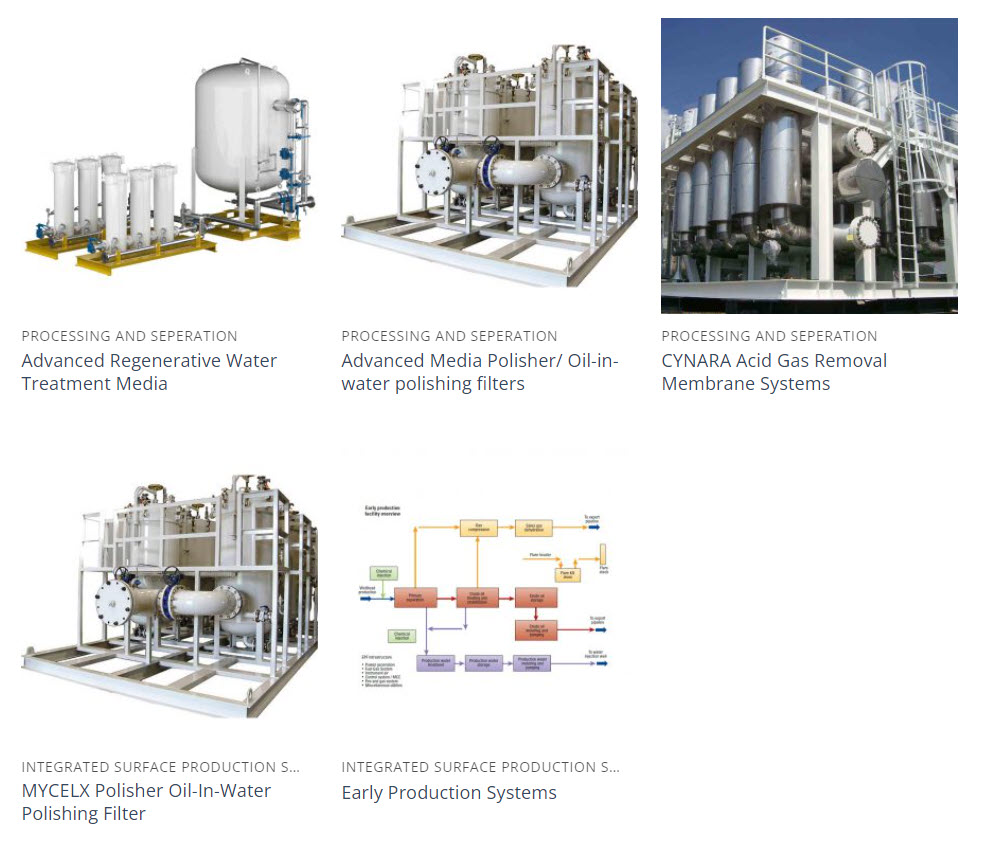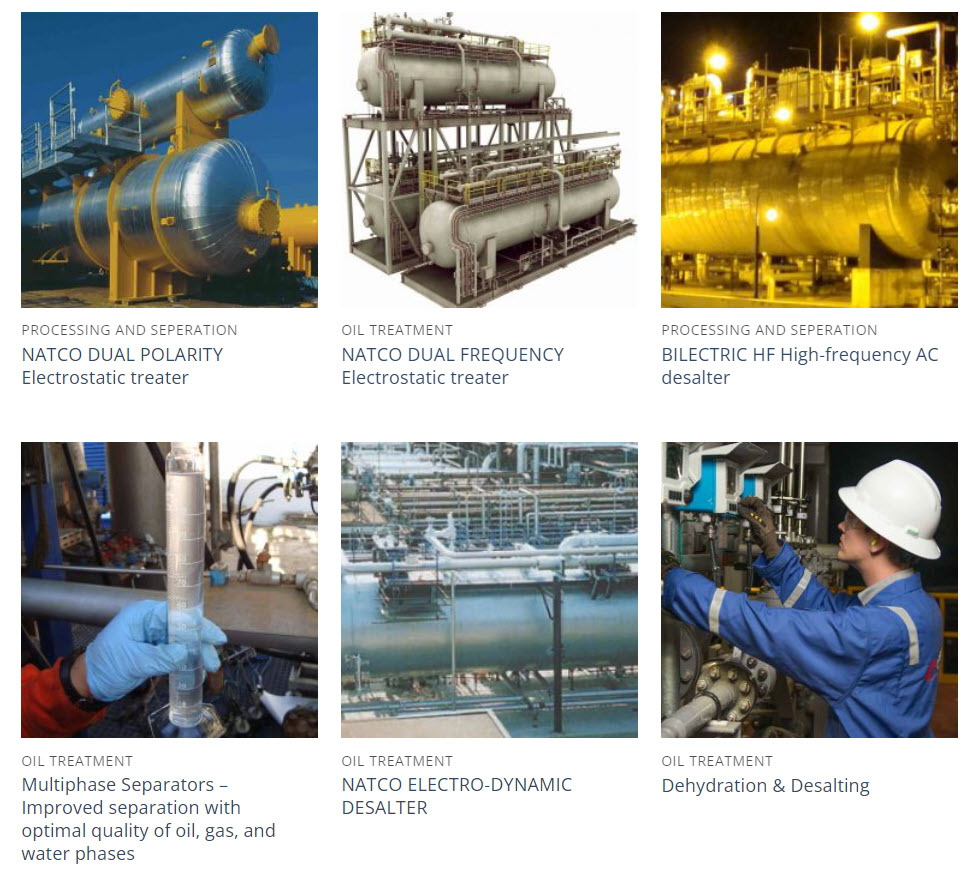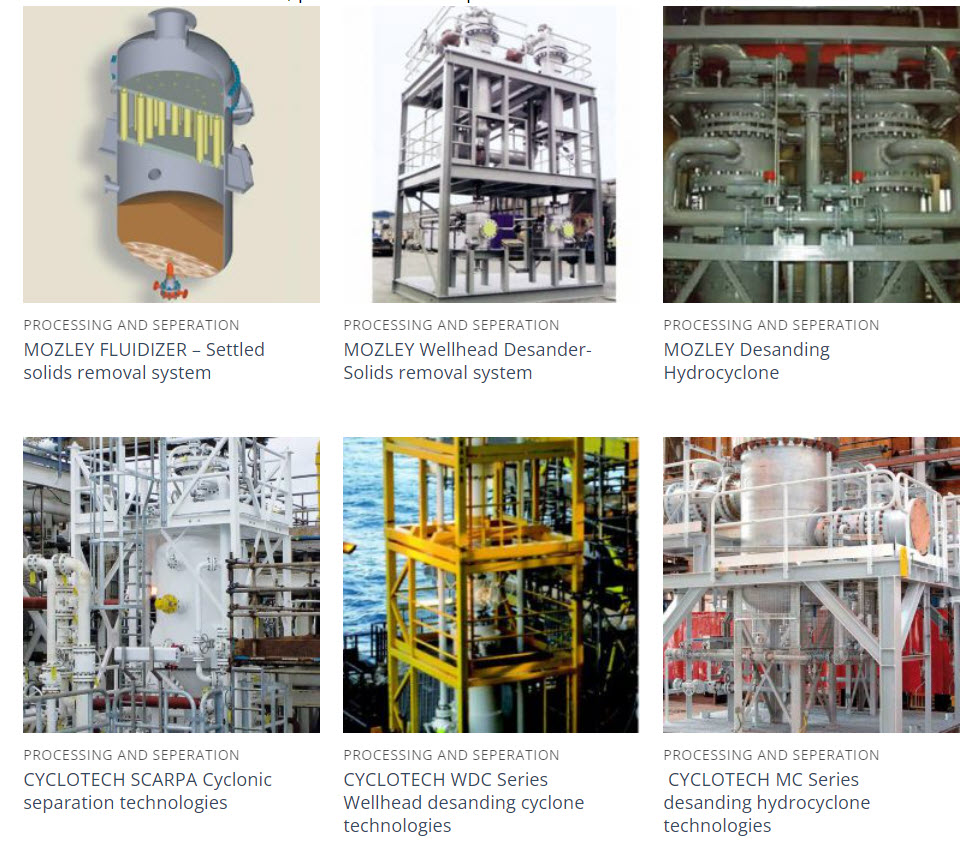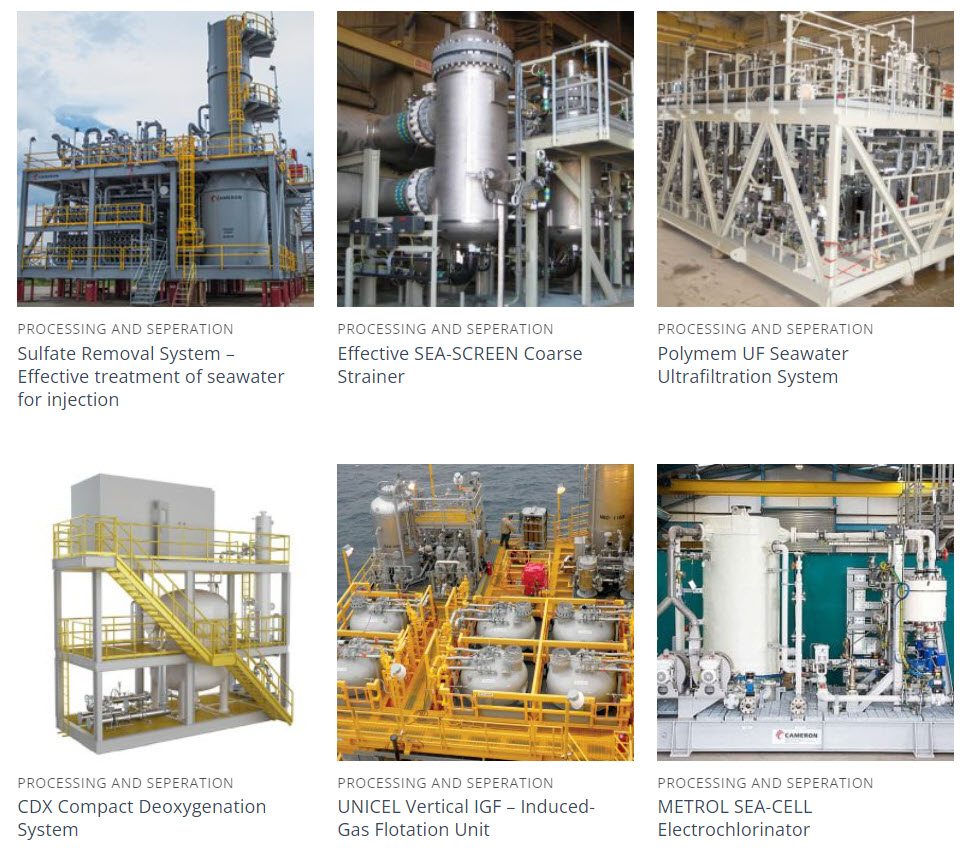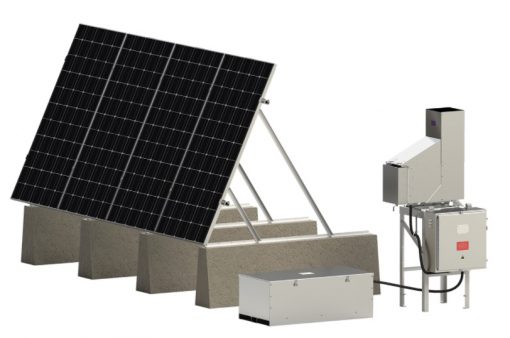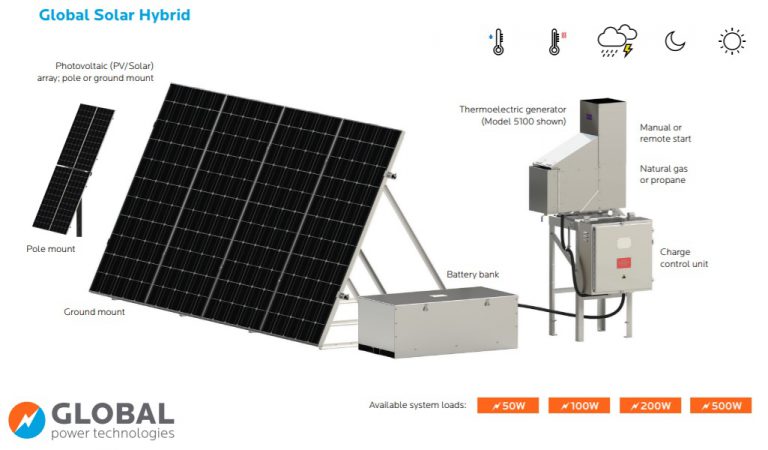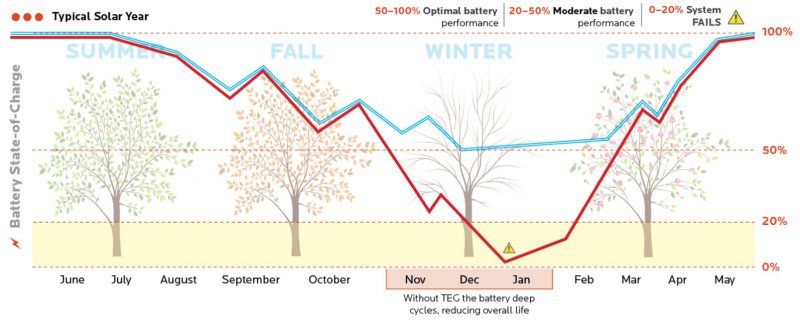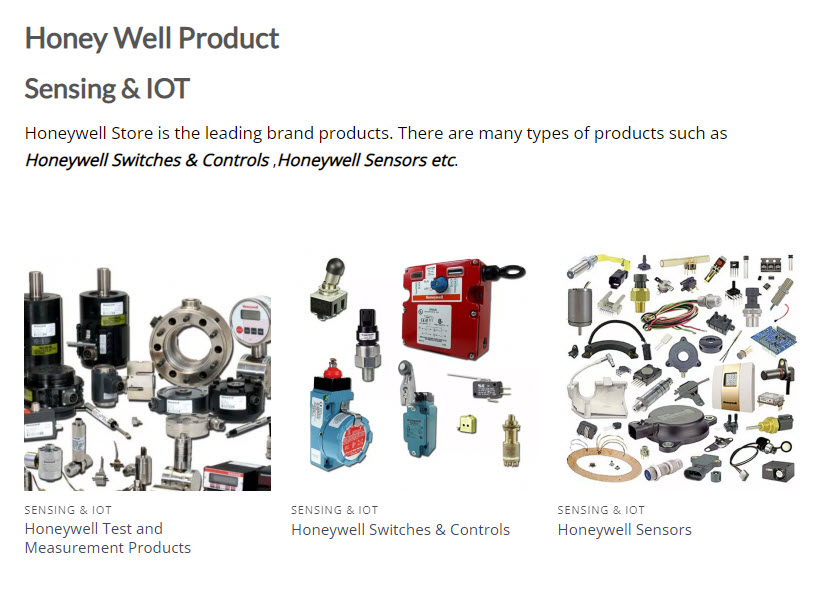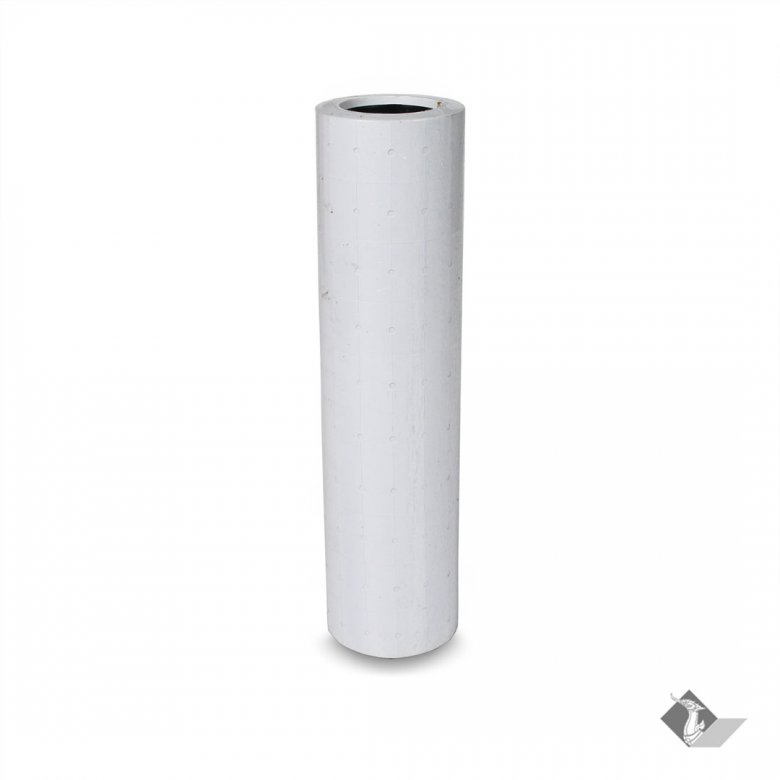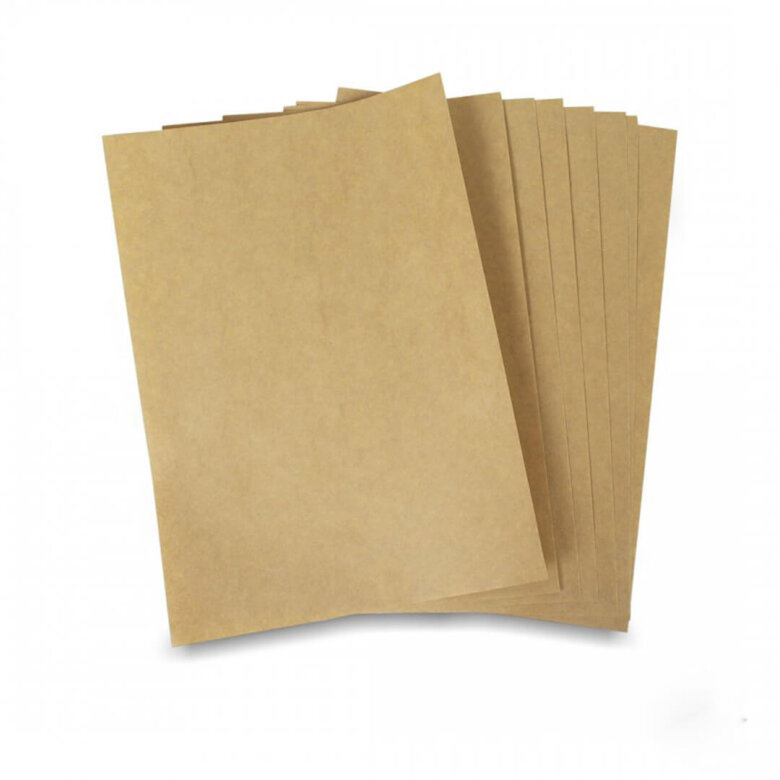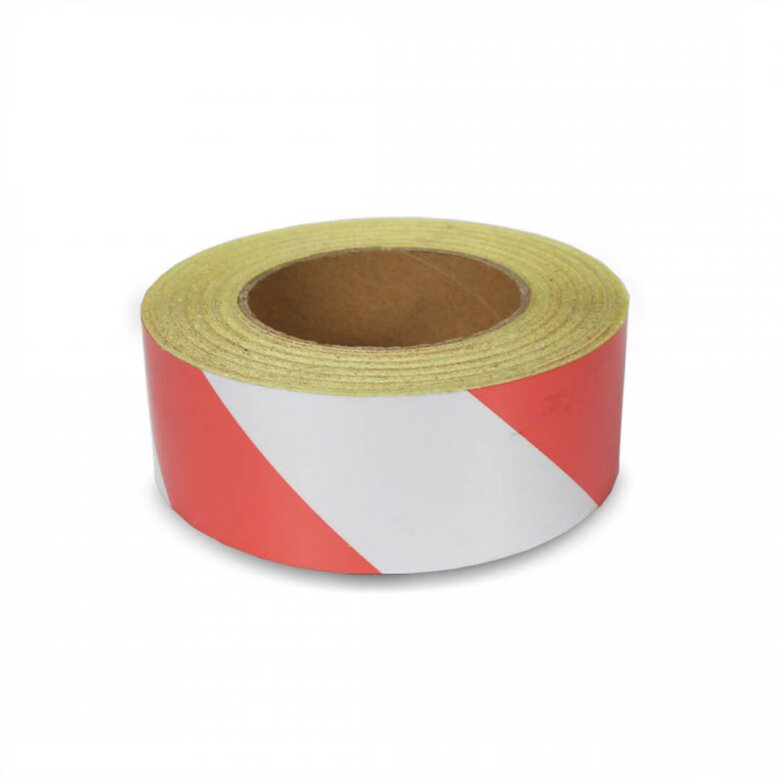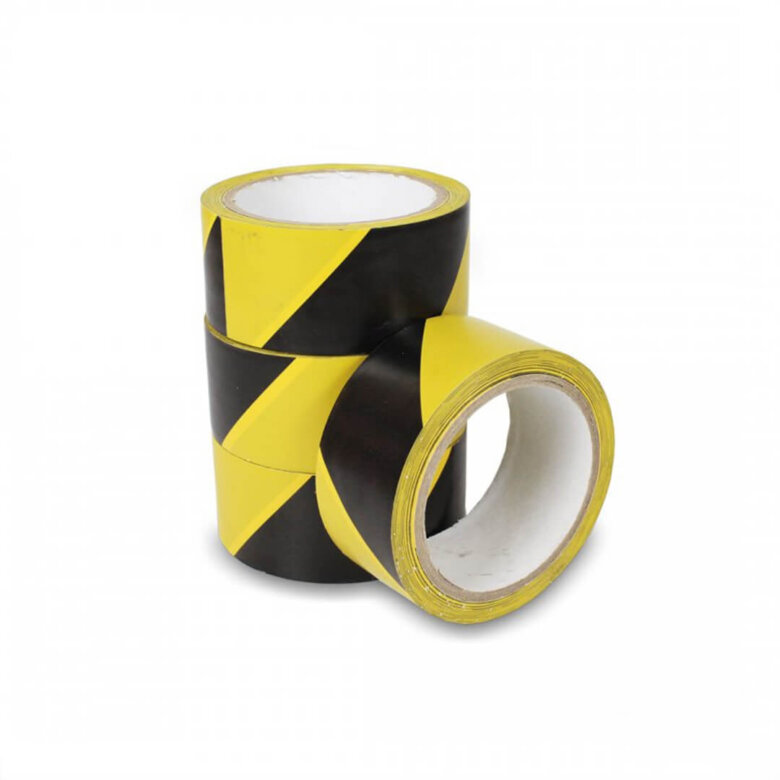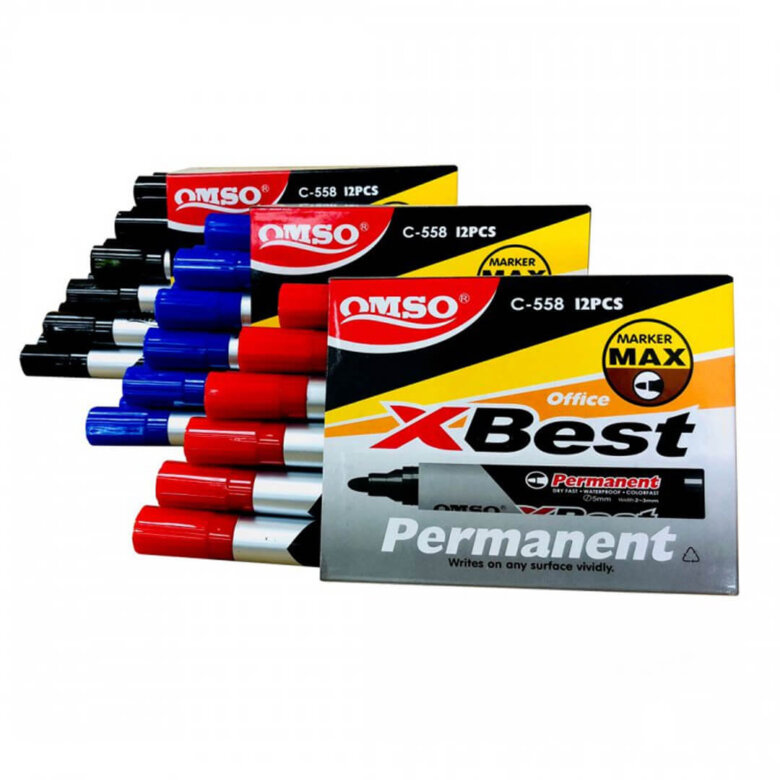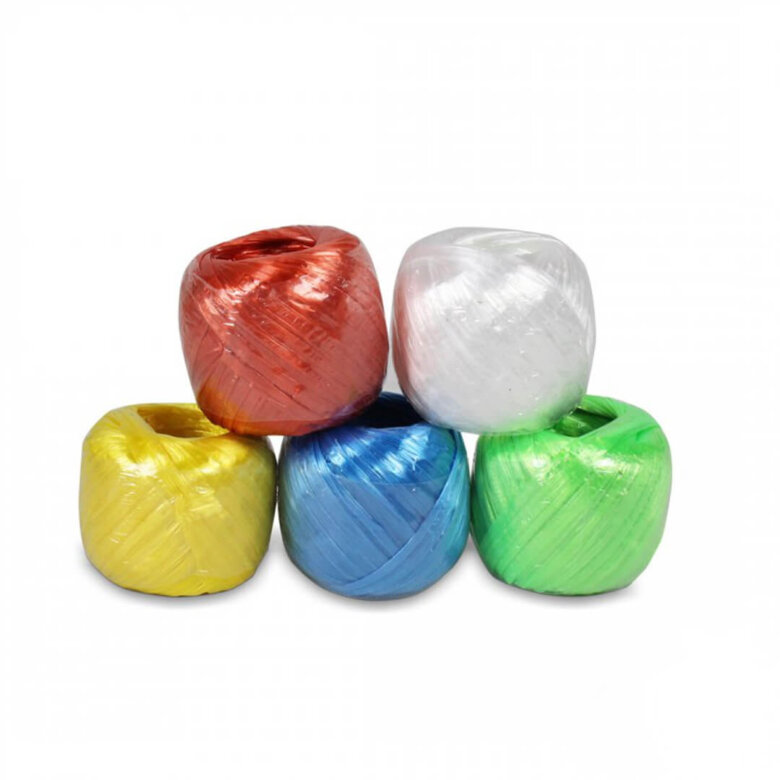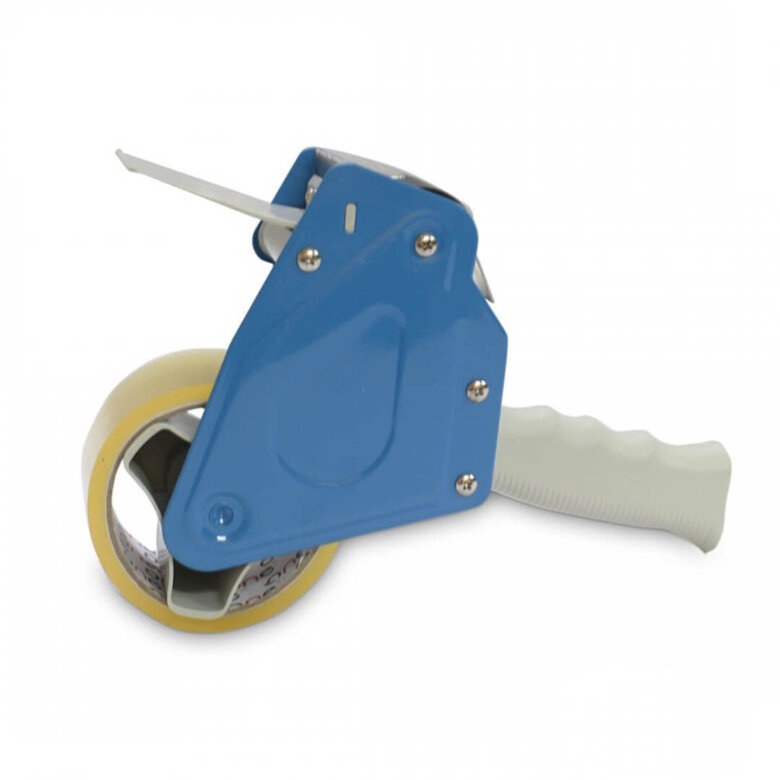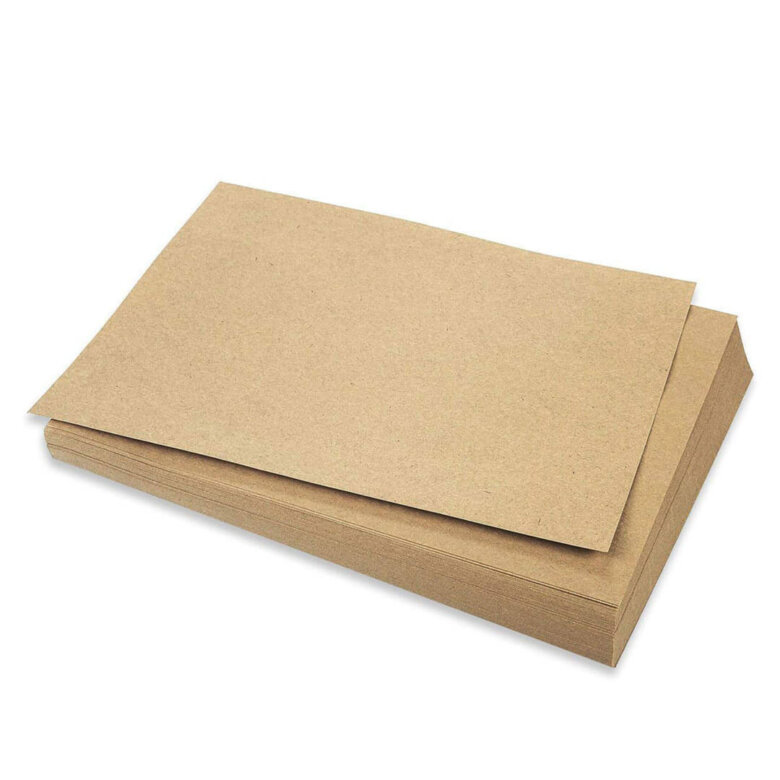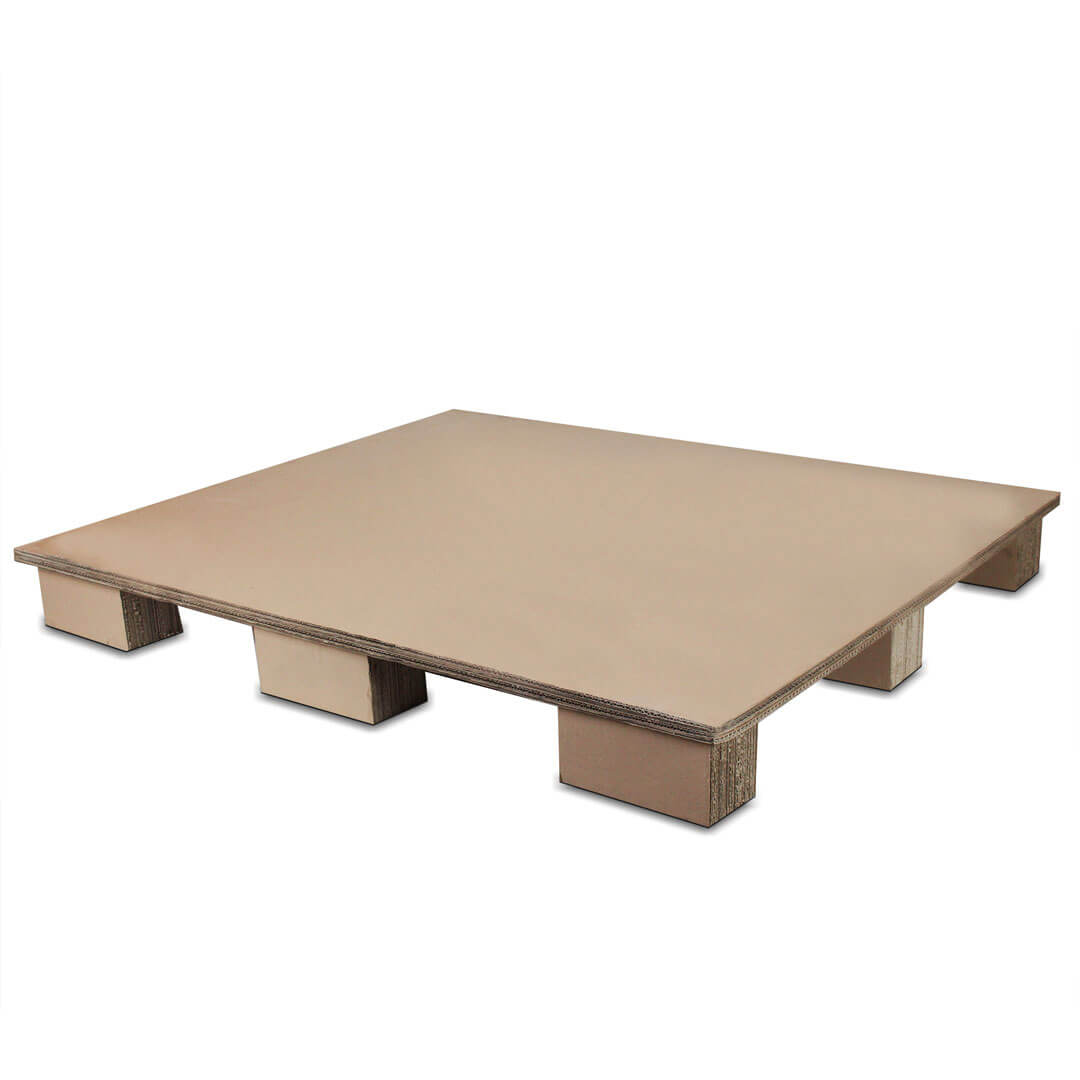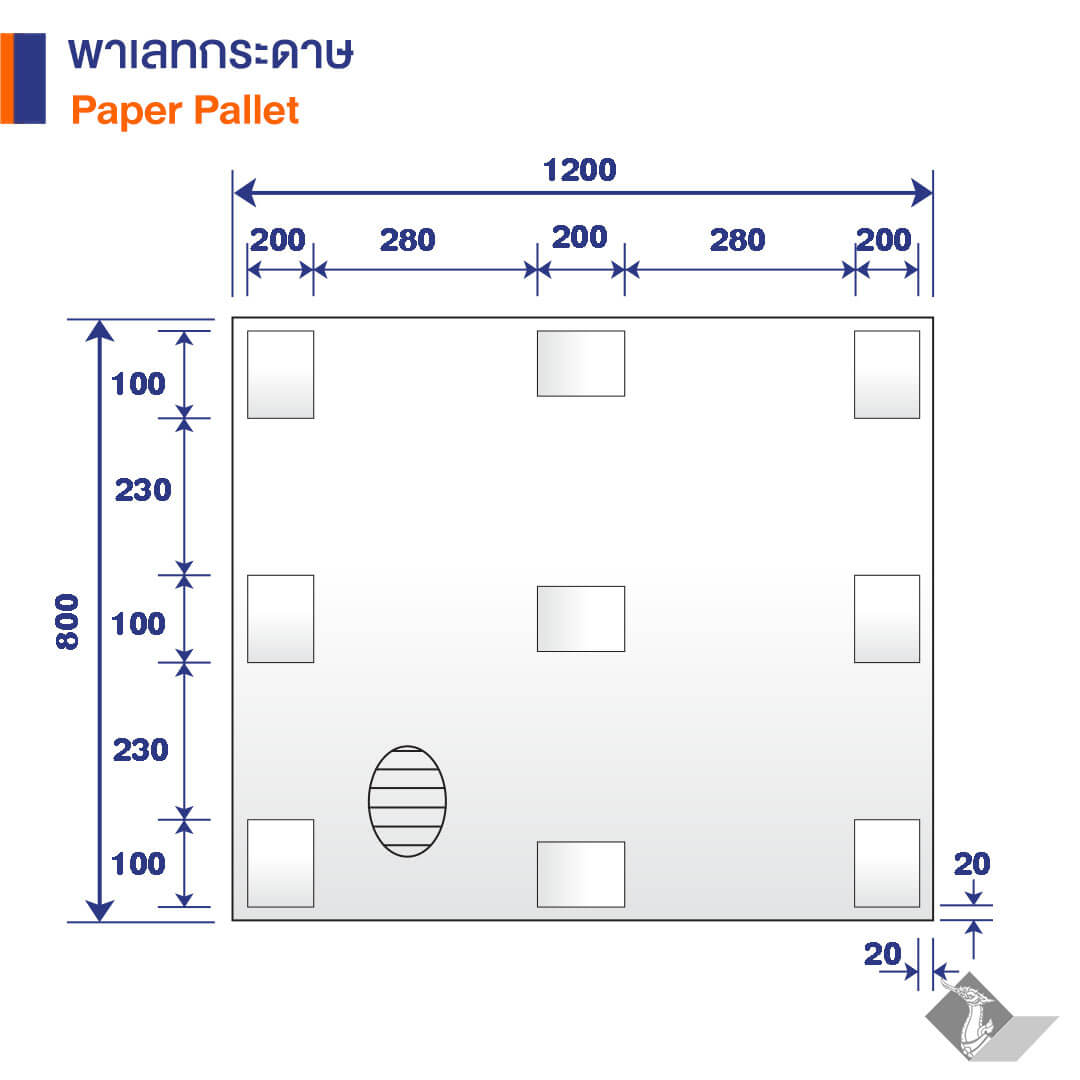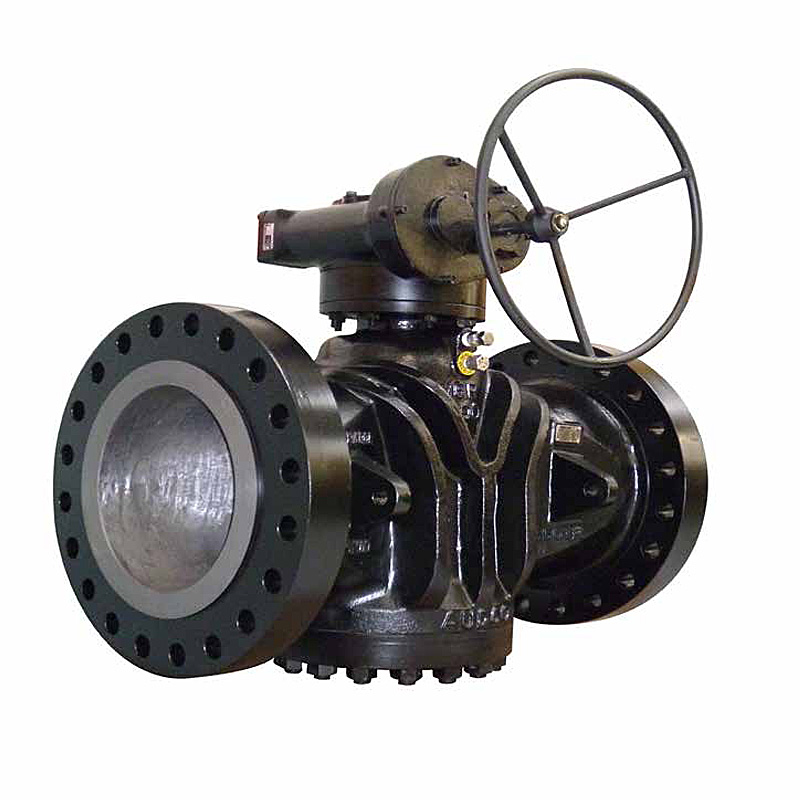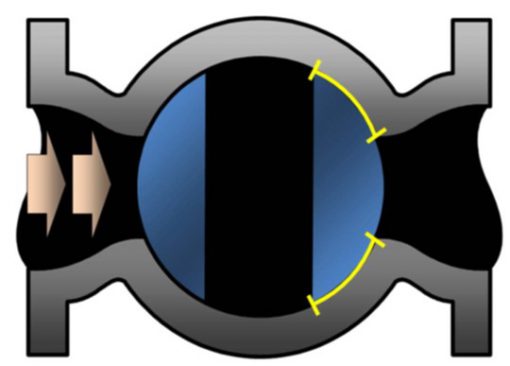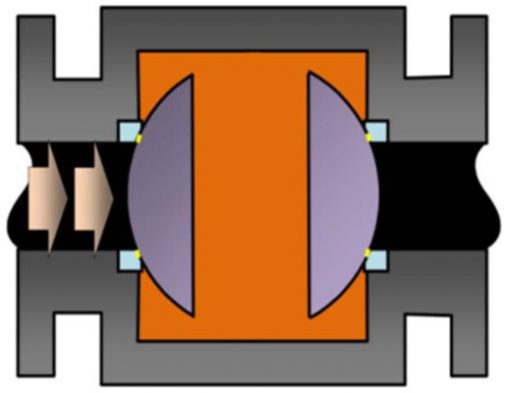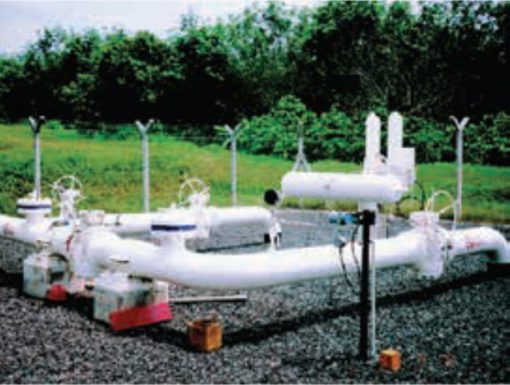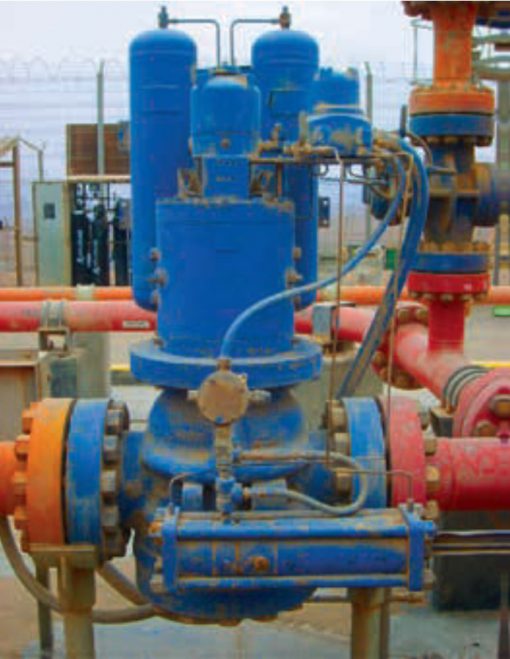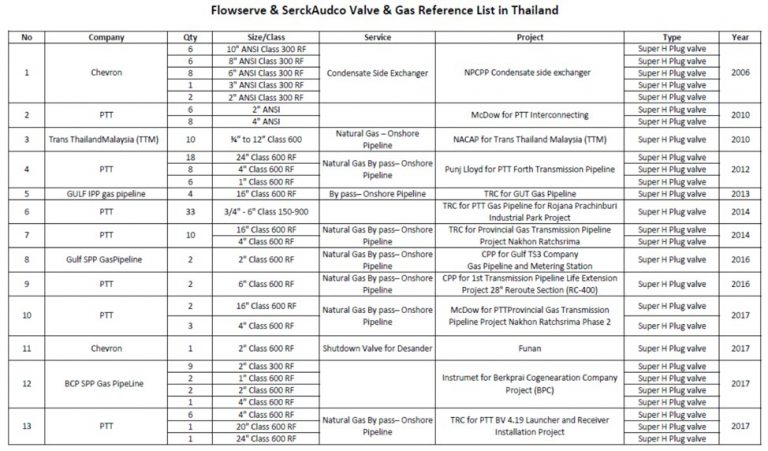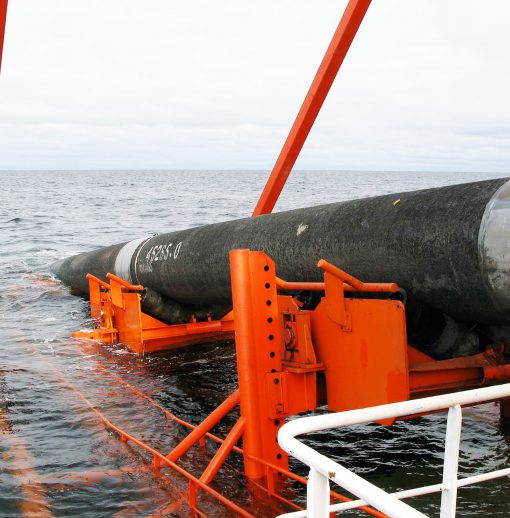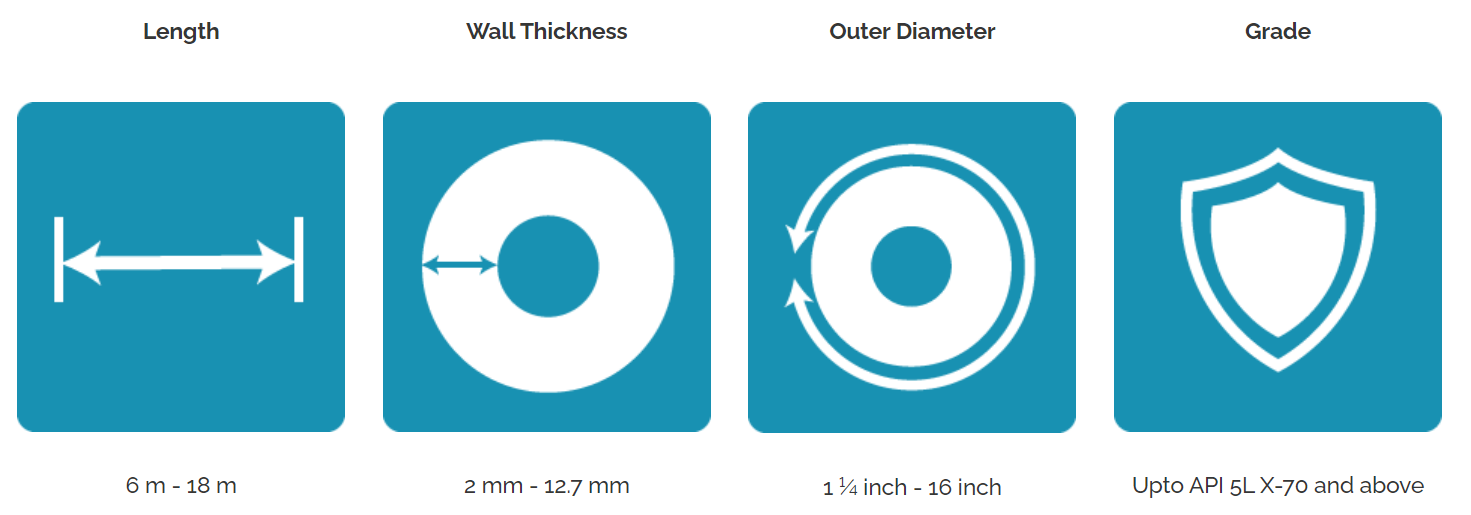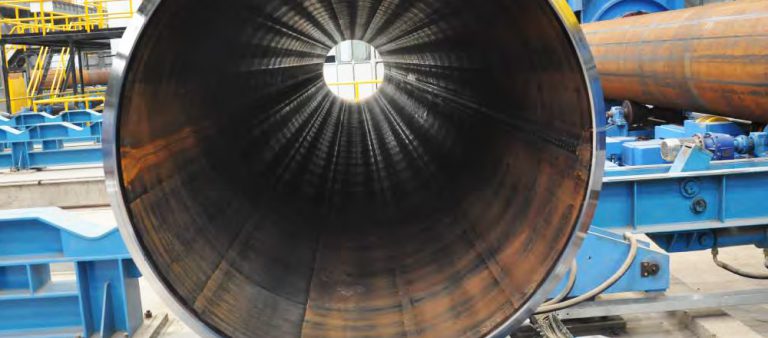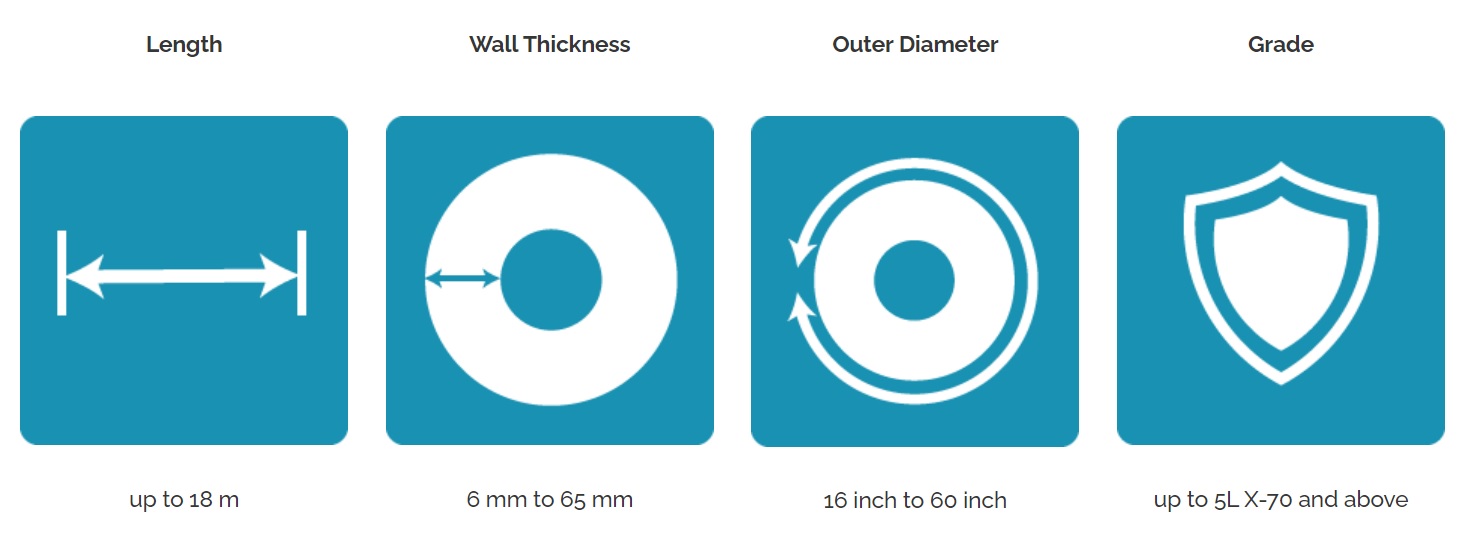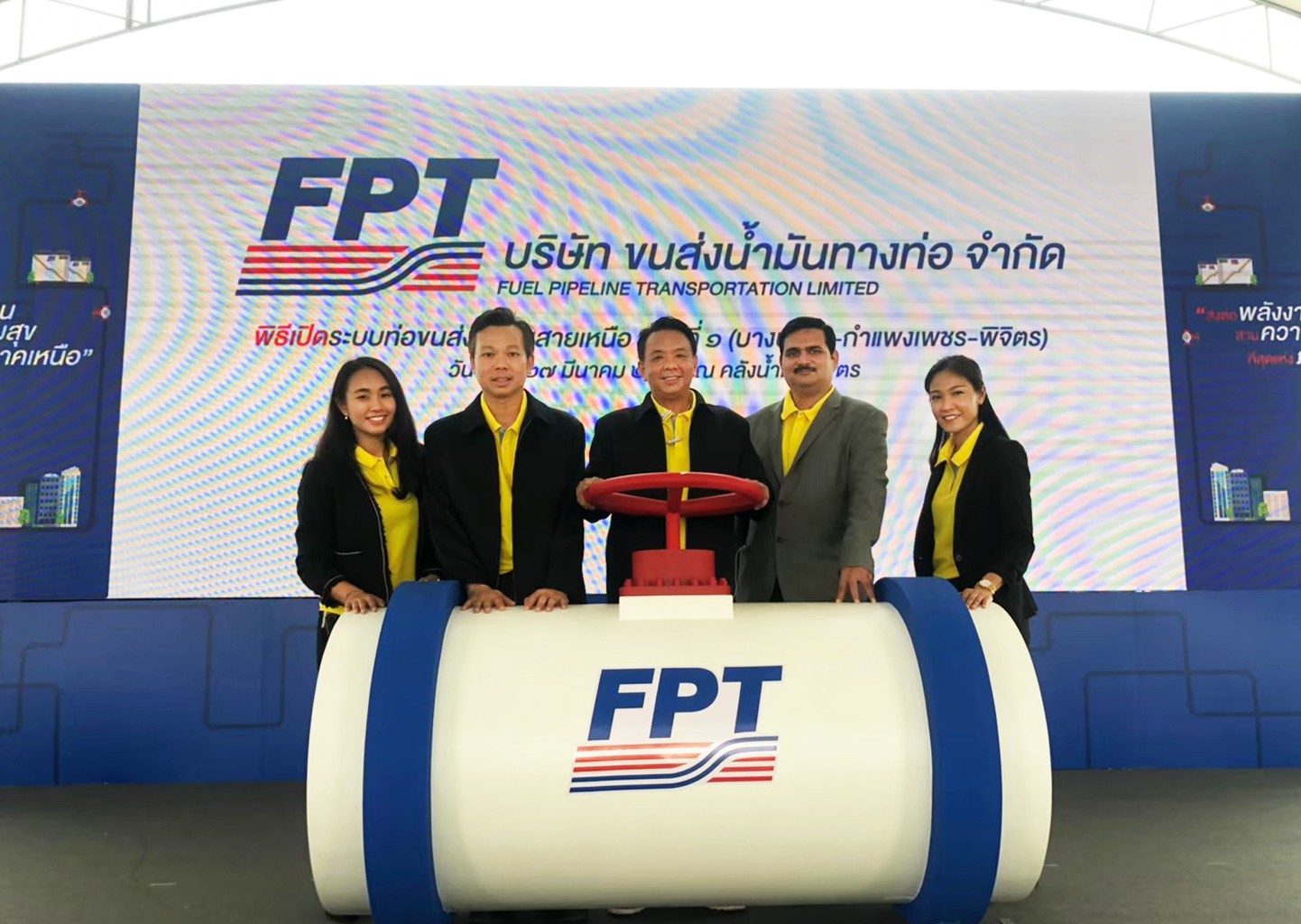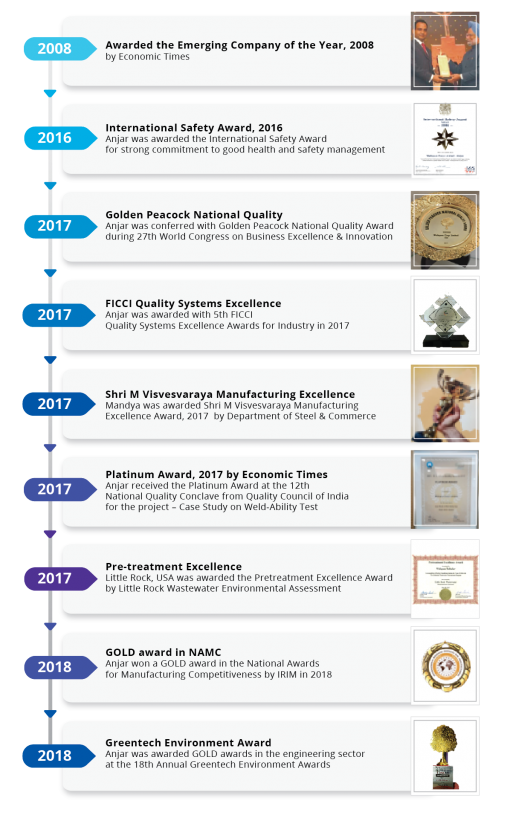201
บรรจุภัณฑ์ | Packaging / Re: Thaifoodpackaging บรรจุภัณฑ์อาหารและเครื่องดื่ม โปรโมชั่นดี มีบริการจัดส่งฟรี !!
« เมื่อ: มกราคม 10, 2022, 10:13:16 PM »
กระดาษคราฟท์ คือ
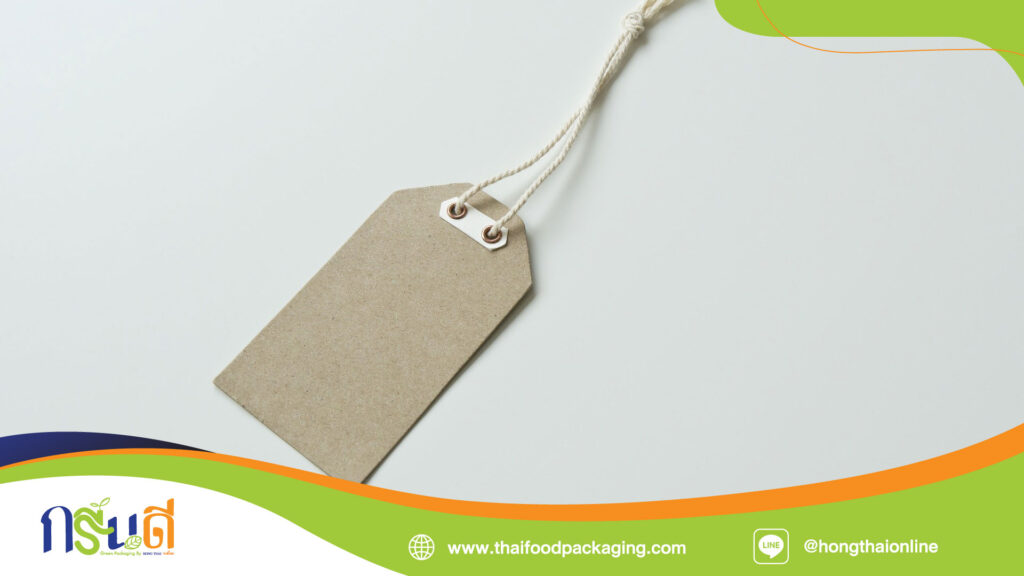
กระดาษคราฟท์ เป็นที่รู้จักกันดีว่าถูกนำมาใช้ในด้านบรรจุภัณฑ์อาหาร กระดาษ อยู่บ่อยครั้ง และเป็นที่นิยมสูง ด้วยความที่มีราคาไม่สูงและยังทนทาน ทั้งยังสามารถย่อยสลายได้ ทำให้ผู้คนต่างก็หันมาใช้งานกัน เพราะฉะนั้นวันนี้ผมจึงขอมาอธิบายถึงข้อมูลต่างๆของตัวกระดาษคราฟท์ให้ได้ทราบกันว่า คืออะไร ผลิตมาจากไหน และมีประโยชน์มากแค่ไหน ไปดูกันเลย
กระดาษคราฟท์ คือ
กระดาษคราฟท์ (Kraft Paper) คือ กระดาษที่ผ่านกระบวนการคราฟท์ จากเครื่องผลิตเยื่อเคมี เพื่อที่จะช่วยให้เนื้อไม้ถูกแปรสภาพมาเป็นเยื่อกระดาษไม้ ด้วยเทคโนโลยีนี้จะใช้ทั้งสารเคมี และความร้อนในการทำแยกเยื่อไม้ออก ทำให้ได้กระดาษที่มีความแข็งแรง ทนทาน และมีความยื่นหยุ่นสูงและเป็นที่รู้จักกันดีในชื่อกระดาษคราฟท์ กระบวนการเหล่านี้จึงถูกเรียกว่ากระบวนการคราฟท์
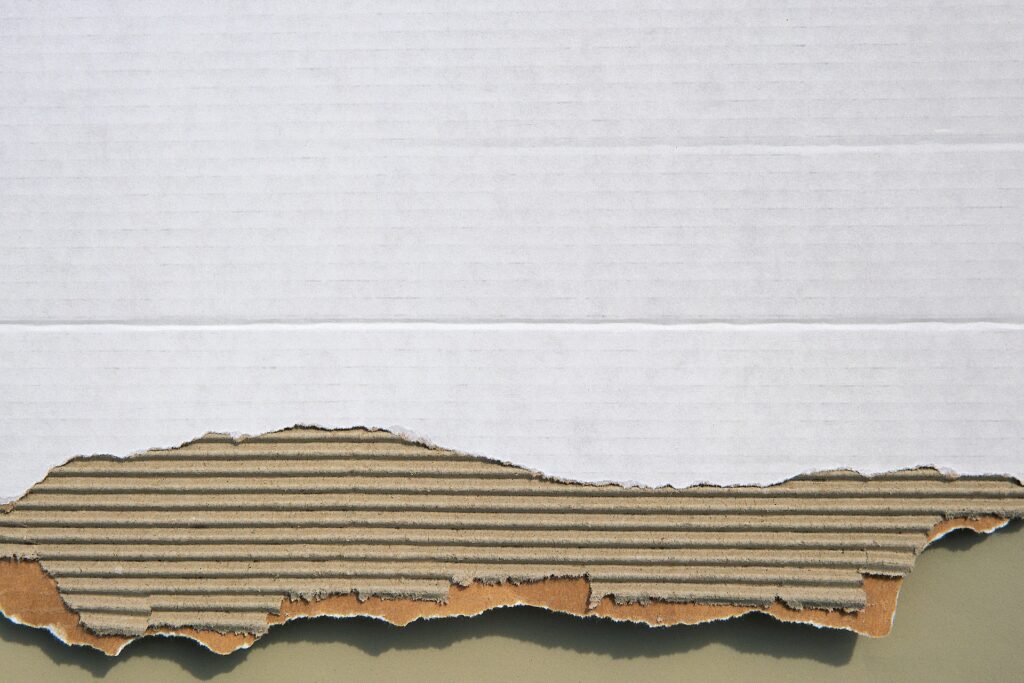
โดยหากพูดถึงความาหมายของกระดาษคราฟท์ตามหลักสากลแล้วนั้นจะหมายถึง กระดาษที่ถูกผลิตมาจากเยื่อซัลเฟต หรือในขั้นตอนกระบวนการผลิตจำเป็นจะต้องมีเยื่อซัลเฟตเป็นส่วนประกอบไม่ต่ำไปกว่าร้อยละ 80 จึงจะนับว่าเป็นกระดาษคราฟท์ได้
ซึ่งส่วนมากจะนิยมนำกระดาษคราฟท์ไปใช้งานในด้านการห่อสิ่งของ ใช้เป็นถุง และนำไปทำเป็นแผ่นผิวกระดาษลูกฟูกโดยความที่เนื้อกระดาษนั้นมีความเหนียว ทนทาน และยังสามารถเปลี่ยนสีของตัวกระดาษได้ตามเนื้อไม้ที่นำมาแปรรูปนั่นเอง
ประโยชน์ของกระดาษคราฟท์
กระดาษคราฟท์เป็นที่รู้จักกันดีในด้านการนำมาใช้เพื่อเป็นบรรจุภัณฑ์ต่างๆที่มีราคาถูก แต่นอกเหนือจากนั้นล่ะ! กระดาษคราฟท์จะมีประโยชน์อื่นๆอะไรบ้าง ไปหาคำตอบกันเลย
1. กระดาษคราฟท์ ถูกผลิตมาจากเยื่อไม้ที่เป็นวัสดุจากธรรมชาติ ทำให้ย่อยสลายได้และยังเป็นมิตรต่อสิ่งแวดล้อมนั่นเอง
2. กระดาษคราฟท์ เทียบกับราคาแล้วนั้น ถือได้ว่าเป็นกระดาษที่มีความทนทาน แข็งแรง หยืดหยุ่นมากกว่ากระดาษชนิดอื่นๆ
3. กระดาษดราฟท์ ยังถูกนำมาประยุกต์ใช้งาน หรือผลิตเป็นบรรจุภัณฑ์ต่างๆได้หลากหลาย
4. ชนิดไม้ที่นิยมนำมาทำกระดาษดราฟท์จะมีตั้งแต่ ไผ่, ปอ, ยูคาลิปตัสและสนล้วนแล้วเป็นไม้โตเร็วทำให้สามารถปลูกทดแทนได้ง่าย
5. กระดาษคราฟท์จะมีกระบวนการผลิตที่ทำให้สามารถนำกลับมารีไซเคิลหรือใช้ซ้ำอีกได้
6. กระดาษคราฟท์ ถูกใช้ผลิตเป็นสิ่งต่างๆได้นอกเหนือจากบรรจุภัณฑ์ เช่น กระดาษห่อของ ที่คั่นหนังสือ ป้ายแท็กสินค้า และอื่นๆอีกมาก
กระดาษคราฟท์ส่งผลอย่างไรต่อธุรกิจ
กระดาษคราฟท์จำเป็นต่อธุรกิจในหลายๆด้าน ดังต่อไปนี้
1. บรรจุภัณฑ์ที่ผลิตจากกระดาษคราฟต์นั้นเป็นมิตรต่อสิ่งแวดล้อม รวมถึงยั้งย่อยสลายได้ตามธรรมชาติโดยใช้เวลาไม่นาน ทำให้ธุรกิจที่ใช้กระดาษคราฟท์เป็นหลักจะช่วยสร้างภาพลักษณ์ที่ดีได้
2. บรรจุภัณฑ์จากกระดาษคราฟต์ มีราคาต้นทุนที่ถูก ทำให้ช่วยลดค่าใช้จ่ายได้
3. ความแข็งแรงของกระดาษคราฟต์ มีมากกว่ากระดาษทั่วไป และถูกนิยมนำมาใช้เป็นบรรจุภัณฑ์ได้ดี
4. บรรจุภัณฑ์ที่ถูกผลิตขึ้นจากกระดาษดราฟท์ จะสามารถนำกลับมารีไซเคิลหรือใช้ใหม่ได้ หรือหากต้องการก็ยังสามารถนำไปแปรรูปเป็นบรรจุภัณฑ์อื่นๆเพื่อใช้กับธุรกิจของท่านได้
5. บรรจุภัณฑ์จากกระดาษดราฟท์ออกแบบได้หลากหลาย ทำให้สร้างความโดดเด่นหรือเพิ่มมูลค่าให้กับชิ้นงาน และผลิตภัณฑ์ต่างๆจากธุรกิจของท่านได้อีกด้วย
ประเภทของกระดาษคราฟท์
กระดาษคราฟท์ที่ถูกแปลรูปมาจากเนื้อไม้นั้นจะมีความแตกต่างกันออกไปตามสีของเนื้อไม้ แต่หากมีความต้องการสีอื่นๆก็ยังสามารถนำกระดาษมาฟอกขาวก่อนแล้วจึงนำไปทำเป็นสีที่ต้องการก็ได้ หรือหากต้องการนำตัวกระดาษคราฟท์ไปใช้สำหรับงานพิมพ์ก็ได้
เพื่อตอบโจทย์ความต้องการของการใช้งานแต่ละท่าน กระดาษคราฟท์จึงถูกผลิตออกมาให้ใช้งานได้หลากหลาย โดยประเภทของกระดาษคราฟท์ขั้นตั้นจะมีดังต่อไปนี้
กระดาษคราฟท์ ประเภท KW สีขาว
กระดาษคราฟท์ ประเภท KW จะมีสีผิวขาว นิยมใช้สำหรับเป็นบรรจุภัณฑ์ที่ต้องการความแข็งแรงเป็นพิเศษ เนื่องจากพื้นผิวมีความเรียบ สวย ทำให้เหมาะสำหรับงานพิมพ์ต่างๆ
(น้ำหนักมาตราฐาน :170g. กรัม/ตารางเมตร)
กระดาษคราฟท์ ประเภท KA สีเหลืองทอง
กระดาษคราฟท์ ประเภท KA มีผิวสีเหลืองทอง คุณสมบัติของกระดาษประเภทนี้จะสามารถทนต่อความชื้นได้ดี รับน้ำหนักได้มาก ทั้งยังสามารถพิมพ์งานลวดลายต่างๆได้สวยเช่นกัน
( น้ำหนักมาตราฐาน : 125, 150, 185, 230 กรัม/ตารางเมตร )
กระดาษคราฟท์ ประเภท KC สีเหลืองทอง
กระดาษคราฟท์ ประเภท KC จะมีสีผิวเหลืองทอง มีความสามารถในการกันความชื้นได้ดี เข้าห้องเย็นได้ และมีสีที่สวยงามทำให้ถูกนำไปใช้งานอย่างหลากหลาย แต่บ่อยครั้งพบว่าถูกนำไปใช้สำหรับทำเป็นกล่องเพื่อรองรับพัสดุอุปโภคและบริโภค
(น้ำหนักกระดาษ 125g. 150g. 185g. 230g. กรัม/ตารางเมตร)
กระดาษคราฟท์ ประเภท KT สีน้ำตาลธรรมชาติ
กระดาษคราฟท์ ประเภท จะมีสีน้ำตาลธรรมชาติ KT เป็นกระดาษคราฟท์ที่ถูกผลิตจากเยื่อไม้ Recycled แท้ 100% มีความแข็งแรงค้อนข้างสูงสามารถวางตั้งเป็นชั้นได้ ทำให้เหมาะกับนำไปใช้งานที่หลากหลายเช่นกัน
กระดาษคราฟท์ ประเภท KI สีเหลืองอ่อนธรรมชาติ
กระดาษคราฟท์ ประเภท KI มีสีผิวเหลืองอ่อนธรรมชาติ นิยมนำมาใช้ทำเป็นกล่องเพื่อใส่พัสดุขนาดเล็ก เพราะไม่มีความแข็งแรงเท่ากระดาษชนิดอื่นๆ แต่ด้วยความที่นำมาเป็นกล่องขนาดเล็กก็จะช่วยให้จัดเรียงและวางซ้อนได้ จากความสามารถในการทนทานต่อแรงกด และยังทนต่อความชื่นในอากาศได้พอประมาณนั่นเอง
( น้ำหนักมาตราฐาน : 125, 150, 185 กรัม/ตารางเมตร )
กระดาษคราฟท์ ประเภท KII สีเหลืองอ่อนธรรมชาติ
กระดาษคราฟท์ ประเภท KII จะมีสีผิวเหลืองอ่อนธรรมชาติ เป็นกระดาษคราฟท์ยอดนิยมนิยที่ถูกนำมาใช้กับการทำเป็นกล่องเพื่อใส่พัสดุขนาดเล็กเช่นเดียวกันกับ KI แต่มีความแข็งแรงน้อยกว่า กลับกันก็มีข้อดีในด้านราคาที่ถูกกว่ากระดาษคราฟท์ชนิดอื่นๆทำให้ช่วยให้ลดต้นทุนได้เป็นอย่างดี
(น้ำหนักมาตราฐาน : 125g. 150g. 185g. กรัม/ตารางเมตร)
กระดาษคราฟท์ ประเภท KK สีเหลืองอ่อนธรรมชาติ
กระดาษคราฟท์ ประเภท KK มีสีผิวเหลืองอ่อนธรรมชาตื เป็นกระดาษเกรดต่ำที่มีราคาถูก แต่ถึงแม้ยังงั้นก็ยังคงมีความแข็งแรงระดับหนึง จะถูกนำไปใช้กับพัสดุจำพวกกล่องลังทั่วๆไป
( น้ำหนักมาตราฐาน : 125, 150,185 กรัม/ตารางเมตร )
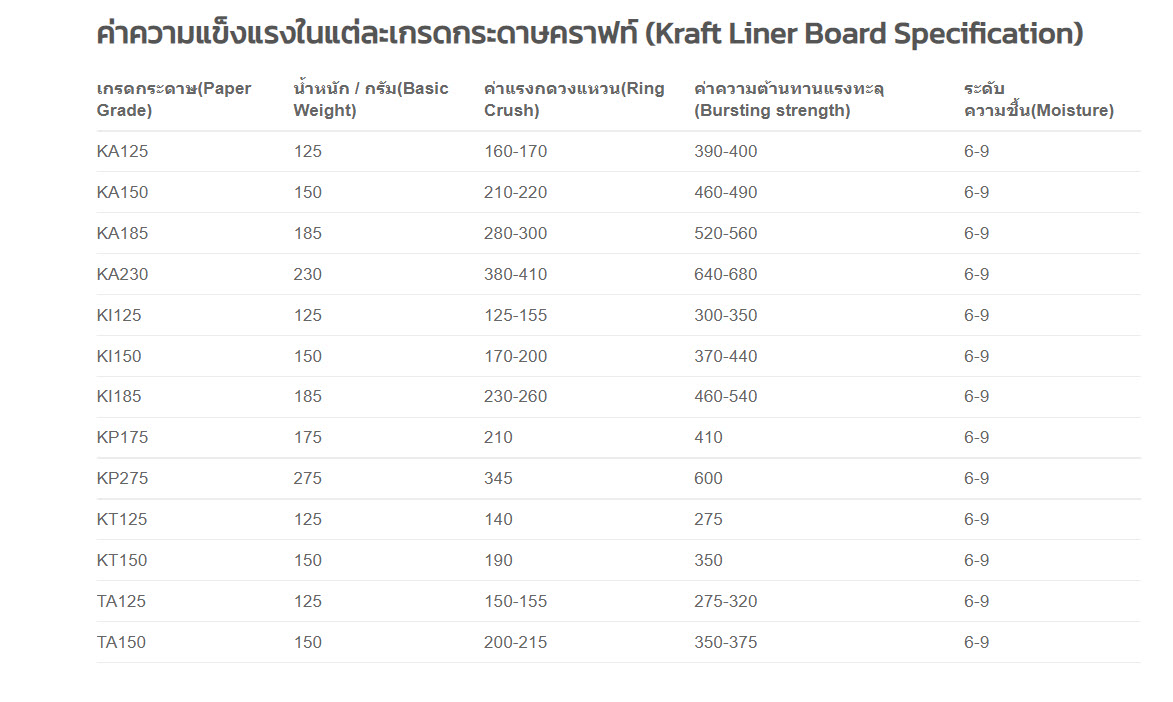
ข้อดี-ข้อเสีย กระดาษคราฟท์ (Kraft Paper)
แน่นอนถึงแม้ว่ากระดาษคราฟท์จะถูกออกแบบมาให้มีประโยชน์ เหมาะกับการนำไปใช้ตามความต้องการของผู้ใช้งานอย่างไร แต่ก็ไม่ใช่ว่าจะมีแต่ข้อดีซะทีเดียว เพราะฉะนั้นผมจะมาบอกถึงข้อดีและข้อเสียของกระดาษคราฟท์แบบกว้างๆ ให้เข้าใจกัน จะมีอะไรบ้างนั้นไปดูกัน
ข้อดี กระดาษคราฟท์
- ตัวกระดาษคราฟท์มีความสามารถแข็งแรง ทนทานสูงกว่ากระดาษทั่วๆไป จึงเหมาะกับการนำไปใช้เป็นบรรจุภัณฑ์
- ตัวกระดาษคราฟท์มีน้ำหนักที่เบา ยิดหยุ่น ทำให้สามารถรองรับน้ำหนักมที่มากได้
- ส่วนของพื้นผิวกระดาษมีความเรียบเนียน เหมาะกับงานพิมพ์โฆณาให้กับแบรนด์
- กระดาษคราฟท์เป็นวัสดุรักโลกที่สามารถนำกลับมารีไซเคิลใหม่ และยังสามารถย่อยสลายได้ด้วยเวลาอันรวดเร็ว
- ด้วยความที่เป็นกระดาษทำให้สามารถนำไปแปรูปเป็นสิ่งต่างๆได้ง่าย
- ราคาที่ถูก
ข้อเสีย กระดาษคราฟท์
- ตัวกระดาษคราฟท์ไม่สามารถที่จะทนต่อการซึมของน้ำได้
- ถึงแม้จะมีความแข็งแรงในเรื่องการกดทับ แต่ก็ไม่สามารถทนทานต่อการแรงเจาะทะลุได้ดีนัก
- กระดาษคราฟท์จะไม่สามารถทนต่อความชื้นปริมาณมากได้ดีนัก
https://thaifoodpackaging.com/blog/kraft-paper-is/

กระดาษคราฟท์ เป็นที่รู้จักกันดีว่าถูกนำมาใช้ในด้านบรรจุภัณฑ์อาหาร กระดาษ อยู่บ่อยครั้ง และเป็นที่นิยมสูง ด้วยความที่มีราคาไม่สูงและยังทนทาน ทั้งยังสามารถย่อยสลายได้ ทำให้ผู้คนต่างก็หันมาใช้งานกัน เพราะฉะนั้นวันนี้ผมจึงขอมาอธิบายถึงข้อมูลต่างๆของตัวกระดาษคราฟท์ให้ได้ทราบกันว่า คืออะไร ผลิตมาจากไหน และมีประโยชน์มากแค่ไหน ไปดูกันเลย
กระดาษคราฟท์ คือ
กระดาษคราฟท์ (Kraft Paper) คือ กระดาษที่ผ่านกระบวนการคราฟท์ จากเครื่องผลิตเยื่อเคมี เพื่อที่จะช่วยให้เนื้อไม้ถูกแปรสภาพมาเป็นเยื่อกระดาษไม้ ด้วยเทคโนโลยีนี้จะใช้ทั้งสารเคมี และความร้อนในการทำแยกเยื่อไม้ออก ทำให้ได้กระดาษที่มีความแข็งแรง ทนทาน และมีความยื่นหยุ่นสูงและเป็นที่รู้จักกันดีในชื่อกระดาษคราฟท์ กระบวนการเหล่านี้จึงถูกเรียกว่ากระบวนการคราฟท์

โดยหากพูดถึงความาหมายของกระดาษคราฟท์ตามหลักสากลแล้วนั้นจะหมายถึง กระดาษที่ถูกผลิตมาจากเยื่อซัลเฟต หรือในขั้นตอนกระบวนการผลิตจำเป็นจะต้องมีเยื่อซัลเฟตเป็นส่วนประกอบไม่ต่ำไปกว่าร้อยละ 80 จึงจะนับว่าเป็นกระดาษคราฟท์ได้
ซึ่งส่วนมากจะนิยมนำกระดาษคราฟท์ไปใช้งานในด้านการห่อสิ่งของ ใช้เป็นถุง และนำไปทำเป็นแผ่นผิวกระดาษลูกฟูกโดยความที่เนื้อกระดาษนั้นมีความเหนียว ทนทาน และยังสามารถเปลี่ยนสีของตัวกระดาษได้ตามเนื้อไม้ที่นำมาแปรรูปนั่นเอง
ประโยชน์ของกระดาษคราฟท์
กระดาษคราฟท์เป็นที่รู้จักกันดีในด้านการนำมาใช้เพื่อเป็นบรรจุภัณฑ์ต่างๆที่มีราคาถูก แต่นอกเหนือจากนั้นล่ะ! กระดาษคราฟท์จะมีประโยชน์อื่นๆอะไรบ้าง ไปหาคำตอบกันเลย
1. กระดาษคราฟท์ ถูกผลิตมาจากเยื่อไม้ที่เป็นวัสดุจากธรรมชาติ ทำให้ย่อยสลายได้และยังเป็นมิตรต่อสิ่งแวดล้อมนั่นเอง
2. กระดาษคราฟท์ เทียบกับราคาแล้วนั้น ถือได้ว่าเป็นกระดาษที่มีความทนทาน แข็งแรง หยืดหยุ่นมากกว่ากระดาษชนิดอื่นๆ
3. กระดาษดราฟท์ ยังถูกนำมาประยุกต์ใช้งาน หรือผลิตเป็นบรรจุภัณฑ์ต่างๆได้หลากหลาย
4. ชนิดไม้ที่นิยมนำมาทำกระดาษดราฟท์จะมีตั้งแต่ ไผ่, ปอ, ยูคาลิปตัสและสนล้วนแล้วเป็นไม้โตเร็วทำให้สามารถปลูกทดแทนได้ง่าย
5. กระดาษคราฟท์จะมีกระบวนการผลิตที่ทำให้สามารถนำกลับมารีไซเคิลหรือใช้ซ้ำอีกได้
6. กระดาษคราฟท์ ถูกใช้ผลิตเป็นสิ่งต่างๆได้นอกเหนือจากบรรจุภัณฑ์ เช่น กระดาษห่อของ ที่คั่นหนังสือ ป้ายแท็กสินค้า และอื่นๆอีกมาก
กระดาษคราฟท์ส่งผลอย่างไรต่อธุรกิจ
กระดาษคราฟท์จำเป็นต่อธุรกิจในหลายๆด้าน ดังต่อไปนี้
1. บรรจุภัณฑ์ที่ผลิตจากกระดาษคราฟต์นั้นเป็นมิตรต่อสิ่งแวดล้อม รวมถึงยั้งย่อยสลายได้ตามธรรมชาติโดยใช้เวลาไม่นาน ทำให้ธุรกิจที่ใช้กระดาษคราฟท์เป็นหลักจะช่วยสร้างภาพลักษณ์ที่ดีได้
2. บรรจุภัณฑ์จากกระดาษคราฟต์ มีราคาต้นทุนที่ถูก ทำให้ช่วยลดค่าใช้จ่ายได้
3. ความแข็งแรงของกระดาษคราฟต์ มีมากกว่ากระดาษทั่วไป และถูกนิยมนำมาใช้เป็นบรรจุภัณฑ์ได้ดี
4. บรรจุภัณฑ์ที่ถูกผลิตขึ้นจากกระดาษดราฟท์ จะสามารถนำกลับมารีไซเคิลหรือใช้ใหม่ได้ หรือหากต้องการก็ยังสามารถนำไปแปรรูปเป็นบรรจุภัณฑ์อื่นๆเพื่อใช้กับธุรกิจของท่านได้
5. บรรจุภัณฑ์จากกระดาษดราฟท์ออกแบบได้หลากหลาย ทำให้สร้างความโดดเด่นหรือเพิ่มมูลค่าให้กับชิ้นงาน และผลิตภัณฑ์ต่างๆจากธุรกิจของท่านได้อีกด้วย
ประเภทของกระดาษคราฟท์
กระดาษคราฟท์ที่ถูกแปลรูปมาจากเนื้อไม้นั้นจะมีความแตกต่างกันออกไปตามสีของเนื้อไม้ แต่หากมีความต้องการสีอื่นๆก็ยังสามารถนำกระดาษมาฟอกขาวก่อนแล้วจึงนำไปทำเป็นสีที่ต้องการก็ได้ หรือหากต้องการนำตัวกระดาษคราฟท์ไปใช้สำหรับงานพิมพ์ก็ได้
เพื่อตอบโจทย์ความต้องการของการใช้งานแต่ละท่าน กระดาษคราฟท์จึงถูกผลิตออกมาให้ใช้งานได้หลากหลาย โดยประเภทของกระดาษคราฟท์ขั้นตั้นจะมีดังต่อไปนี้
กระดาษคราฟท์ ประเภท KW สีขาว
กระดาษคราฟท์ ประเภท KW จะมีสีผิวขาว นิยมใช้สำหรับเป็นบรรจุภัณฑ์ที่ต้องการความแข็งแรงเป็นพิเศษ เนื่องจากพื้นผิวมีความเรียบ สวย ทำให้เหมาะสำหรับงานพิมพ์ต่างๆ
(น้ำหนักมาตราฐาน :170g. กรัม/ตารางเมตร)
กระดาษคราฟท์ ประเภท KA สีเหลืองทอง
กระดาษคราฟท์ ประเภท KA มีผิวสีเหลืองทอง คุณสมบัติของกระดาษประเภทนี้จะสามารถทนต่อความชื้นได้ดี รับน้ำหนักได้มาก ทั้งยังสามารถพิมพ์งานลวดลายต่างๆได้สวยเช่นกัน
( น้ำหนักมาตราฐาน : 125, 150, 185, 230 กรัม/ตารางเมตร )
กระดาษคราฟท์ ประเภท KC สีเหลืองทอง
กระดาษคราฟท์ ประเภท KC จะมีสีผิวเหลืองทอง มีความสามารถในการกันความชื้นได้ดี เข้าห้องเย็นได้ และมีสีที่สวยงามทำให้ถูกนำไปใช้งานอย่างหลากหลาย แต่บ่อยครั้งพบว่าถูกนำไปใช้สำหรับทำเป็นกล่องเพื่อรองรับพัสดุอุปโภคและบริโภค
(น้ำหนักกระดาษ 125g. 150g. 185g. 230g. กรัม/ตารางเมตร)
กระดาษคราฟท์ ประเภท KT สีน้ำตาลธรรมชาติ
กระดาษคราฟท์ ประเภท จะมีสีน้ำตาลธรรมชาติ KT เป็นกระดาษคราฟท์ที่ถูกผลิตจากเยื่อไม้ Recycled แท้ 100% มีความแข็งแรงค้อนข้างสูงสามารถวางตั้งเป็นชั้นได้ ทำให้เหมาะกับนำไปใช้งานที่หลากหลายเช่นกัน
กระดาษคราฟท์ ประเภท KI สีเหลืองอ่อนธรรมชาติ
กระดาษคราฟท์ ประเภท KI มีสีผิวเหลืองอ่อนธรรมชาติ นิยมนำมาใช้ทำเป็นกล่องเพื่อใส่พัสดุขนาดเล็ก เพราะไม่มีความแข็งแรงเท่ากระดาษชนิดอื่นๆ แต่ด้วยความที่นำมาเป็นกล่องขนาดเล็กก็จะช่วยให้จัดเรียงและวางซ้อนได้ จากความสามารถในการทนทานต่อแรงกด และยังทนต่อความชื่นในอากาศได้พอประมาณนั่นเอง
( น้ำหนักมาตราฐาน : 125, 150, 185 กรัม/ตารางเมตร )
กระดาษคราฟท์ ประเภท KII สีเหลืองอ่อนธรรมชาติ
กระดาษคราฟท์ ประเภท KII จะมีสีผิวเหลืองอ่อนธรรมชาติ เป็นกระดาษคราฟท์ยอดนิยมนิยที่ถูกนำมาใช้กับการทำเป็นกล่องเพื่อใส่พัสดุขนาดเล็กเช่นเดียวกันกับ KI แต่มีความแข็งแรงน้อยกว่า กลับกันก็มีข้อดีในด้านราคาที่ถูกกว่ากระดาษคราฟท์ชนิดอื่นๆทำให้ช่วยให้ลดต้นทุนได้เป็นอย่างดี
(น้ำหนักมาตราฐาน : 125g. 150g. 185g. กรัม/ตารางเมตร)
กระดาษคราฟท์ ประเภท KK สีเหลืองอ่อนธรรมชาติ
กระดาษคราฟท์ ประเภท KK มีสีผิวเหลืองอ่อนธรรมชาตื เป็นกระดาษเกรดต่ำที่มีราคาถูก แต่ถึงแม้ยังงั้นก็ยังคงมีความแข็งแรงระดับหนึง จะถูกนำไปใช้กับพัสดุจำพวกกล่องลังทั่วๆไป
( น้ำหนักมาตราฐาน : 125, 150,185 กรัม/ตารางเมตร )

ข้อดี-ข้อเสีย กระดาษคราฟท์ (Kraft Paper)
แน่นอนถึงแม้ว่ากระดาษคราฟท์จะถูกออกแบบมาให้มีประโยชน์ เหมาะกับการนำไปใช้ตามความต้องการของผู้ใช้งานอย่างไร แต่ก็ไม่ใช่ว่าจะมีแต่ข้อดีซะทีเดียว เพราะฉะนั้นผมจะมาบอกถึงข้อดีและข้อเสียของกระดาษคราฟท์แบบกว้างๆ ให้เข้าใจกัน จะมีอะไรบ้างนั้นไปดูกัน
ข้อดี กระดาษคราฟท์
- ตัวกระดาษคราฟท์มีความสามารถแข็งแรง ทนทานสูงกว่ากระดาษทั่วๆไป จึงเหมาะกับการนำไปใช้เป็นบรรจุภัณฑ์
- ตัวกระดาษคราฟท์มีน้ำหนักที่เบา ยิดหยุ่น ทำให้สามารถรองรับน้ำหนักมที่มากได้
- ส่วนของพื้นผิวกระดาษมีความเรียบเนียน เหมาะกับงานพิมพ์โฆณาให้กับแบรนด์
- กระดาษคราฟท์เป็นวัสดุรักโลกที่สามารถนำกลับมารีไซเคิลใหม่ และยังสามารถย่อยสลายได้ด้วยเวลาอันรวดเร็ว
- ด้วยความที่เป็นกระดาษทำให้สามารถนำไปแปรูปเป็นสิ่งต่างๆได้ง่าย
- ราคาที่ถูก
ข้อเสีย กระดาษคราฟท์
- ตัวกระดาษคราฟท์ไม่สามารถที่จะทนต่อการซึมของน้ำได้
- ถึงแม้จะมีความแข็งแรงในเรื่องการกดทับ แต่ก็ไม่สามารถทนทานต่อการแรงเจาะทะลุได้ดีนัก
- กระดาษคราฟท์จะไม่สามารถทนต่อความชื้นปริมาณมากได้ดีนัก
https://thaifoodpackaging.com/blog/kraft-paper-is/




















 |
|

